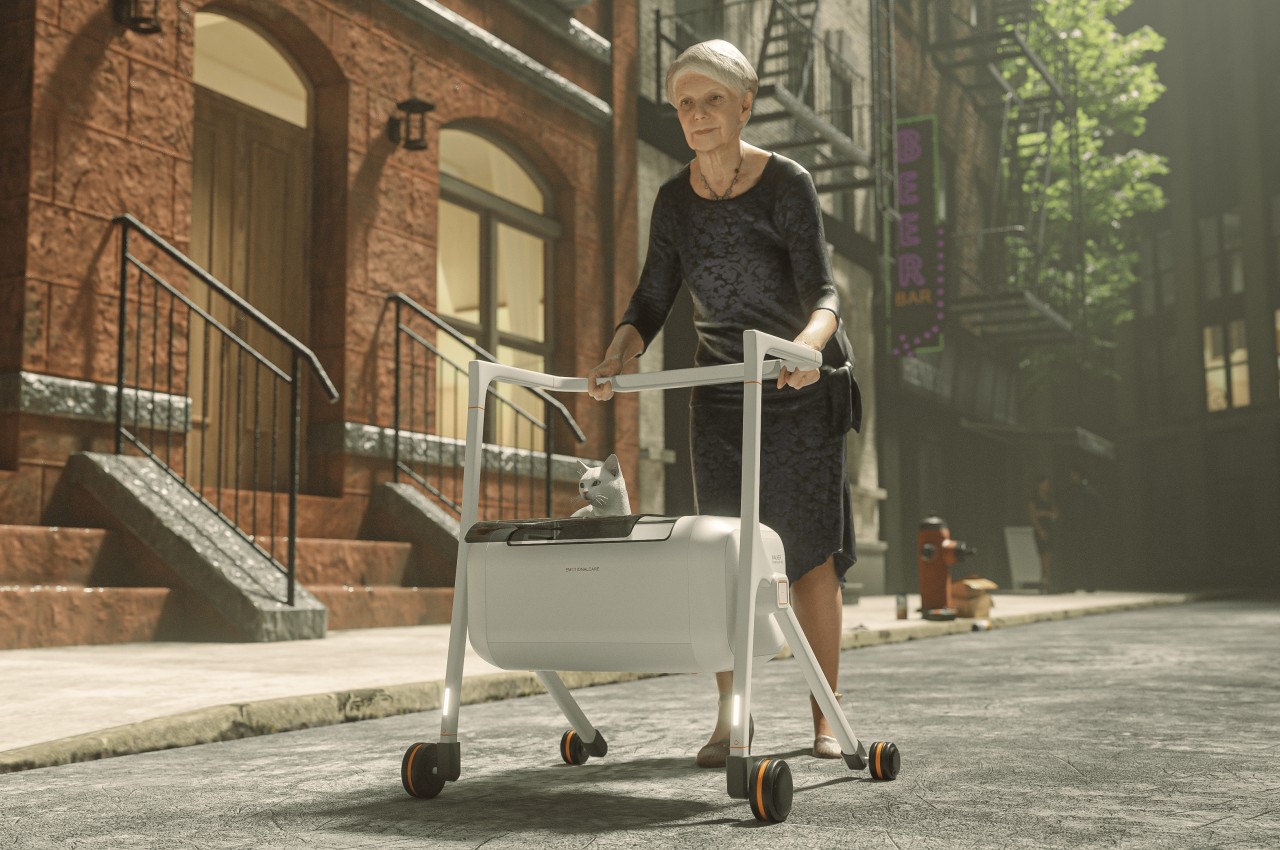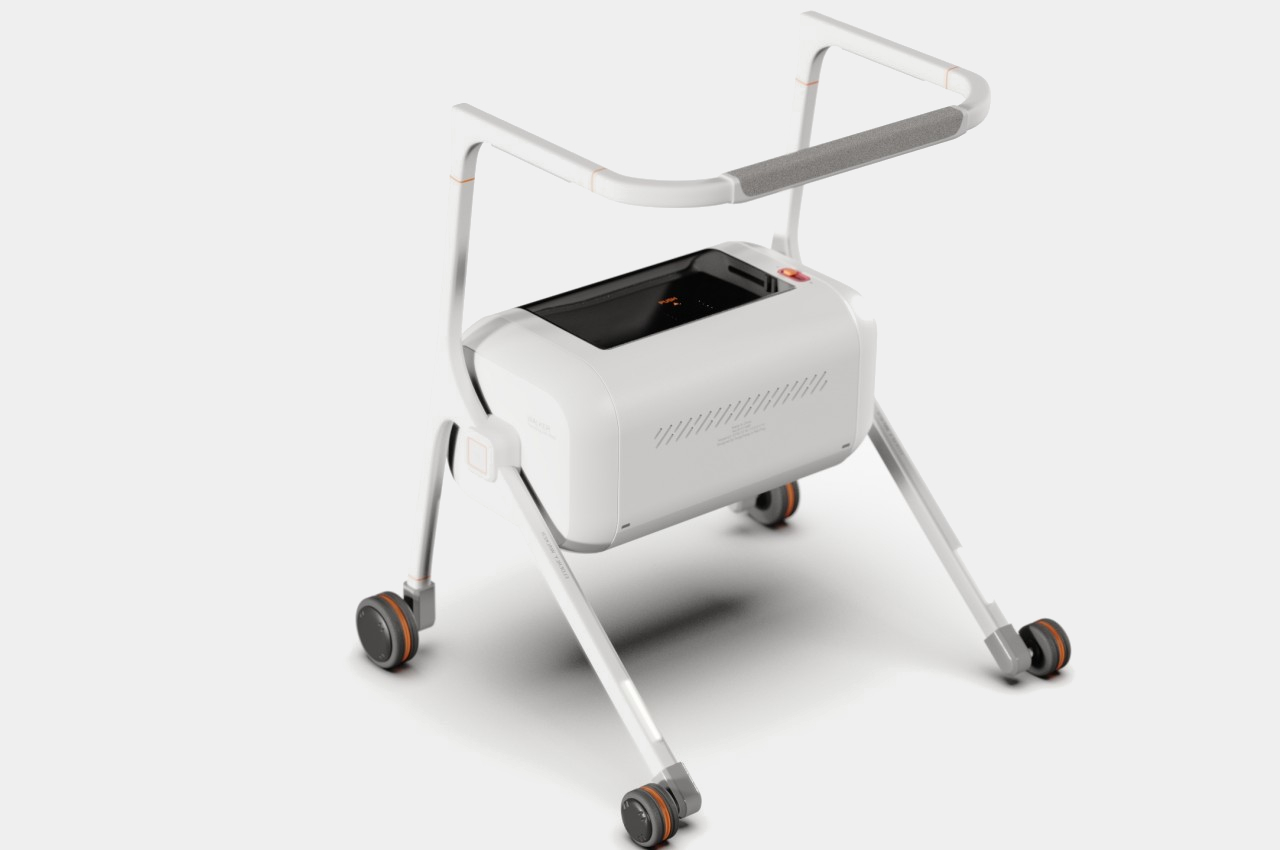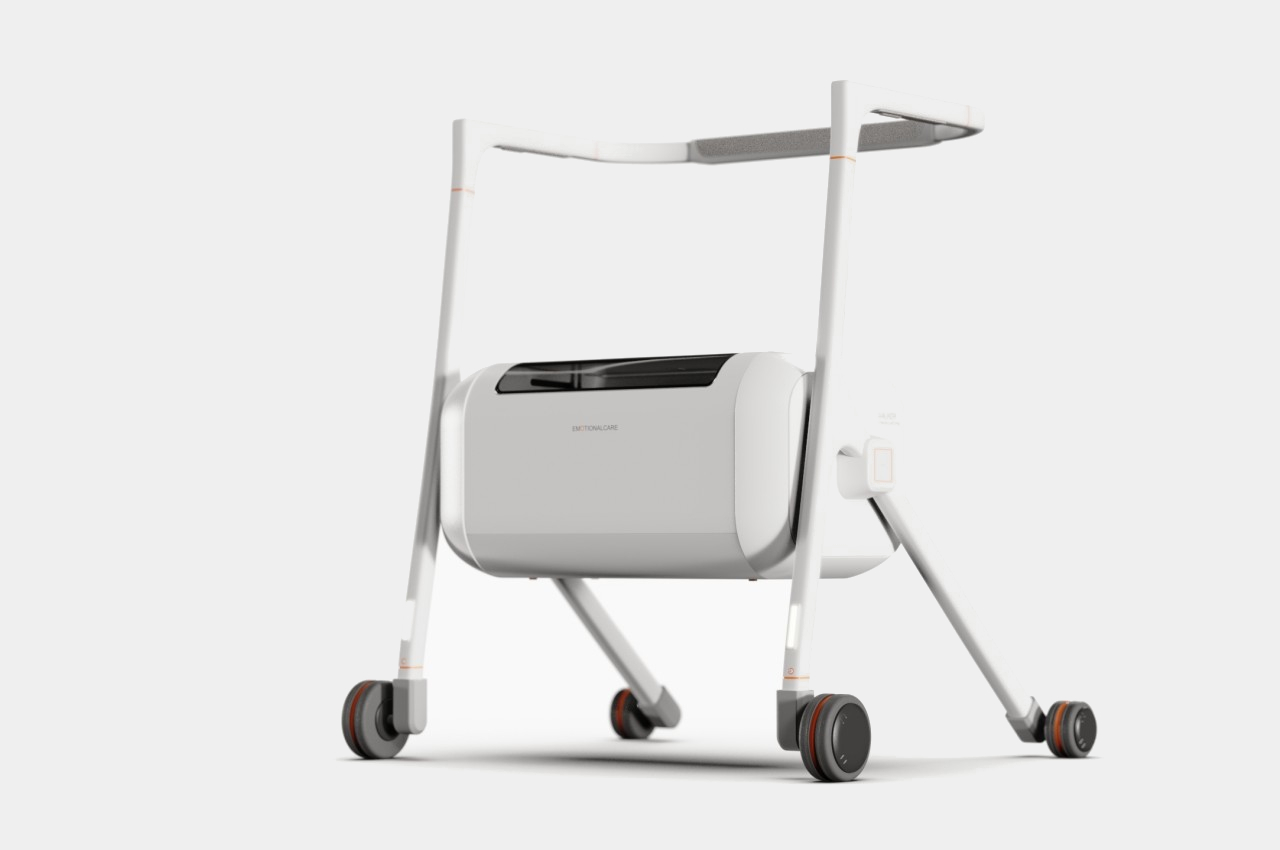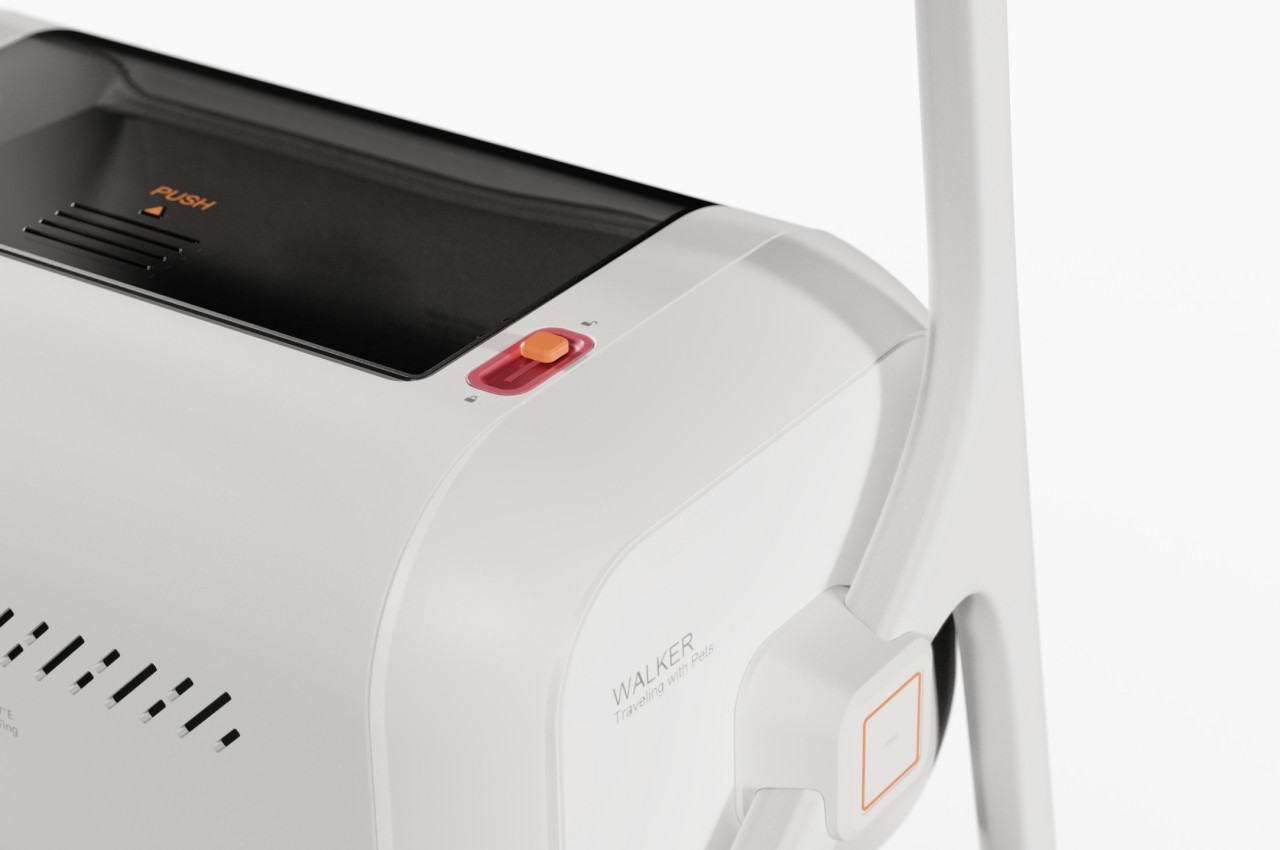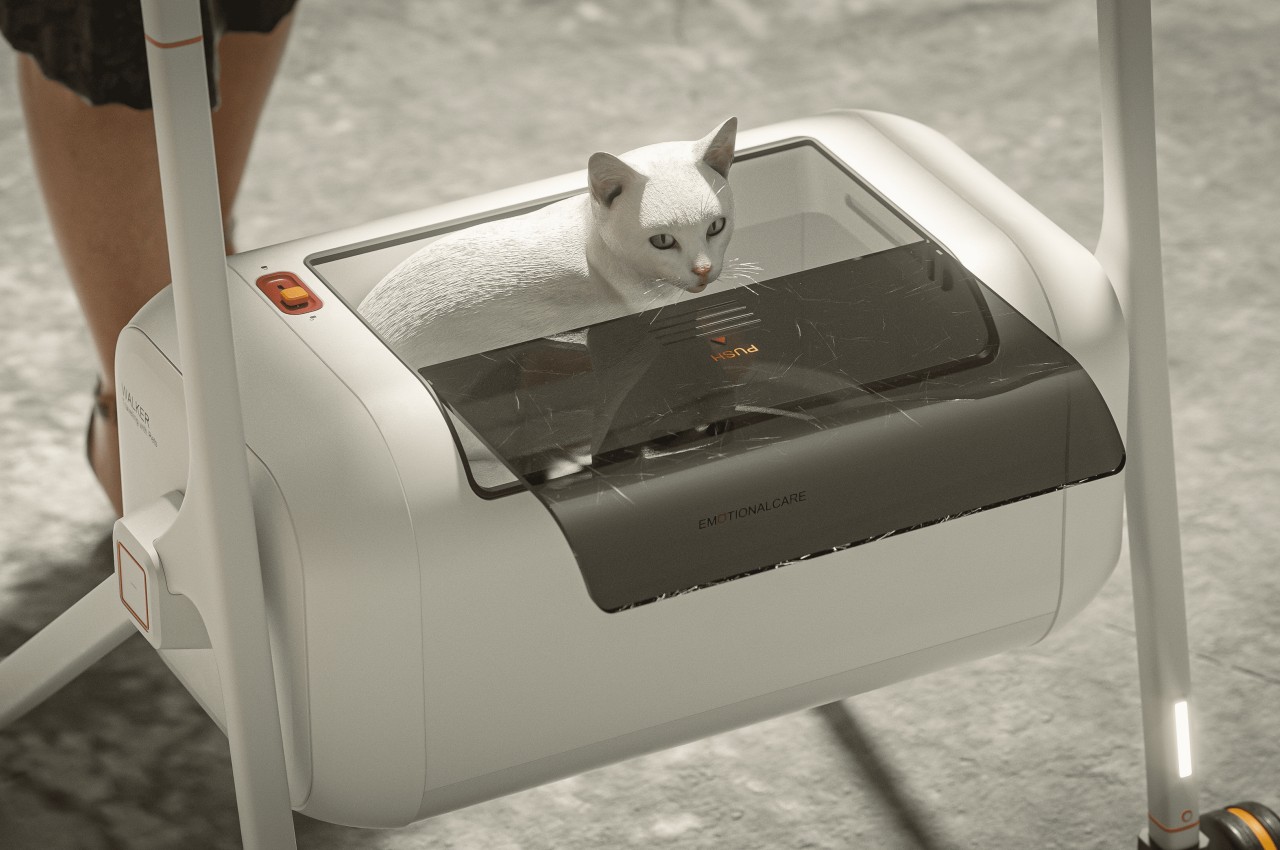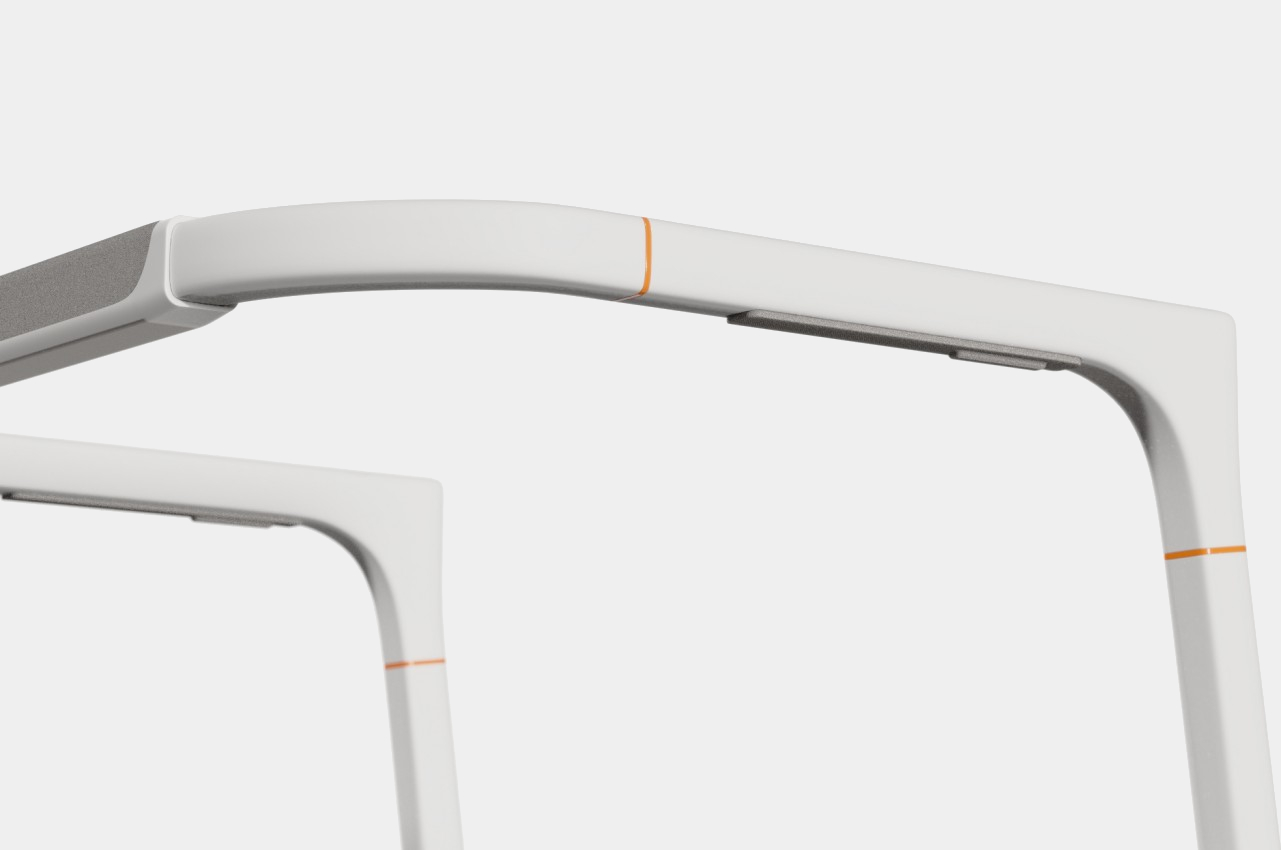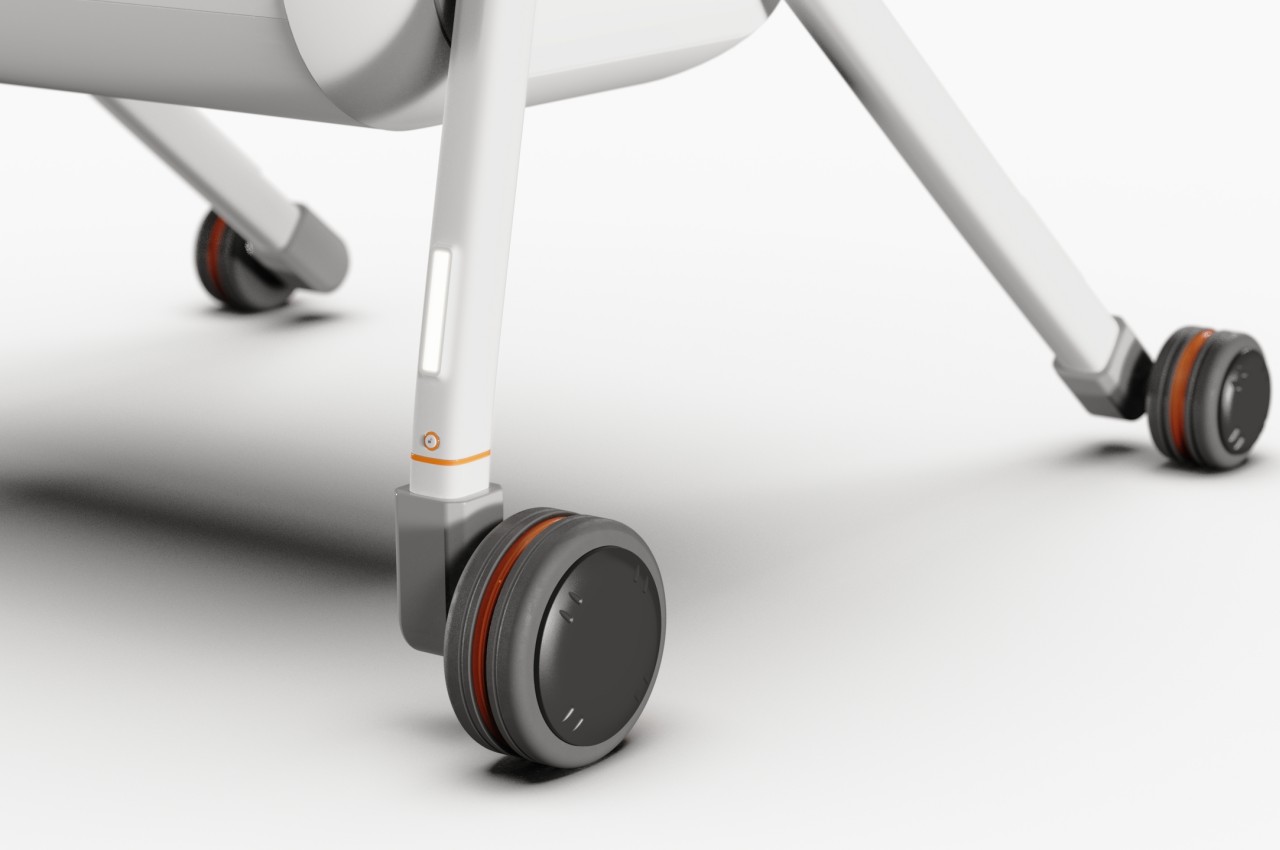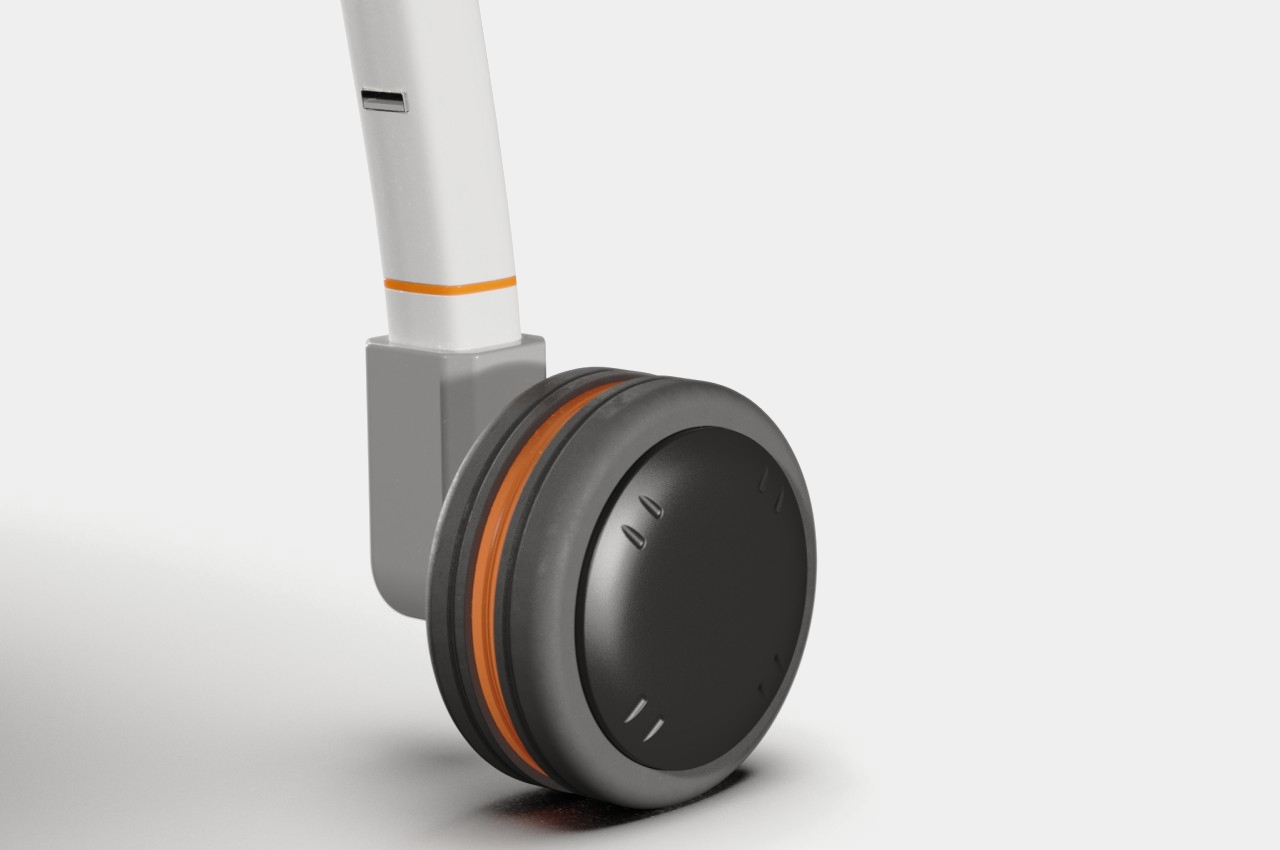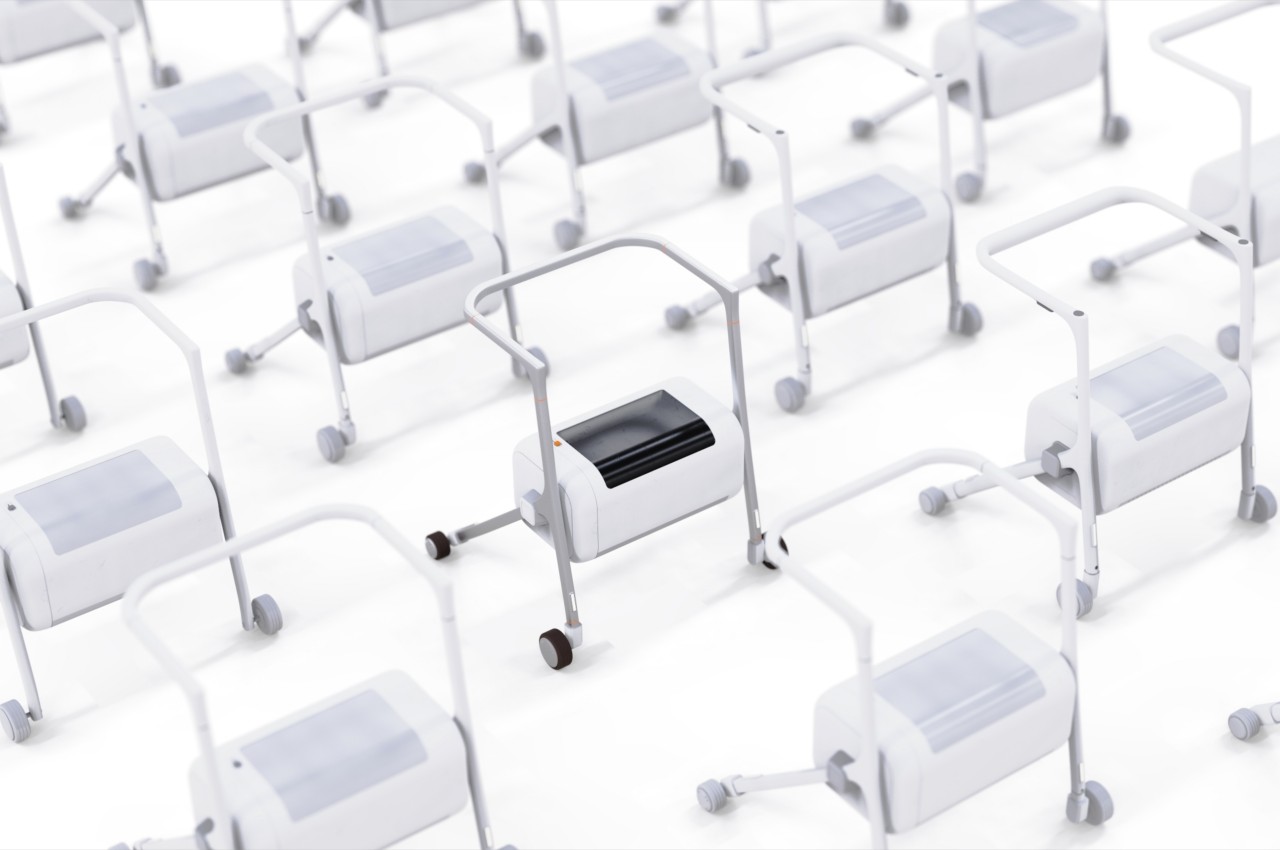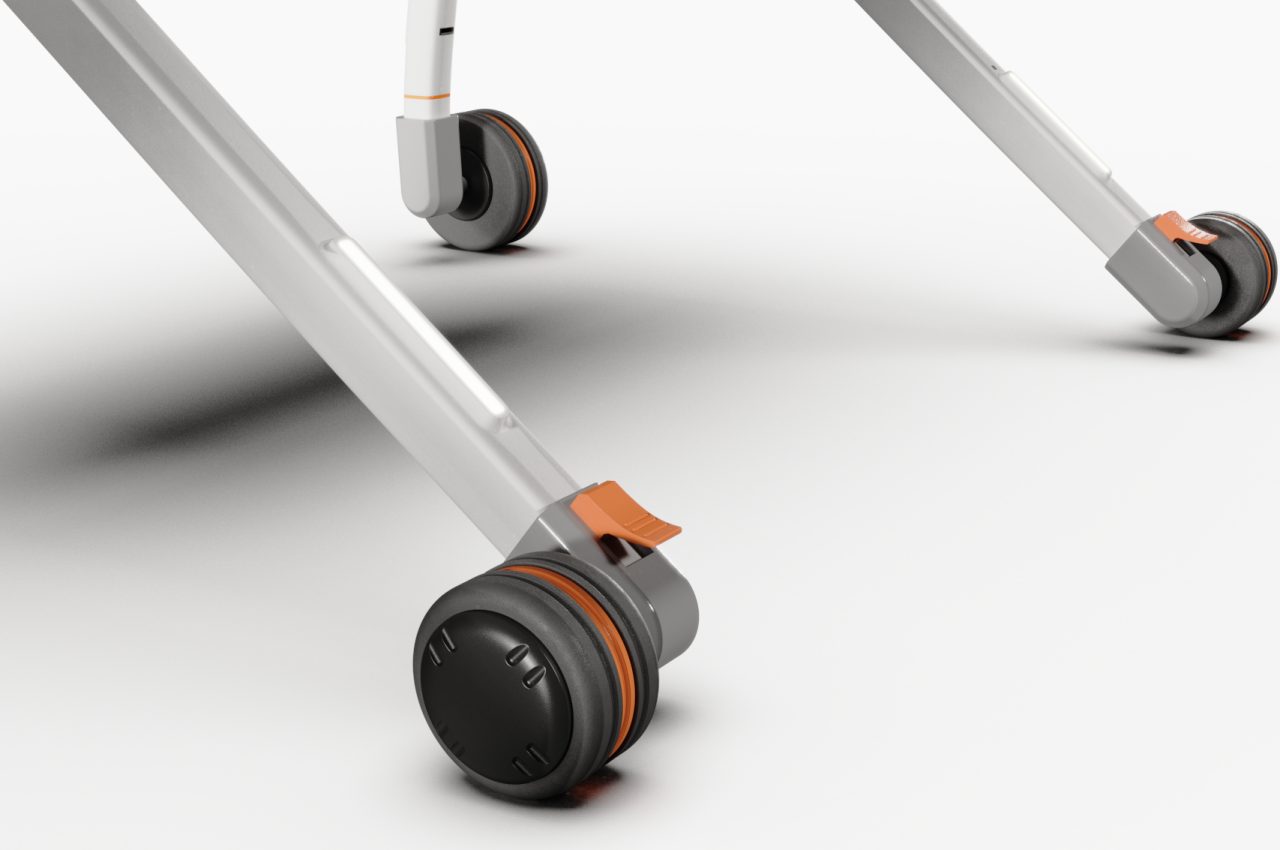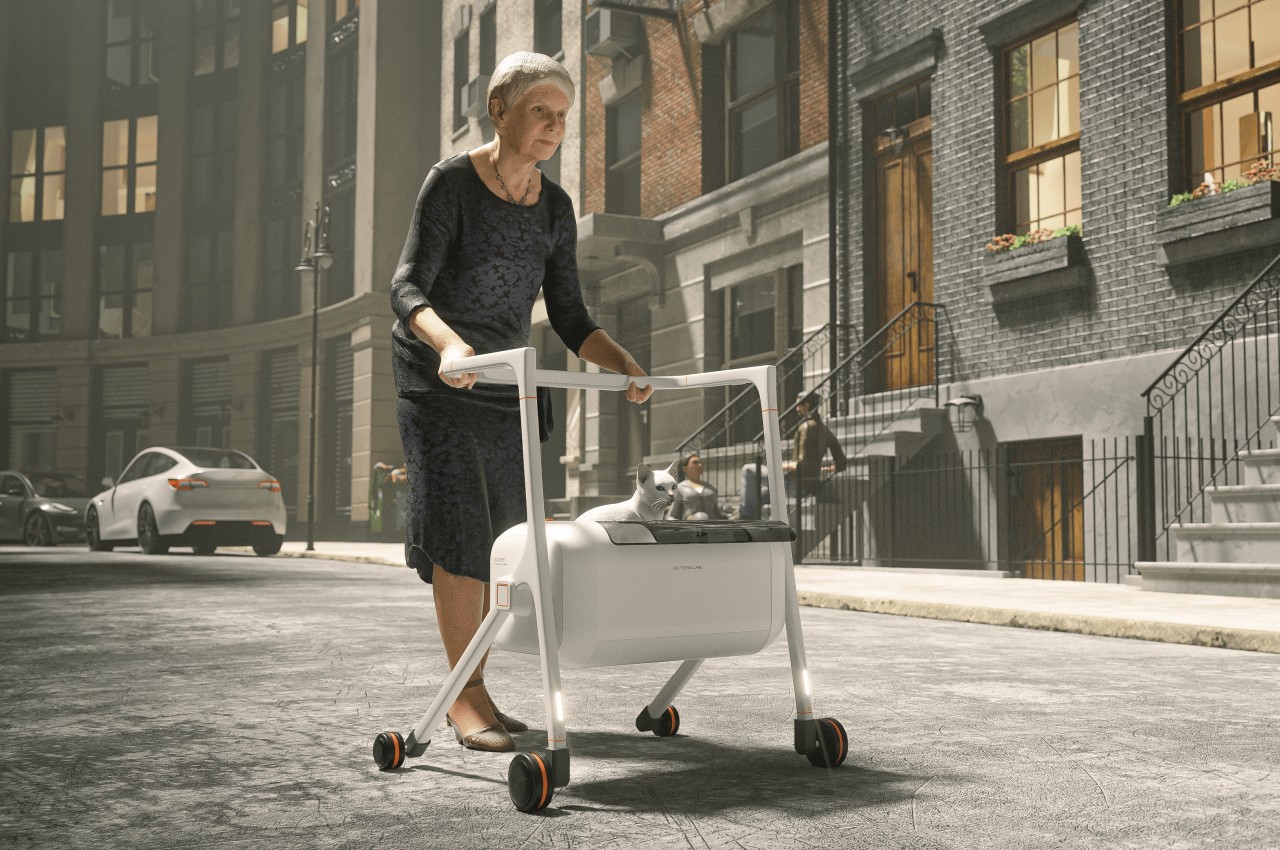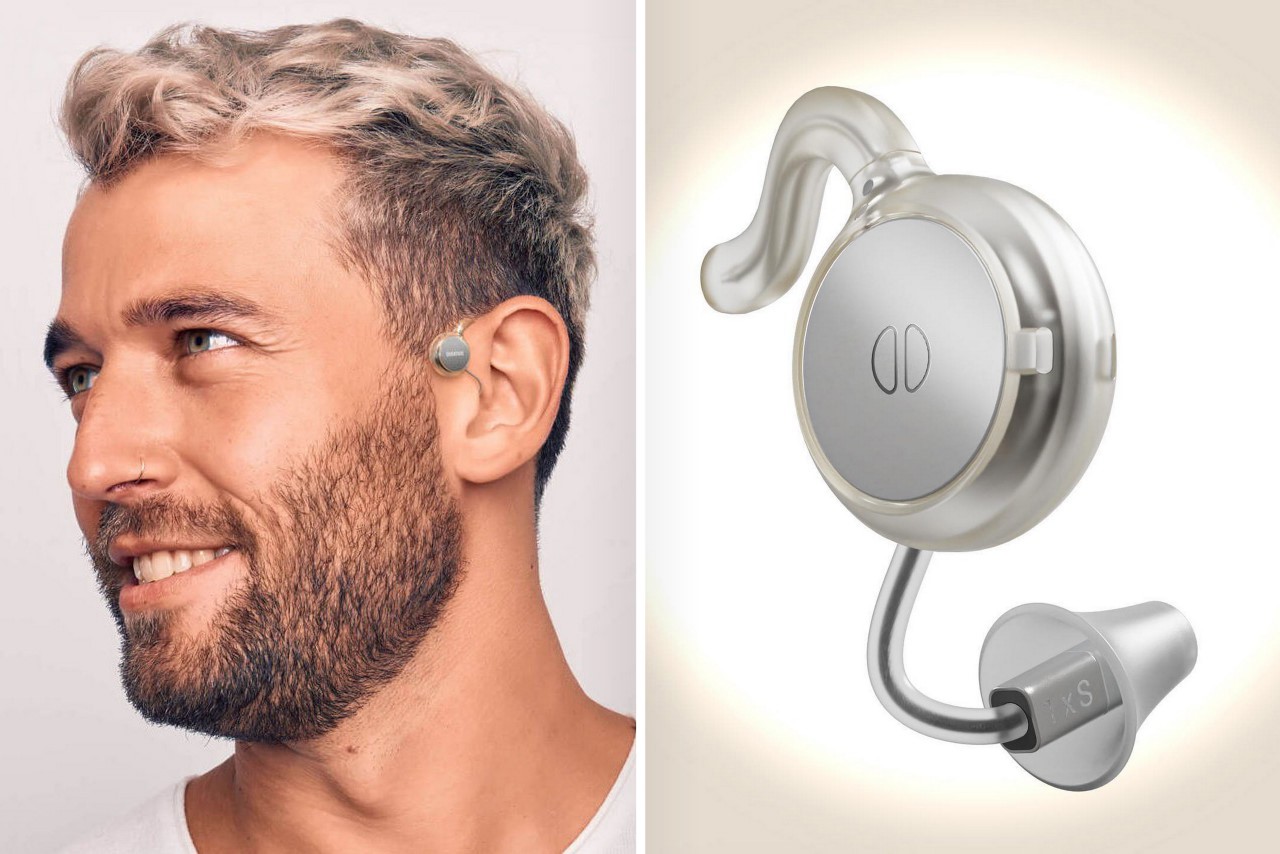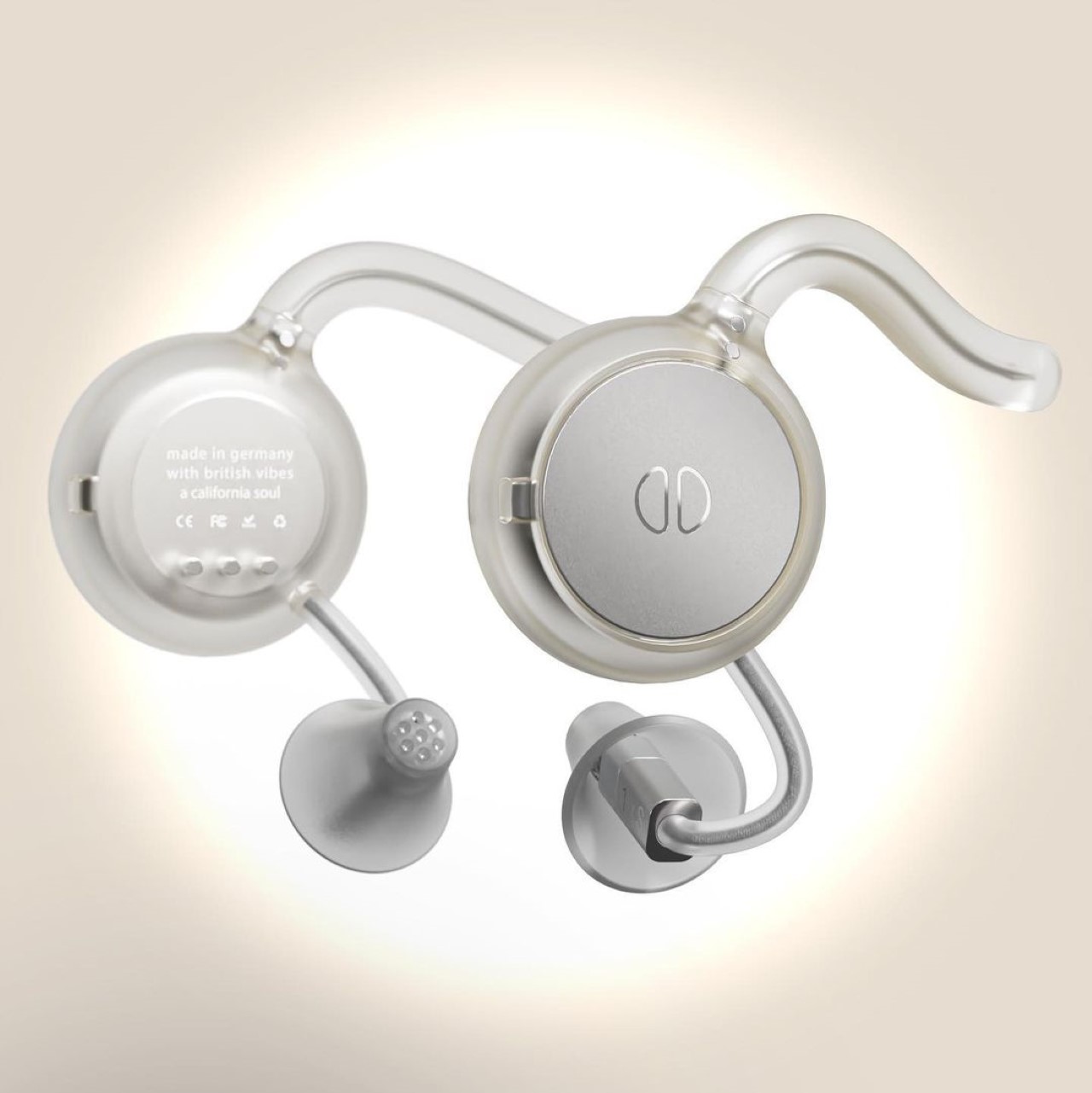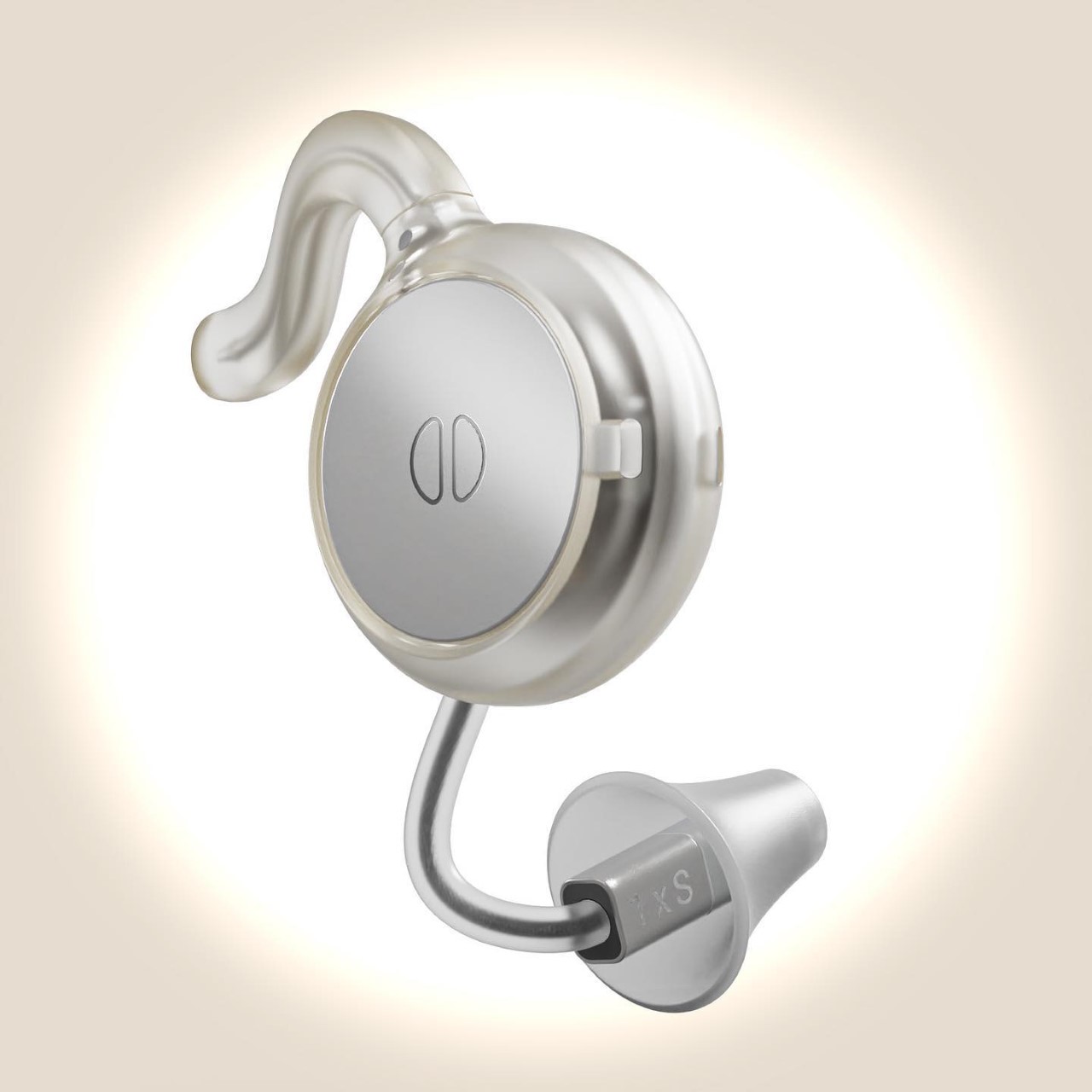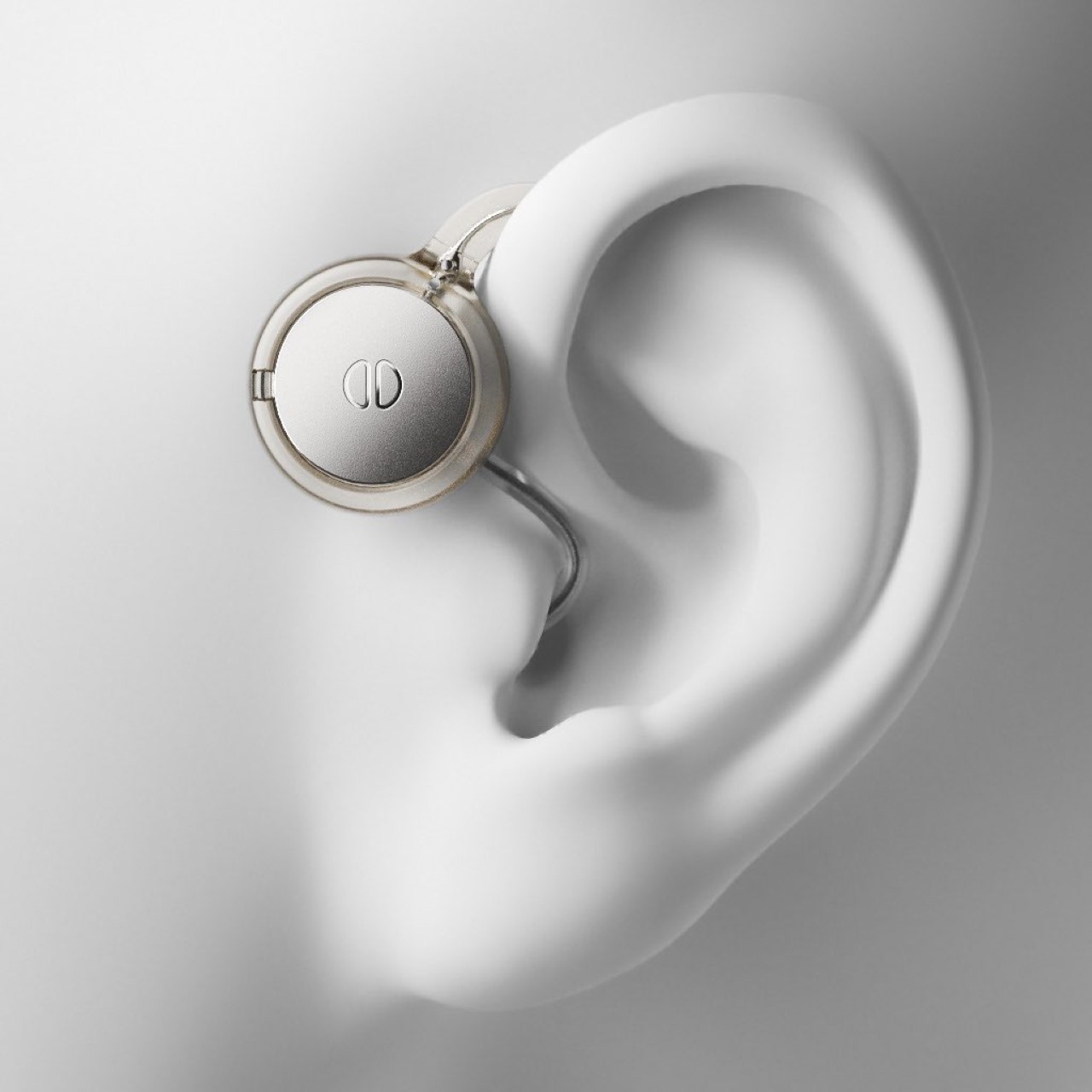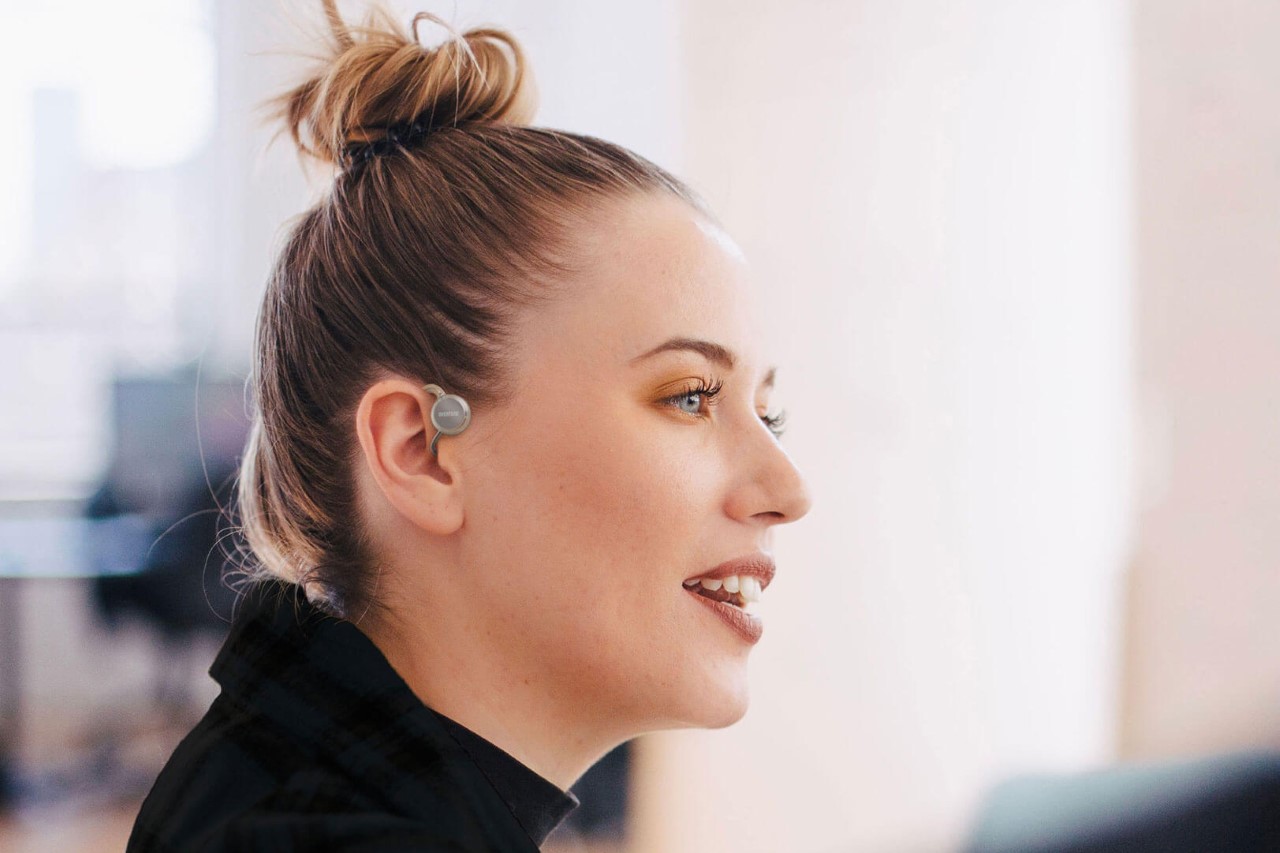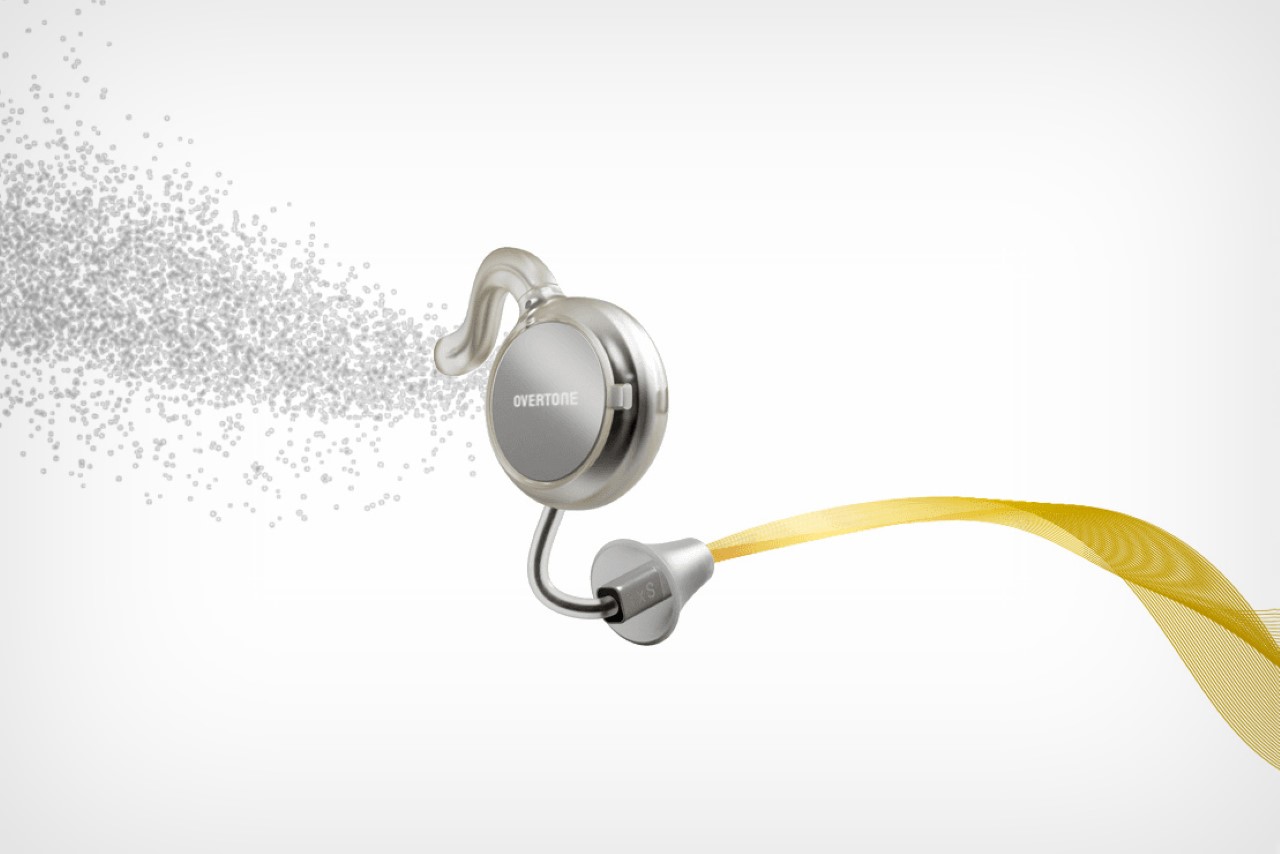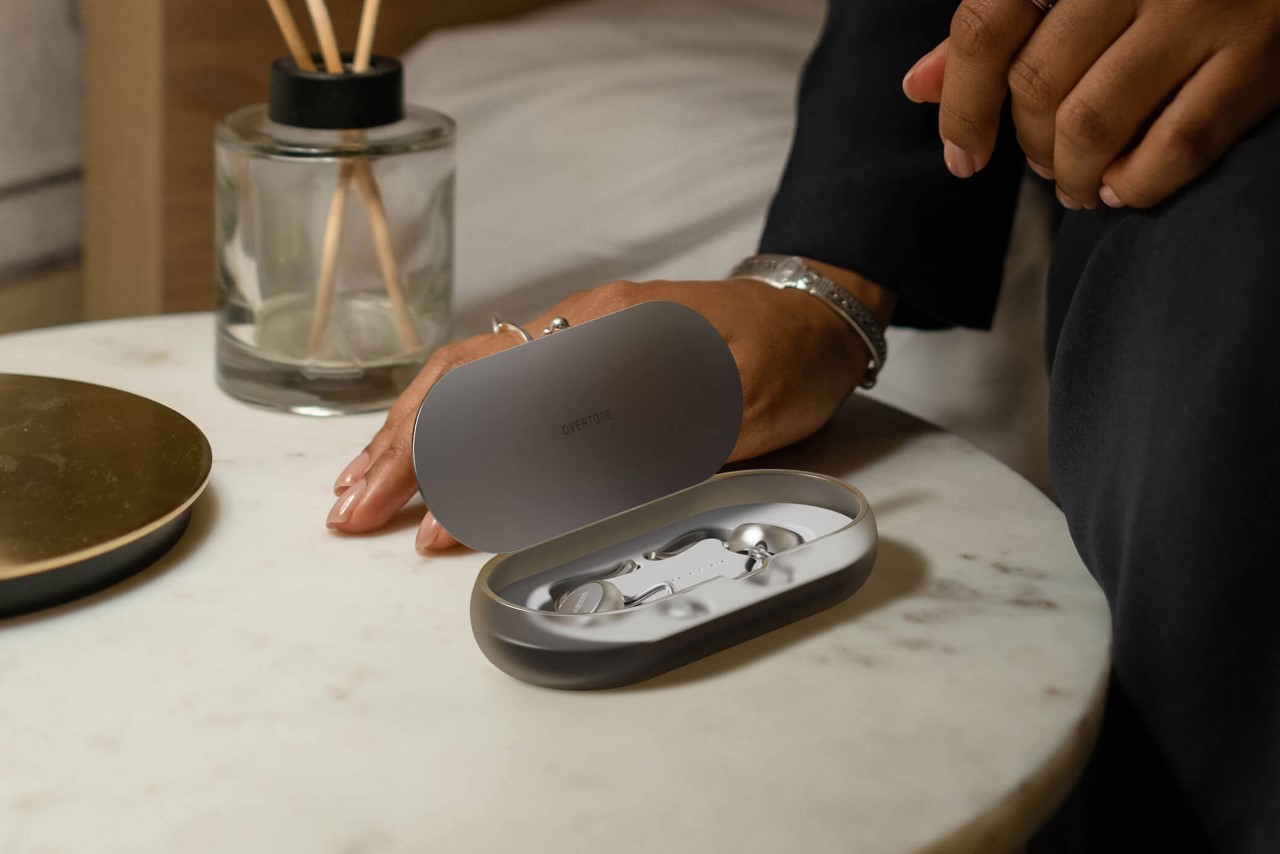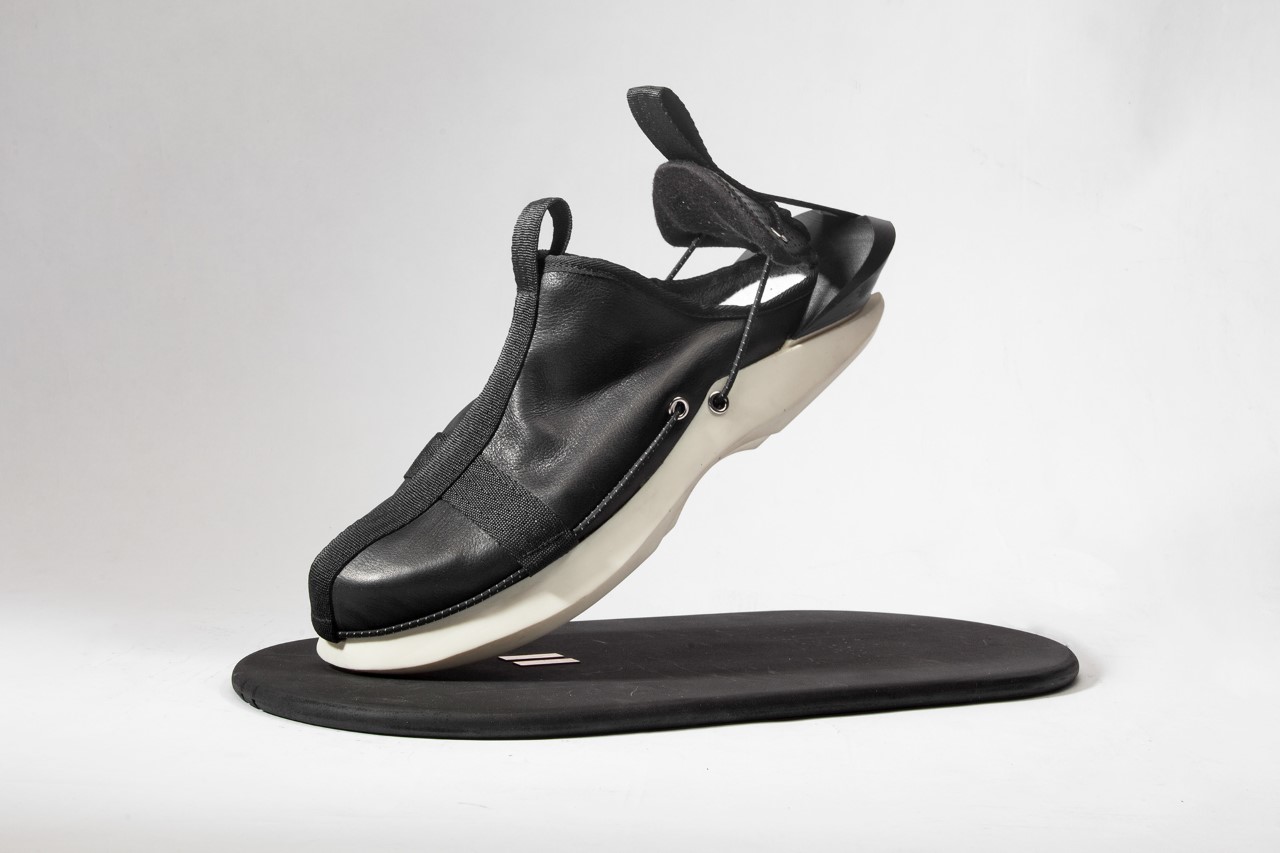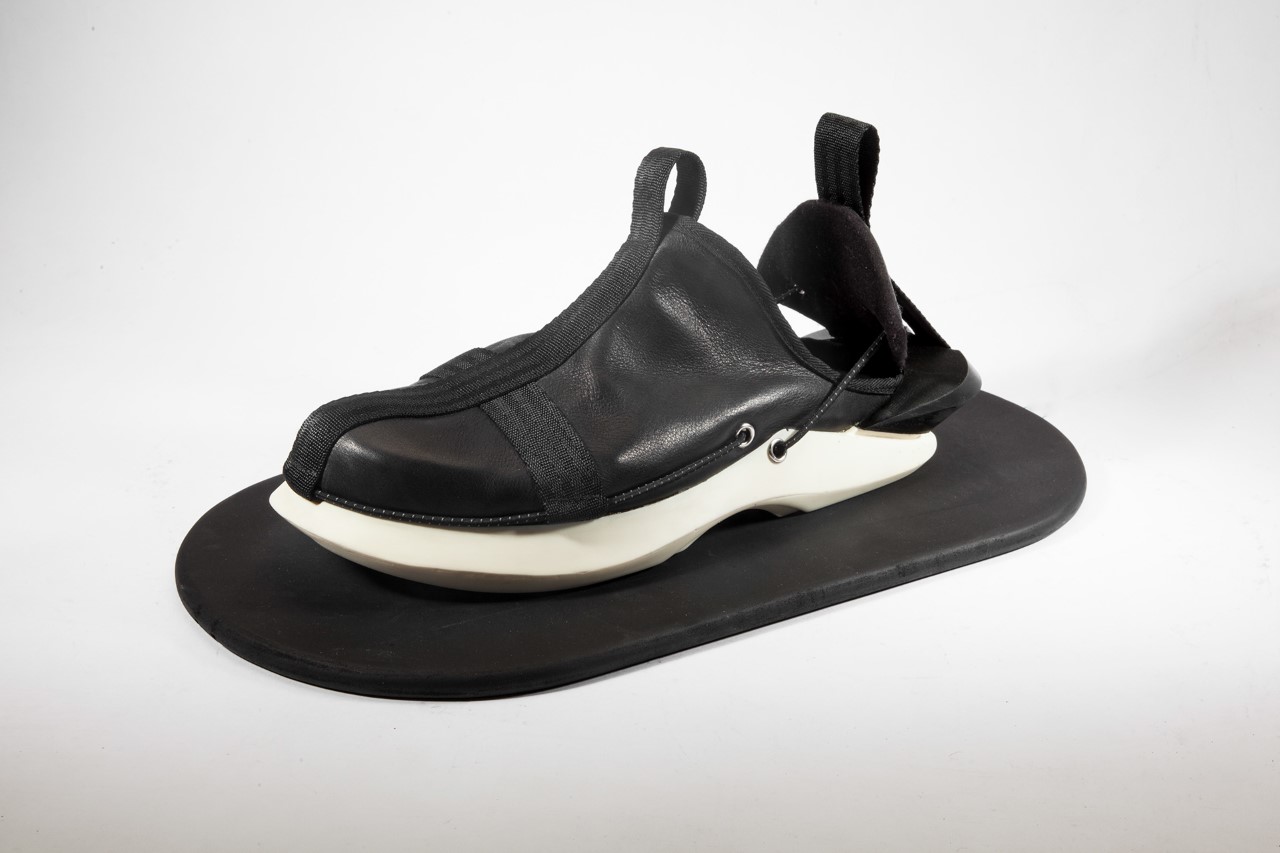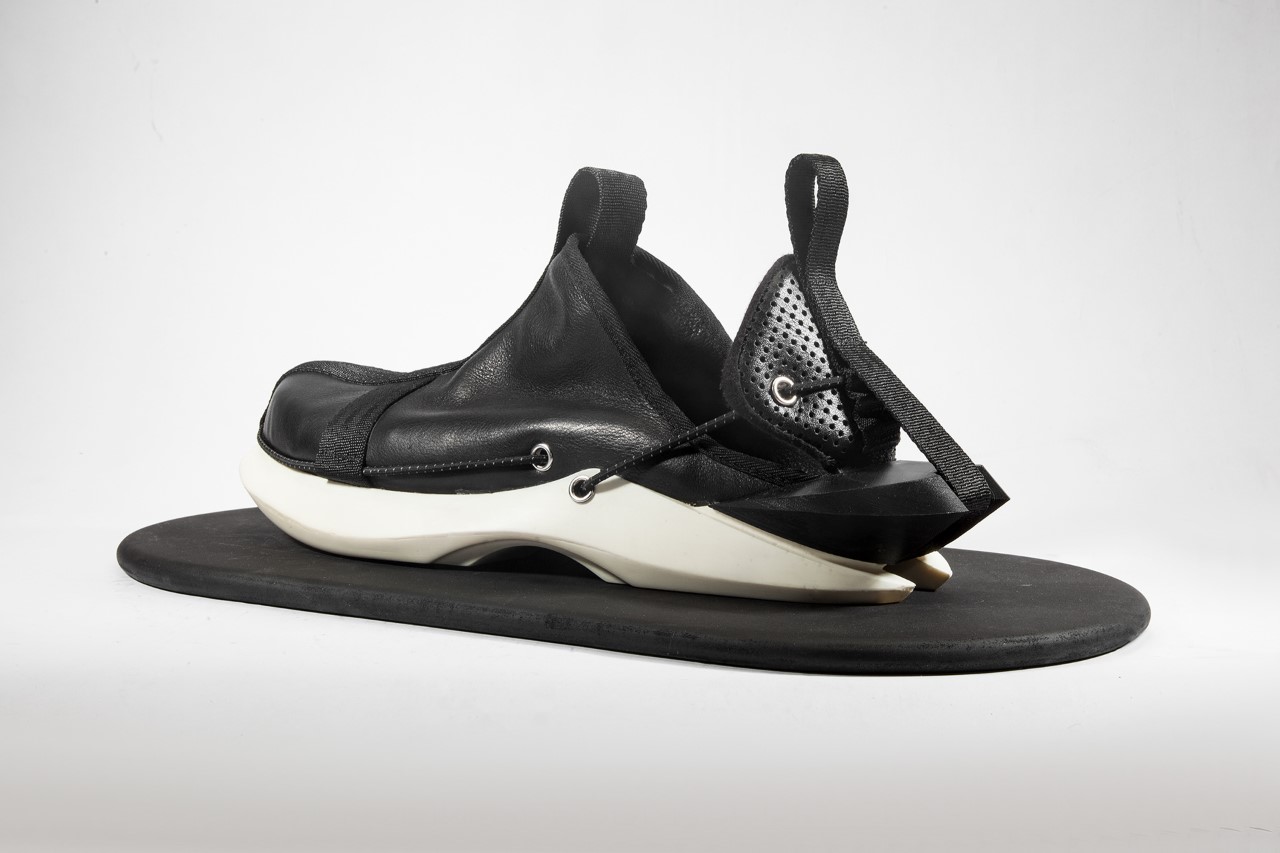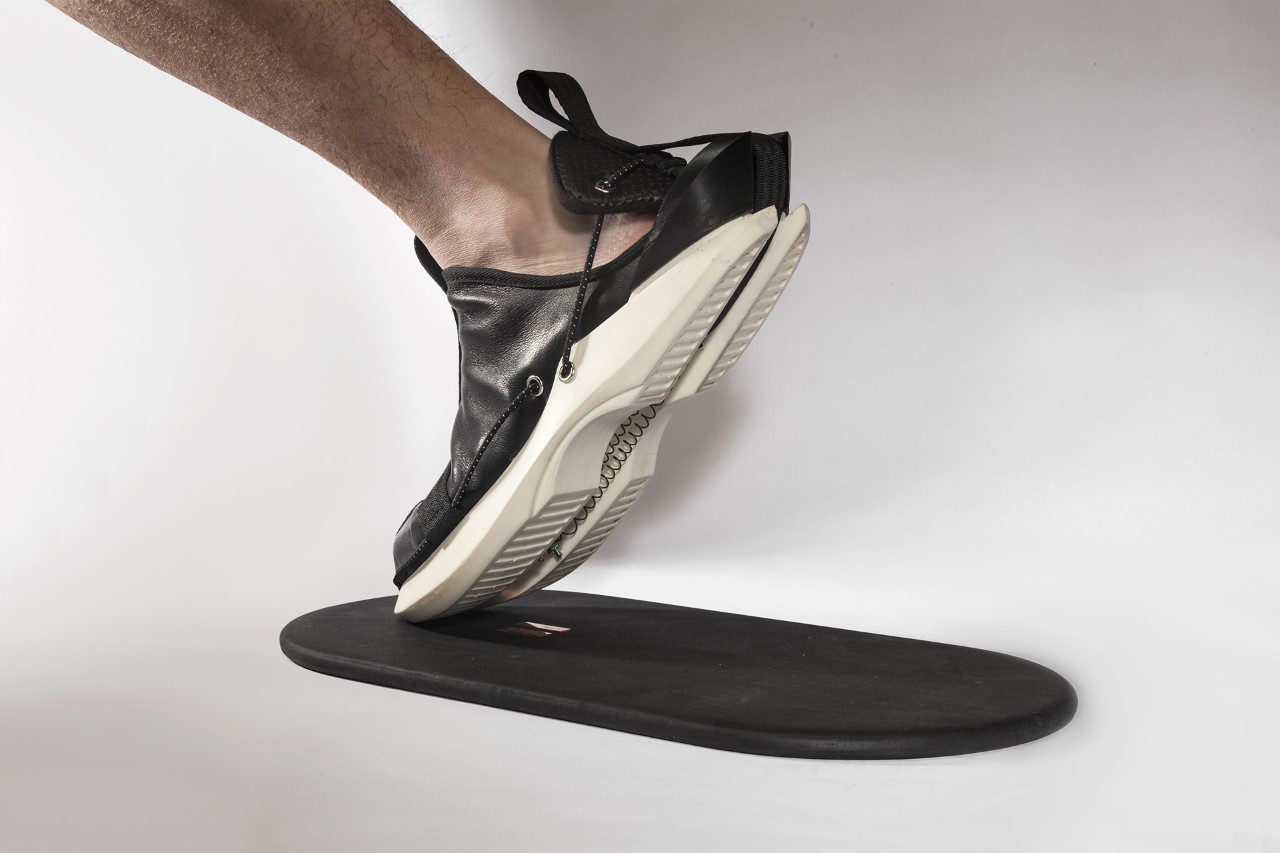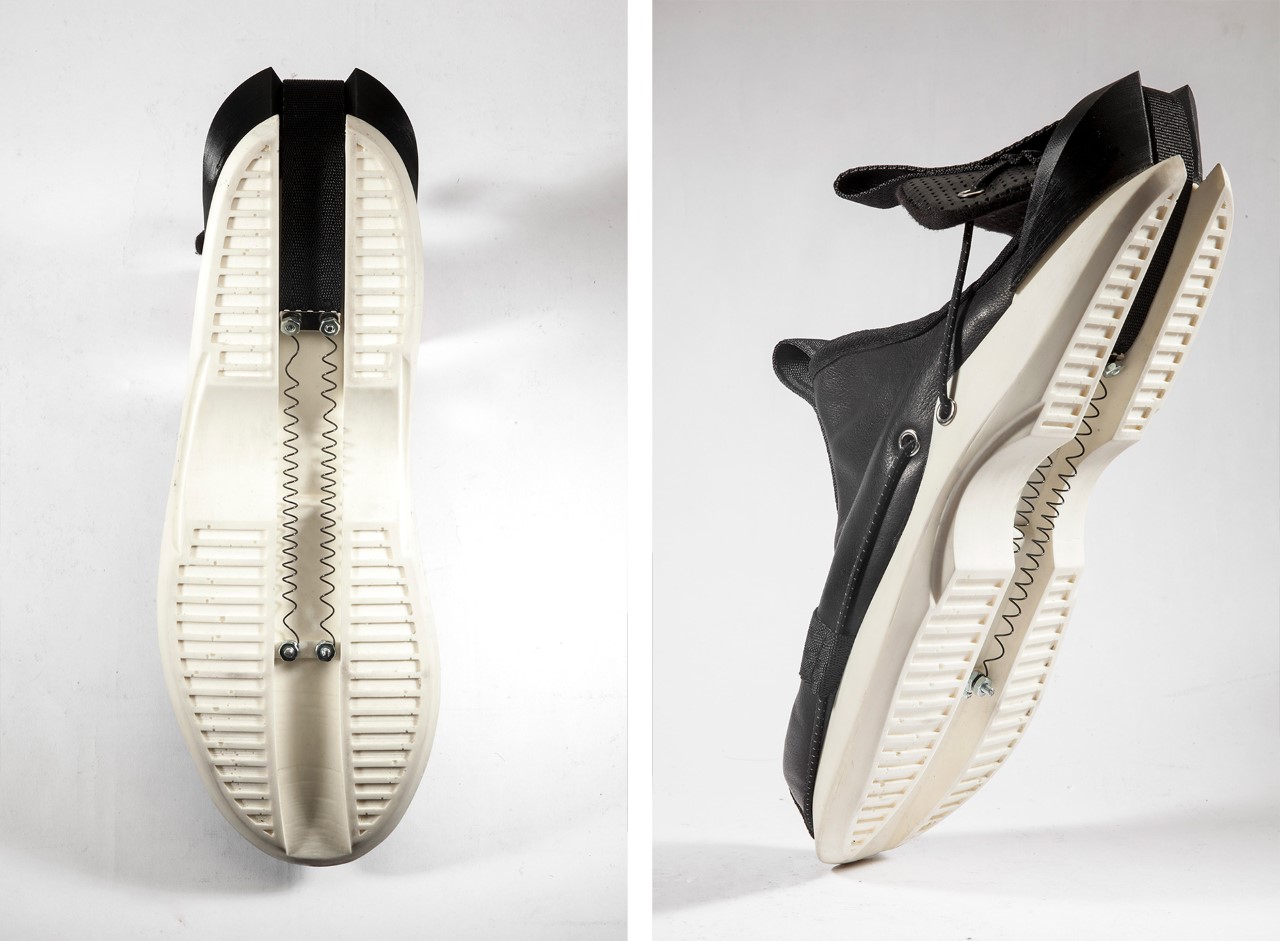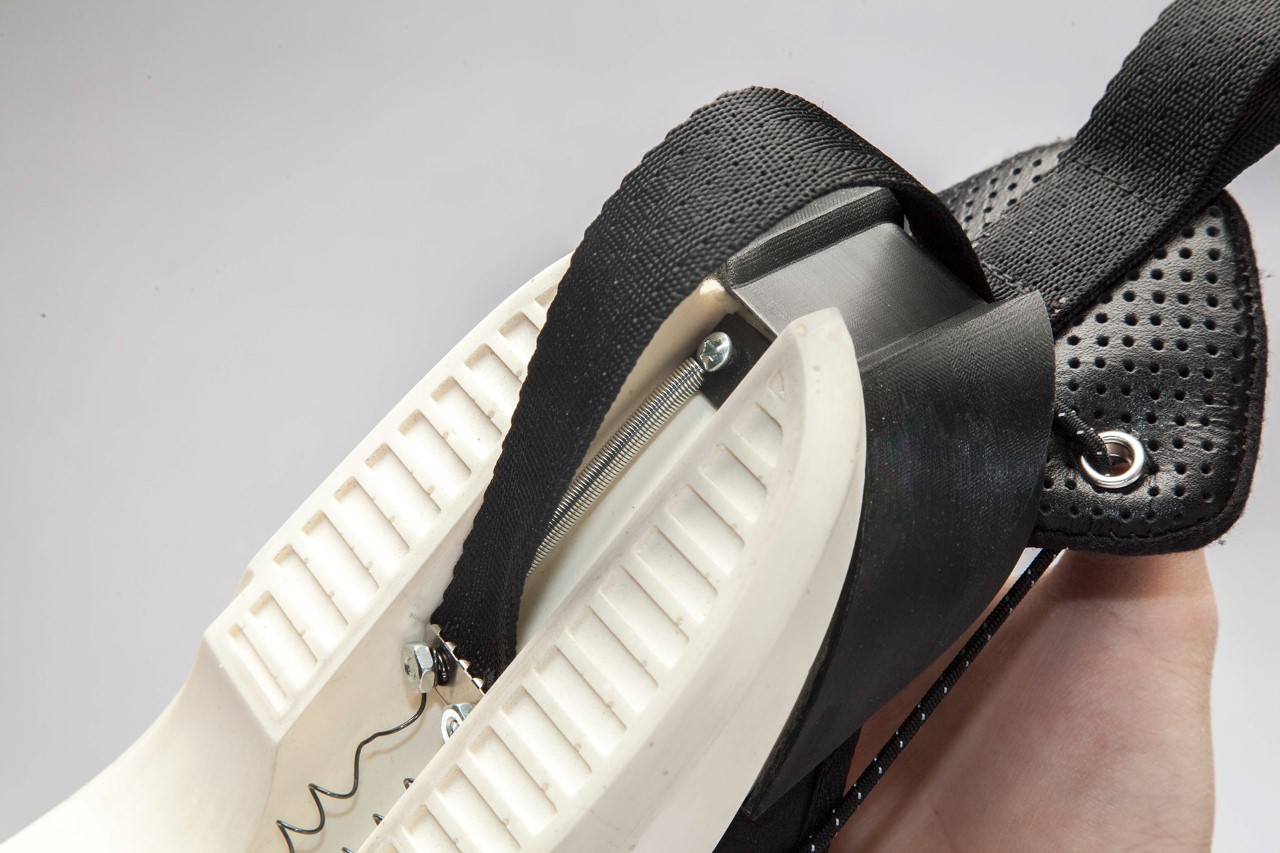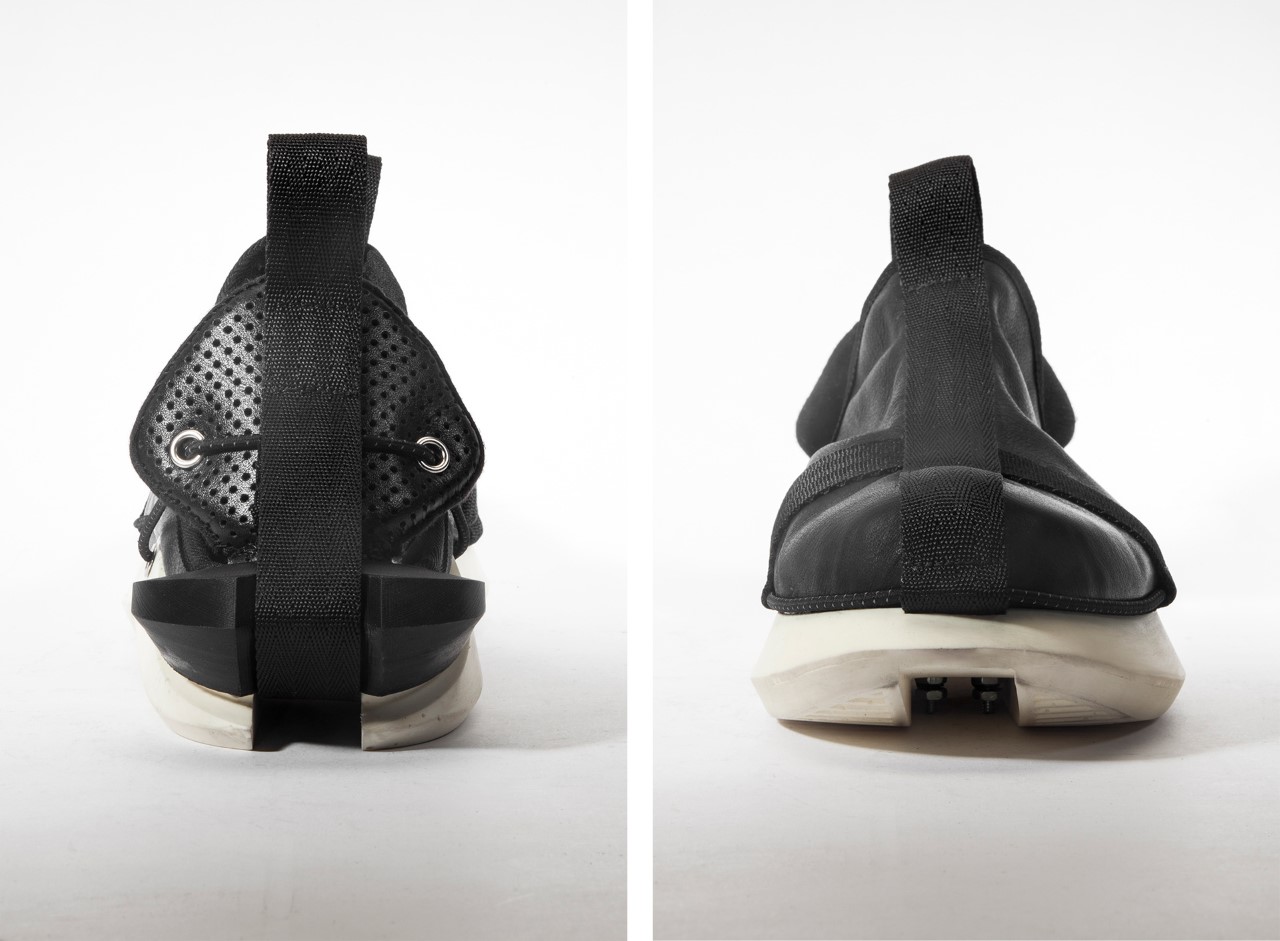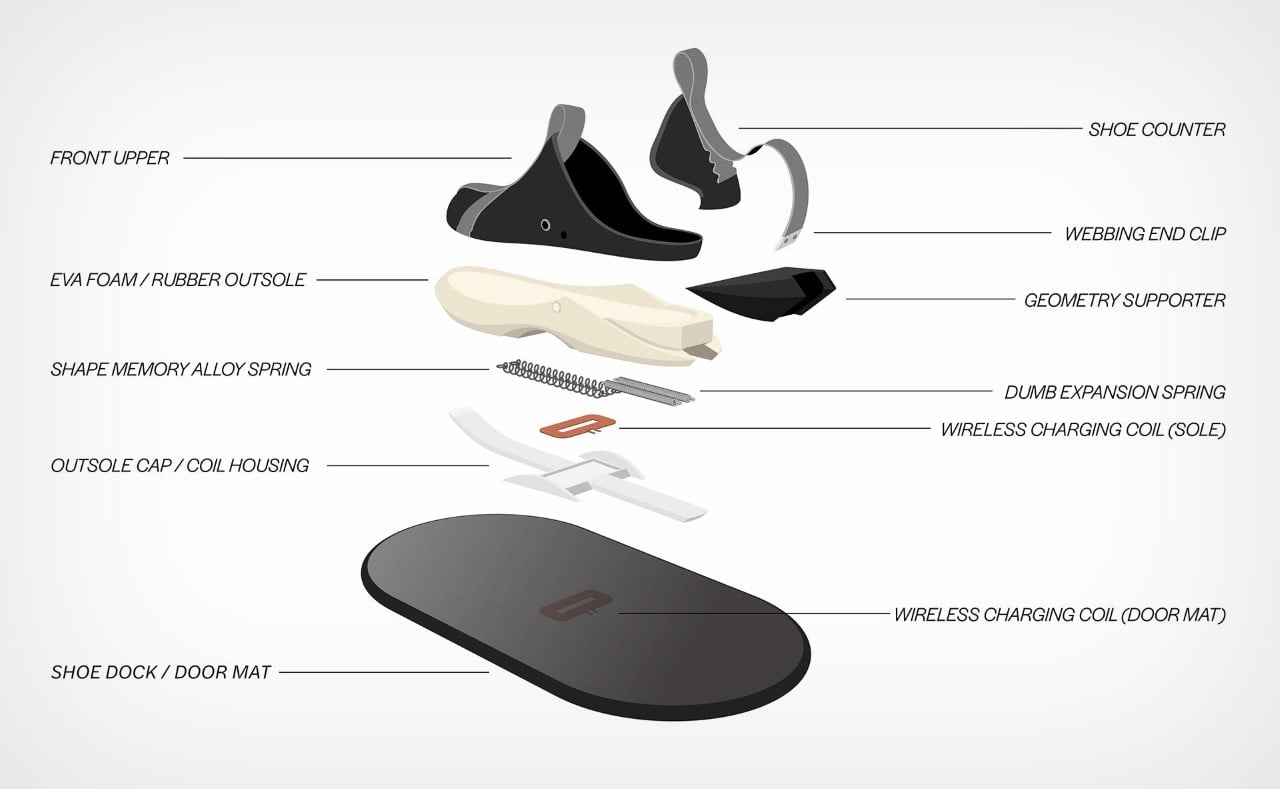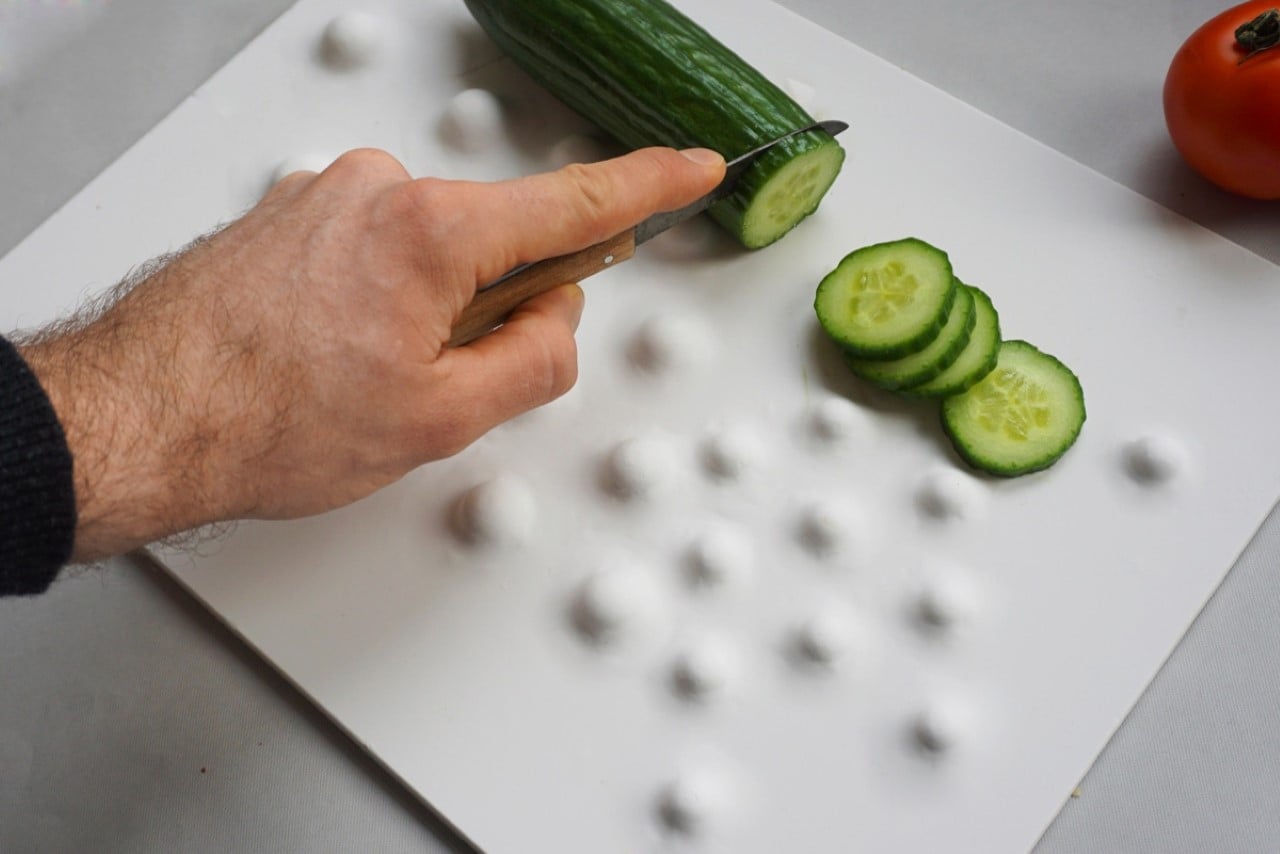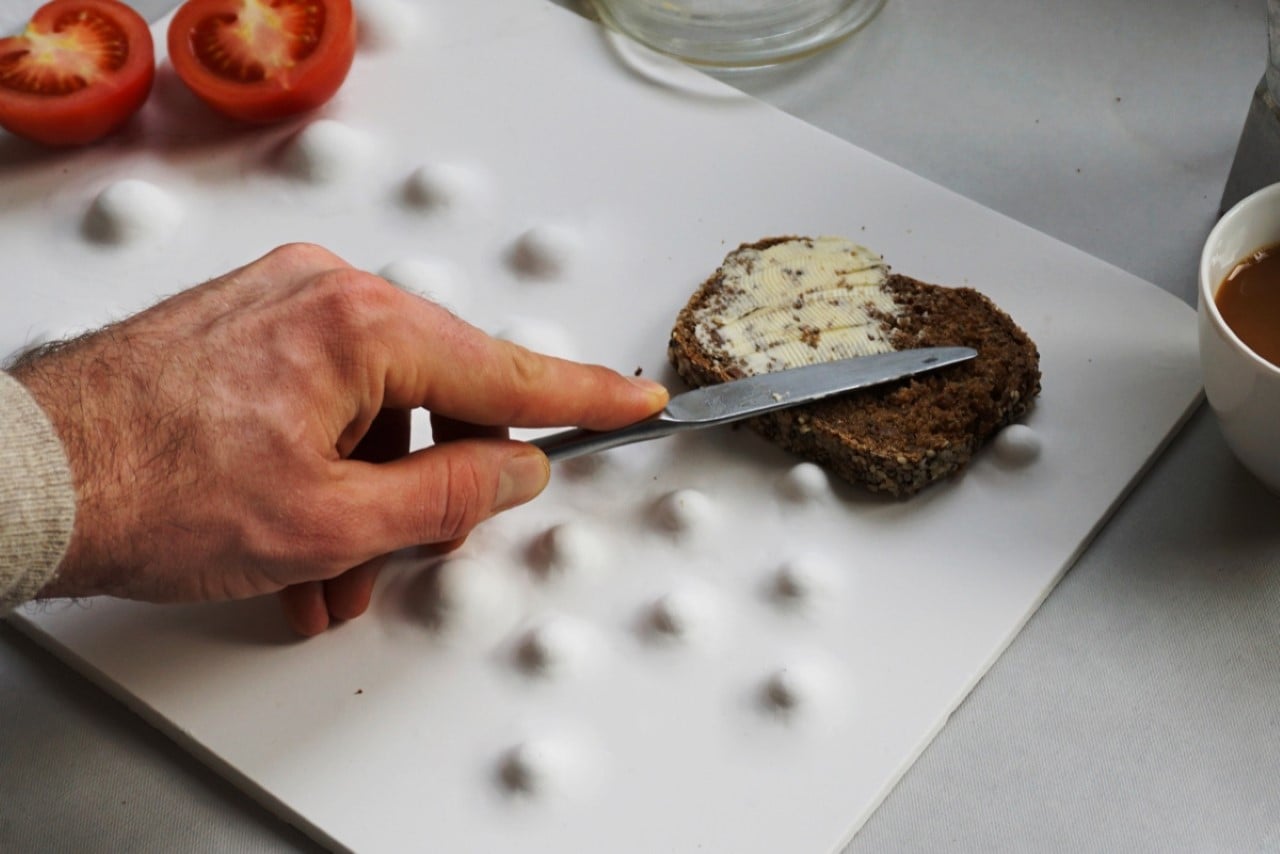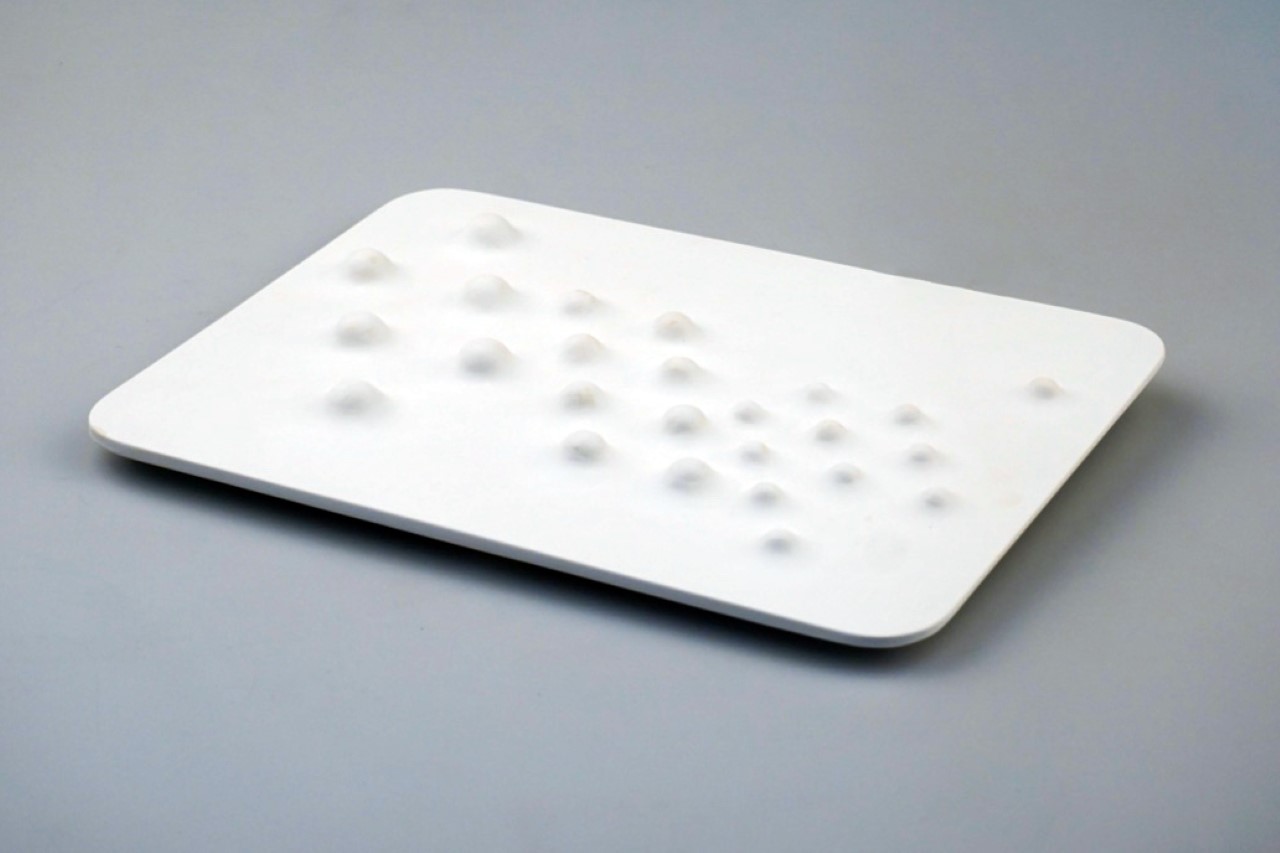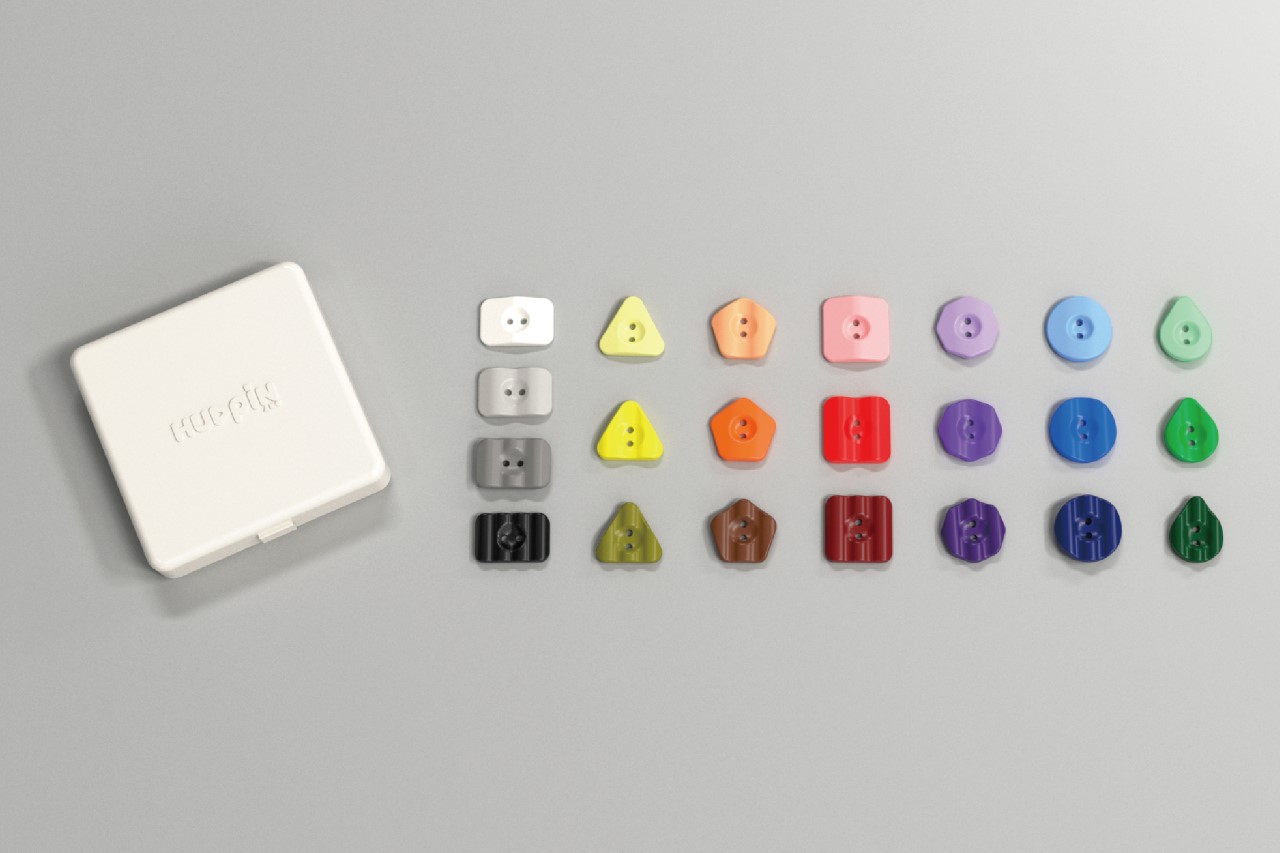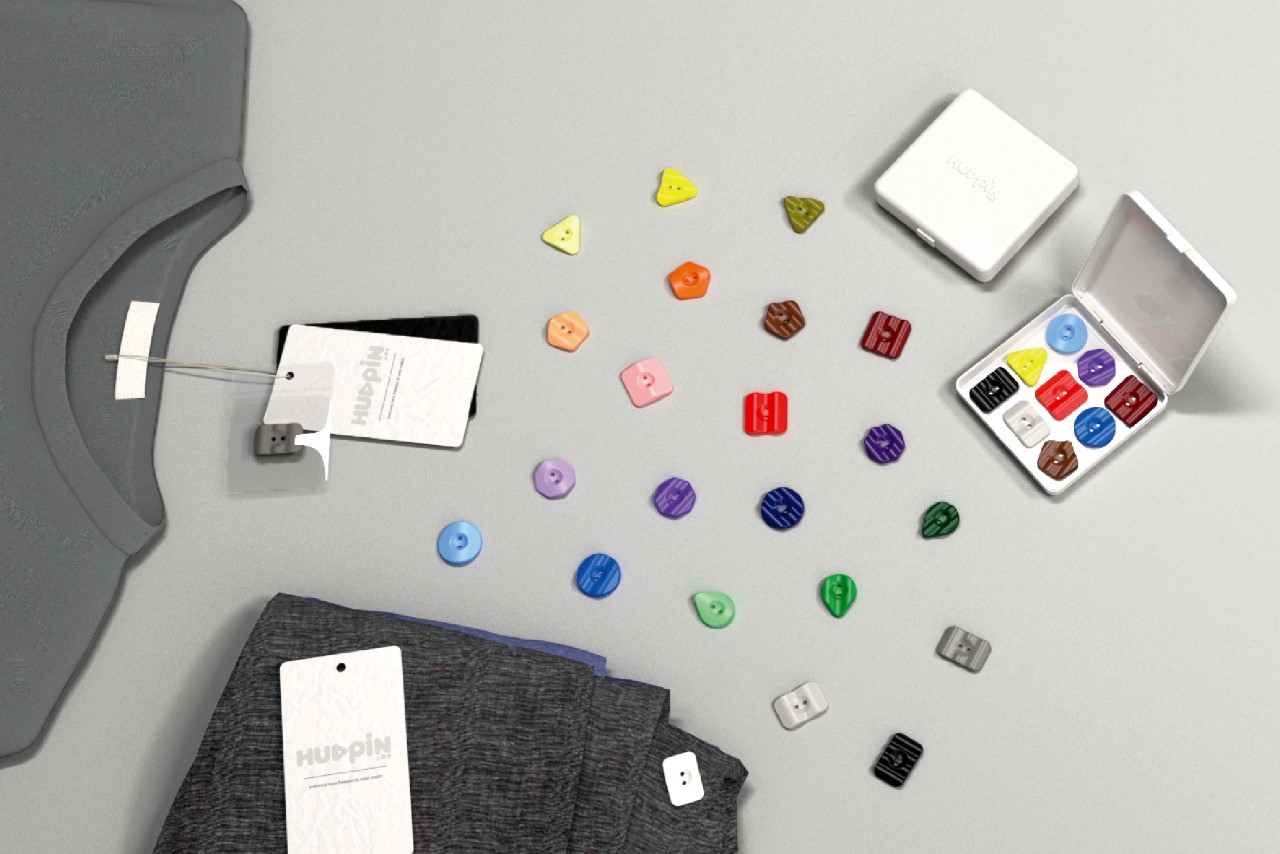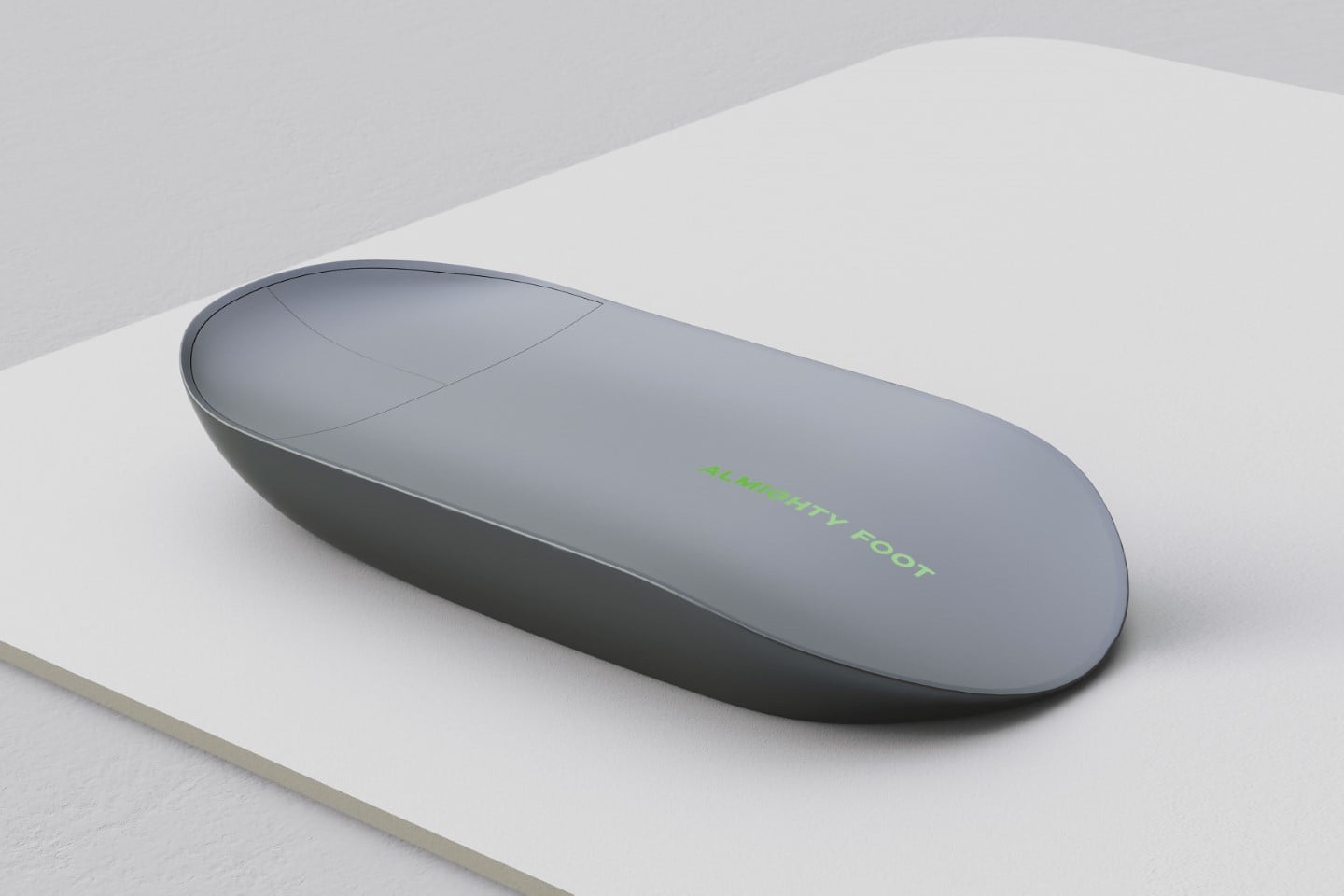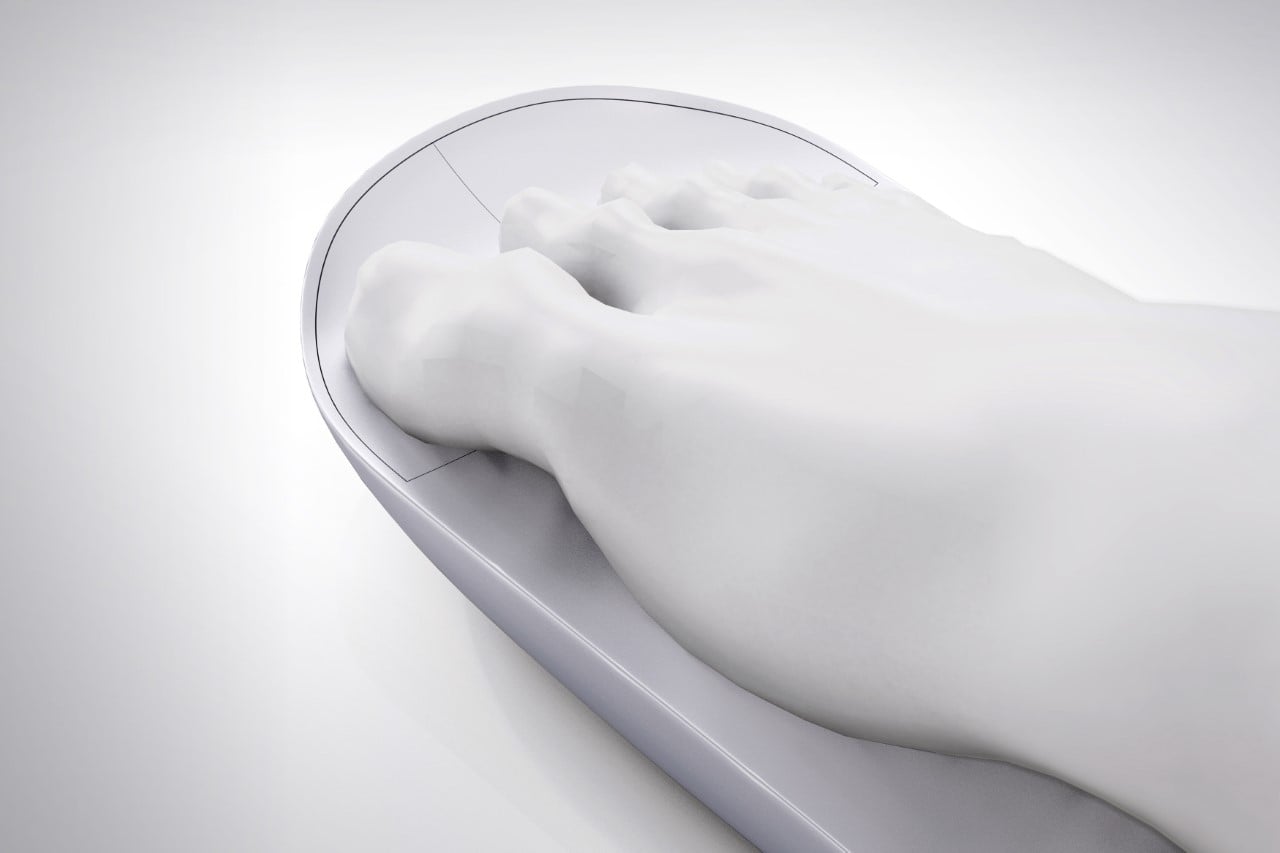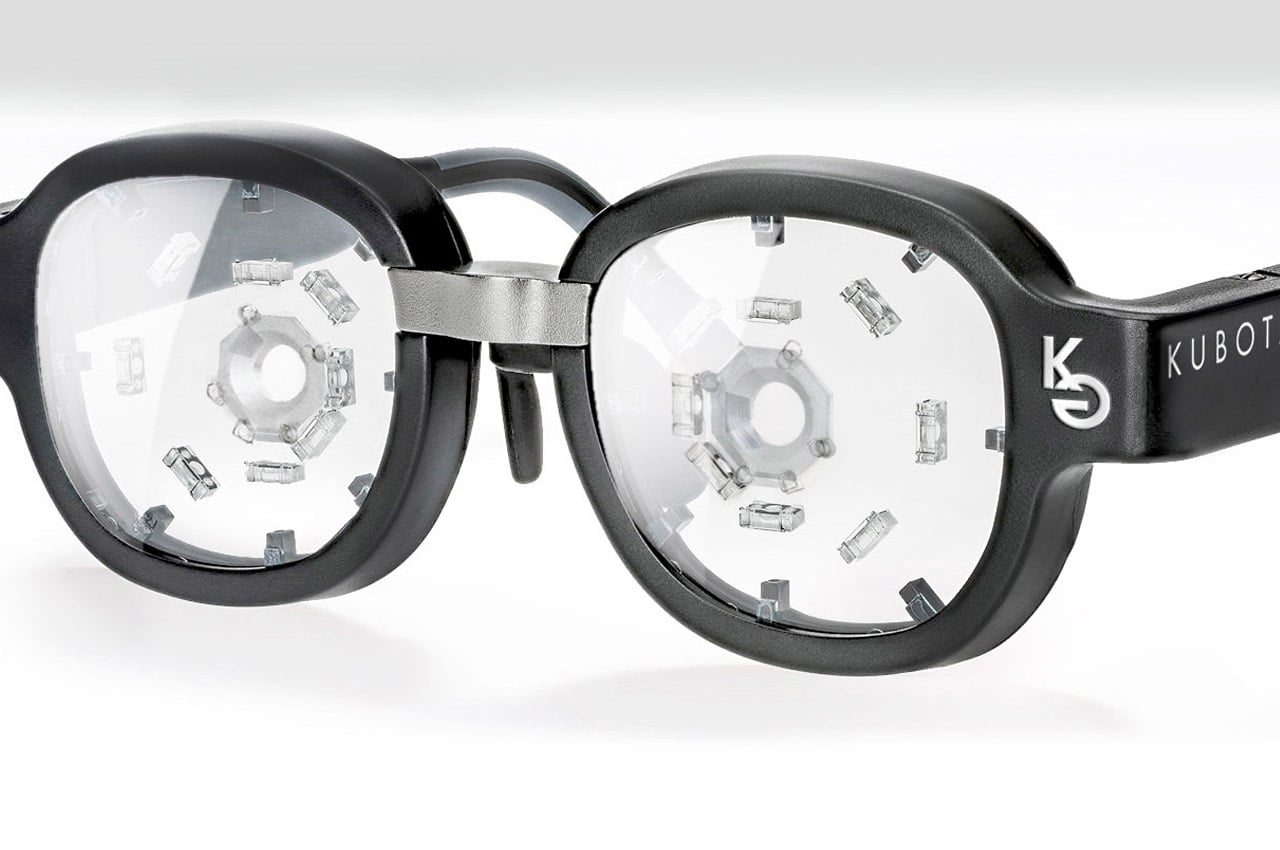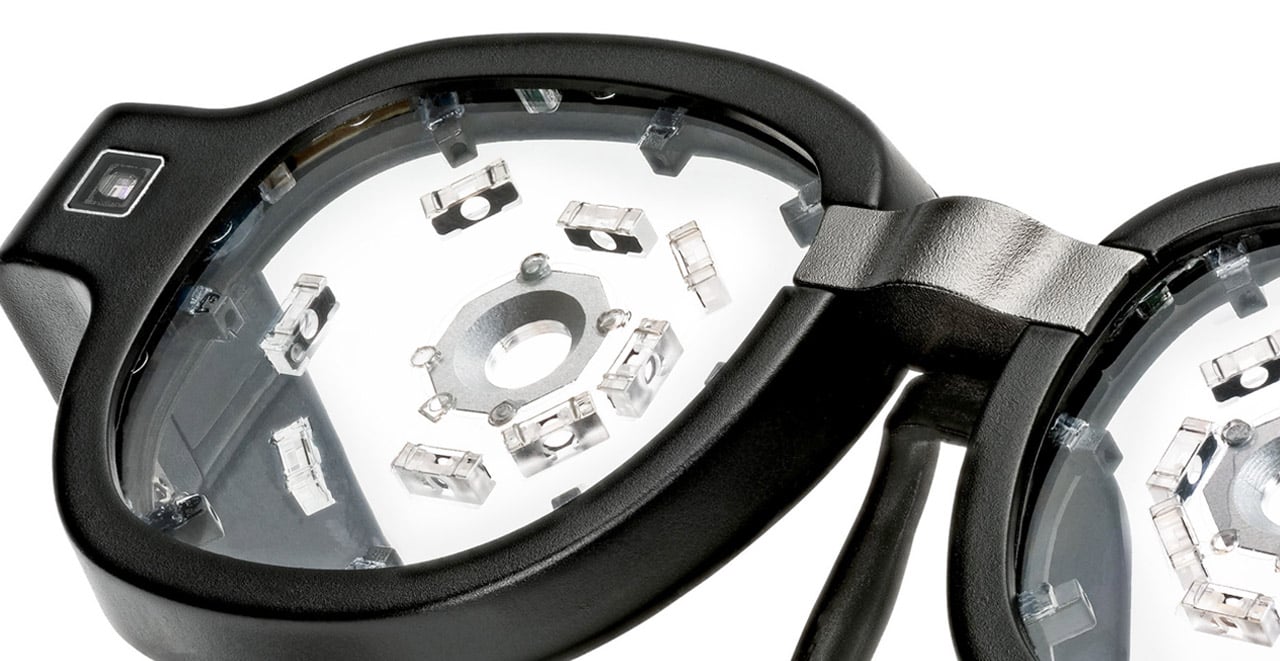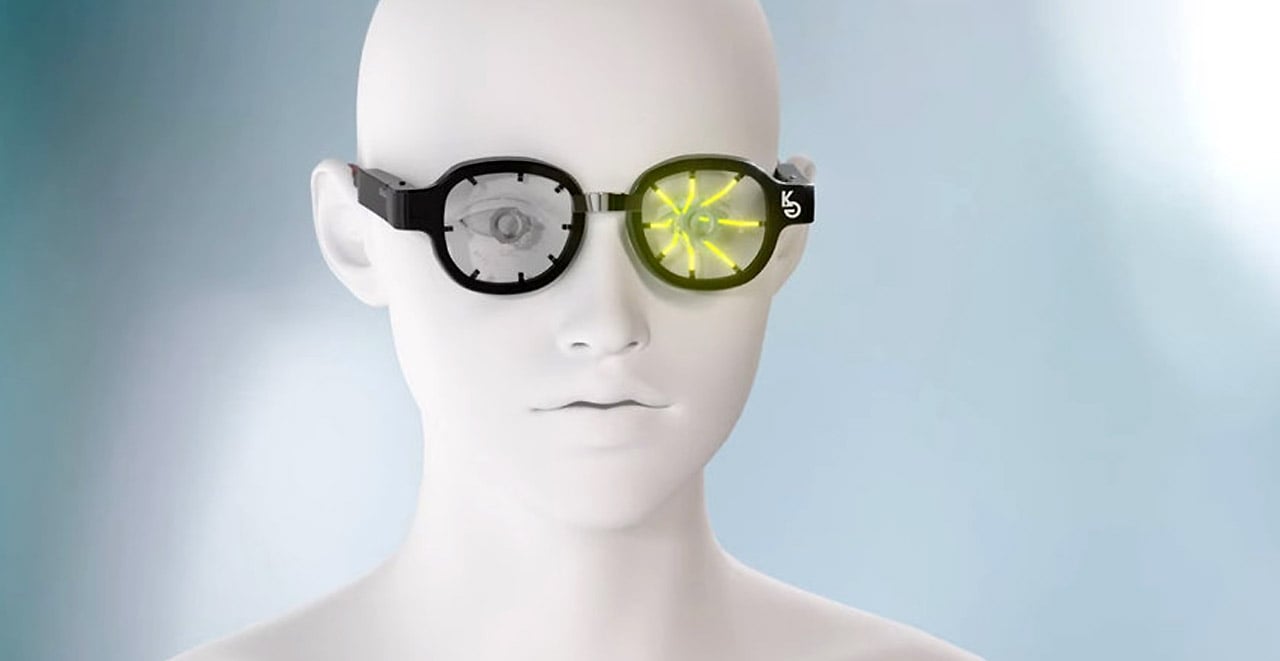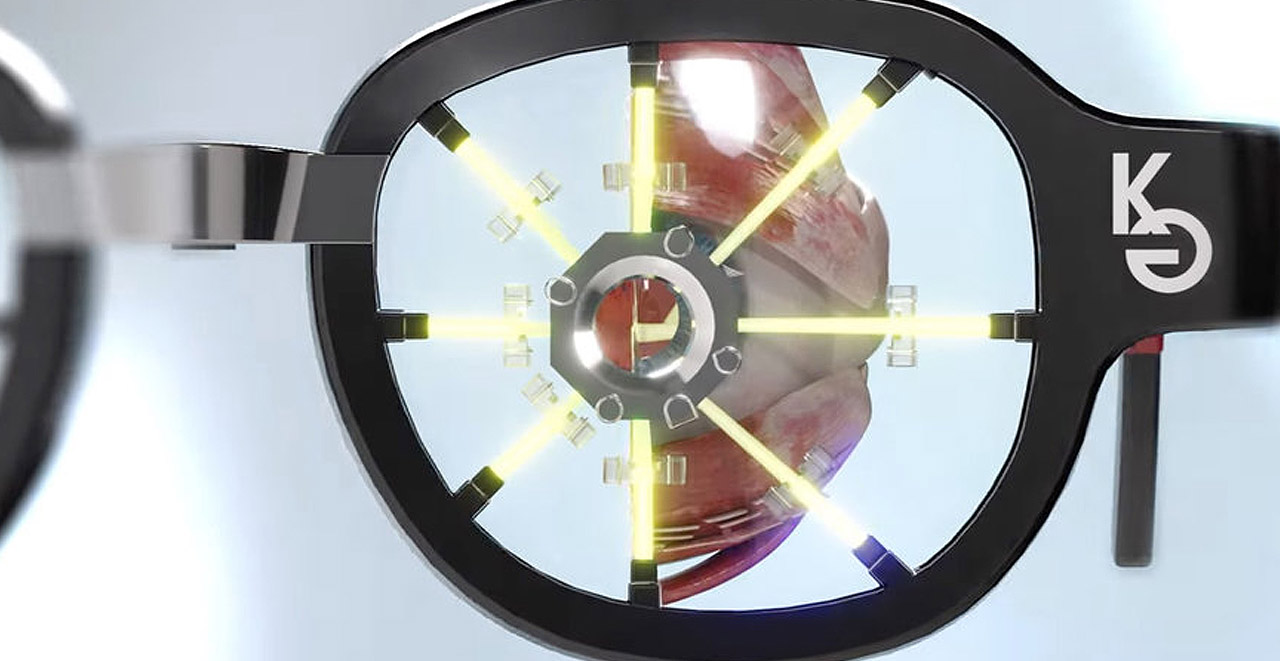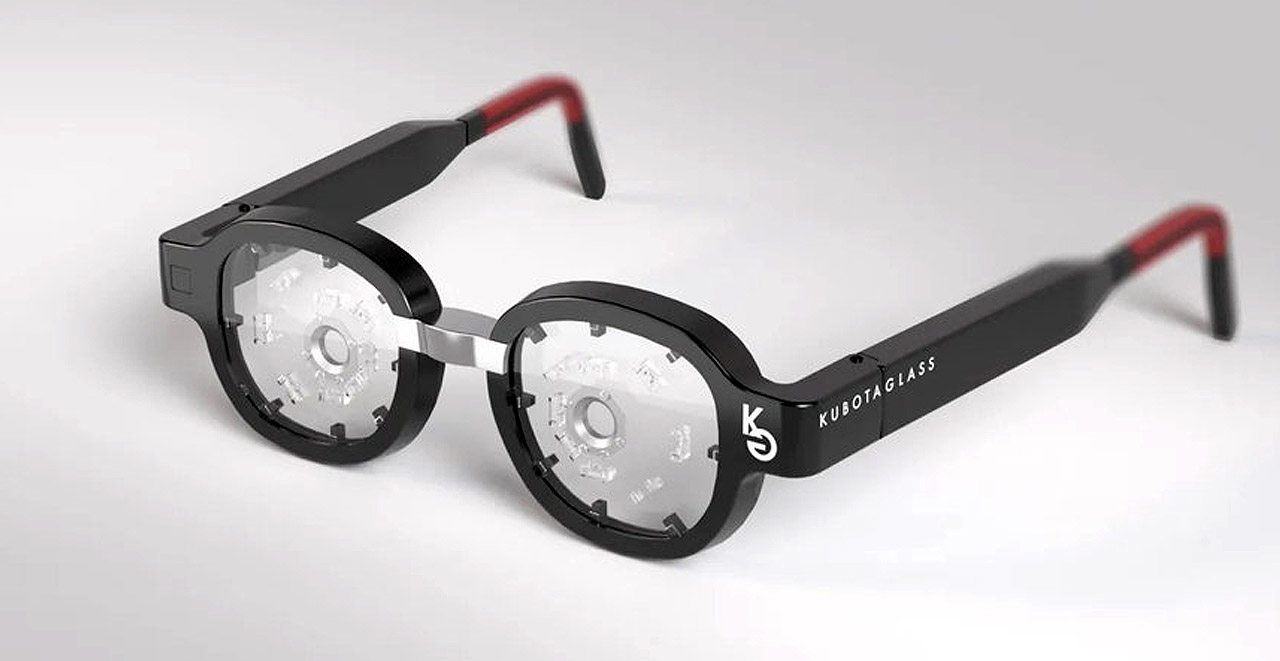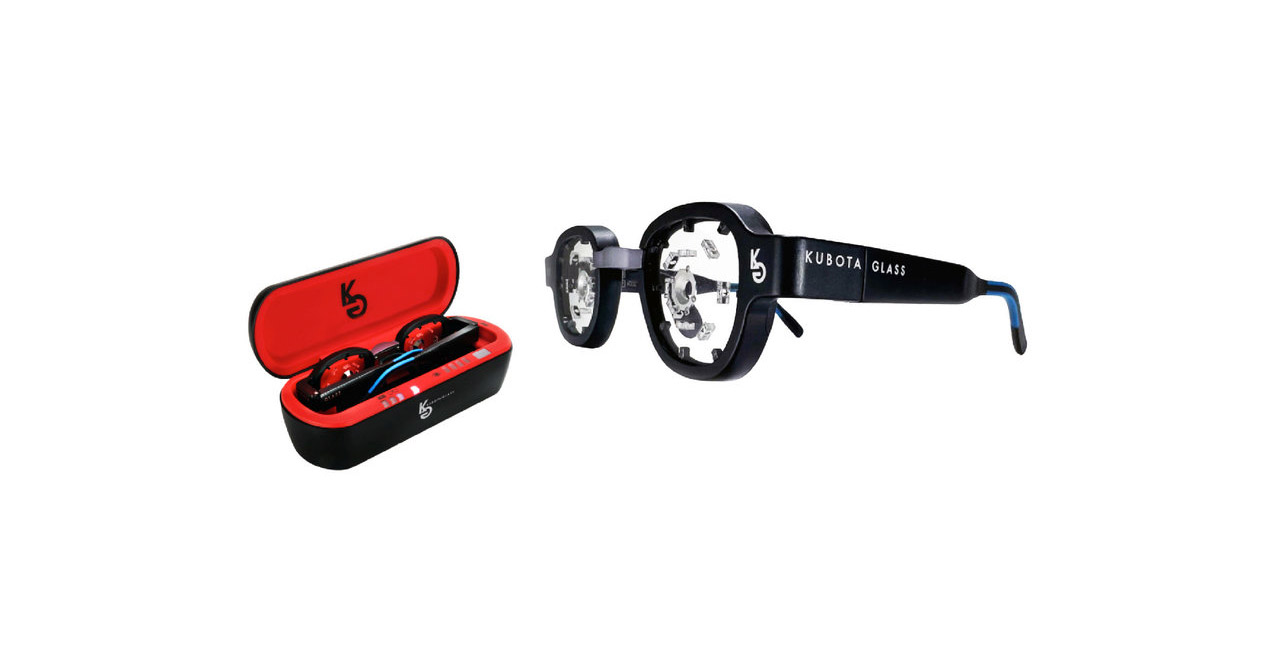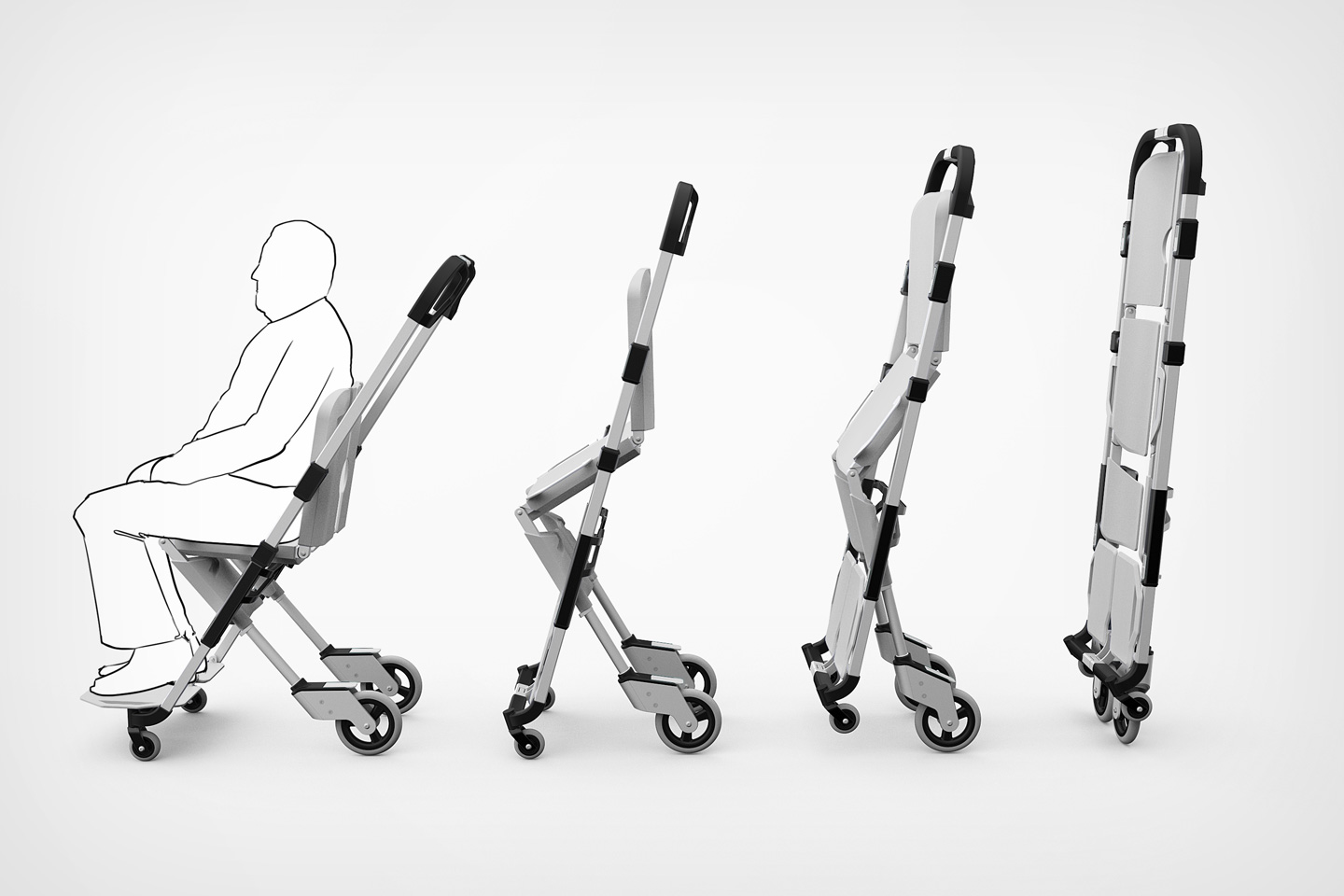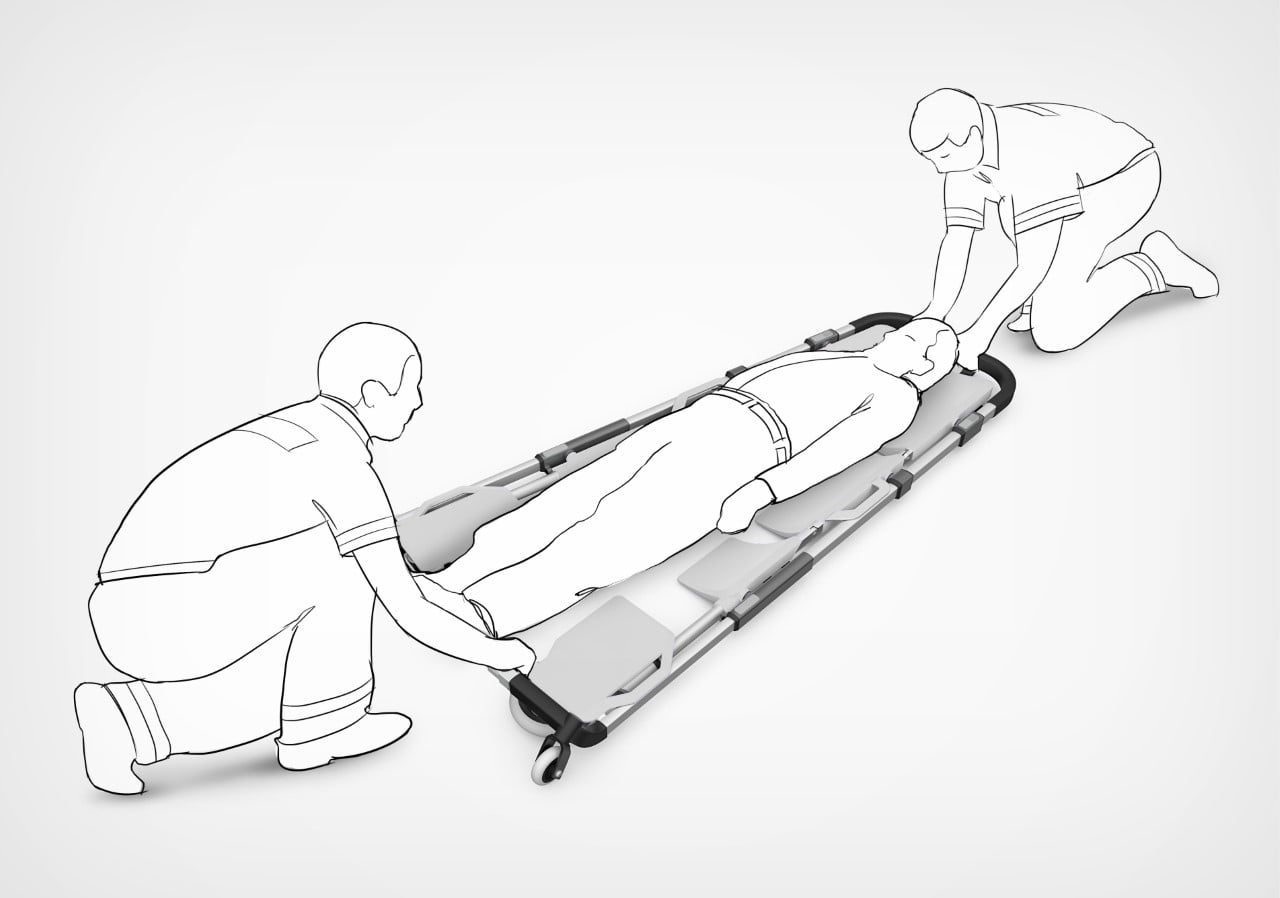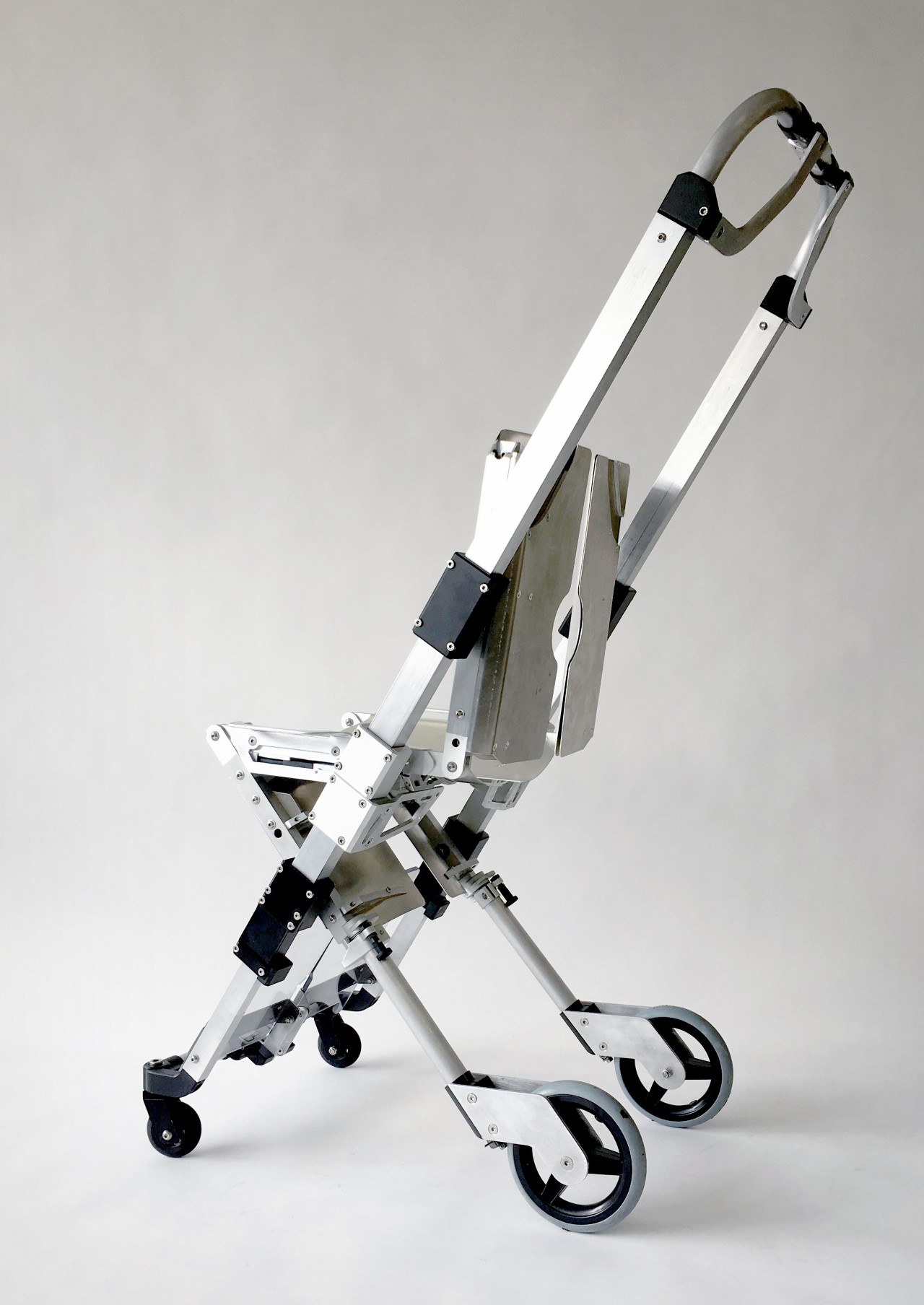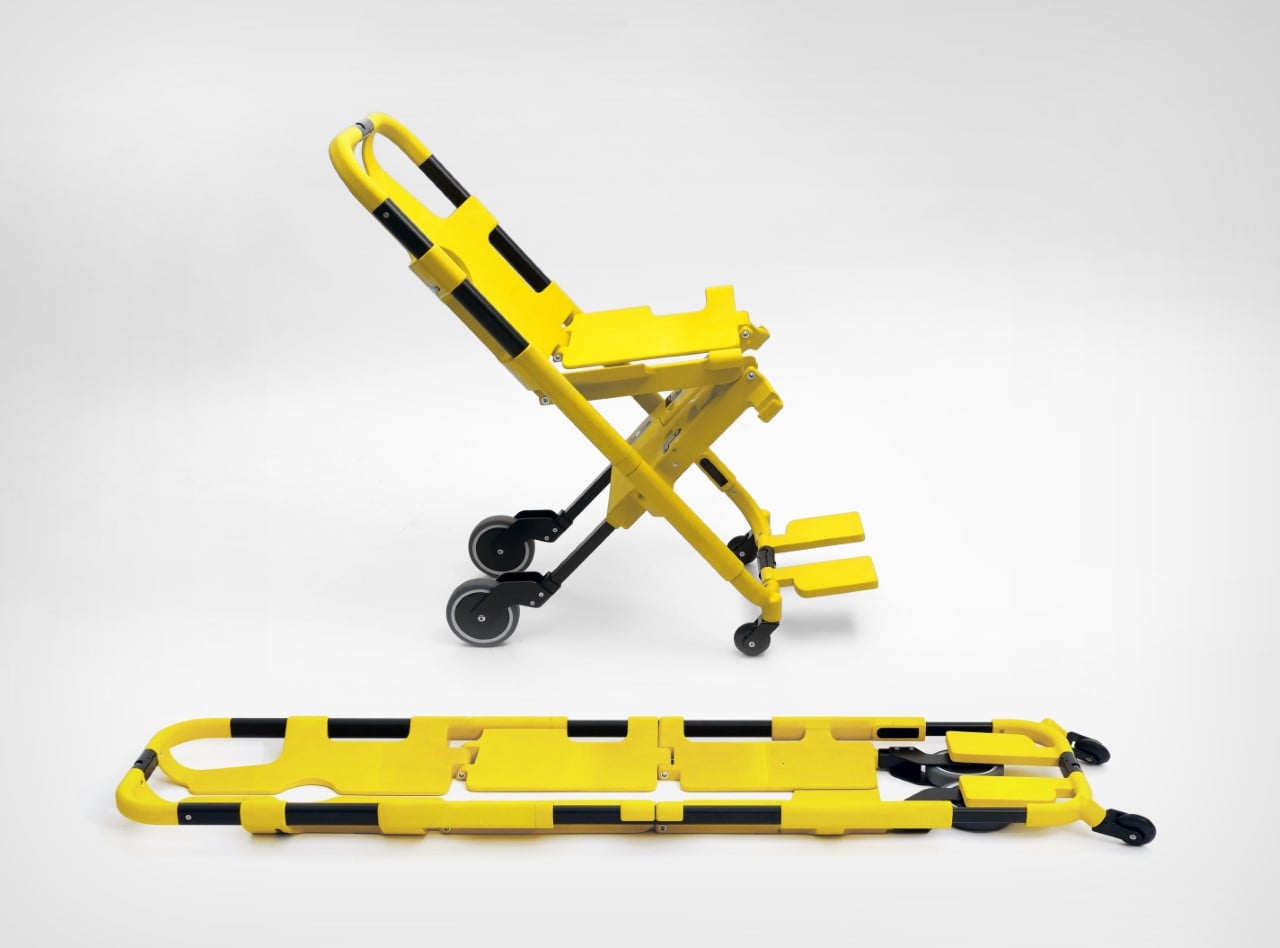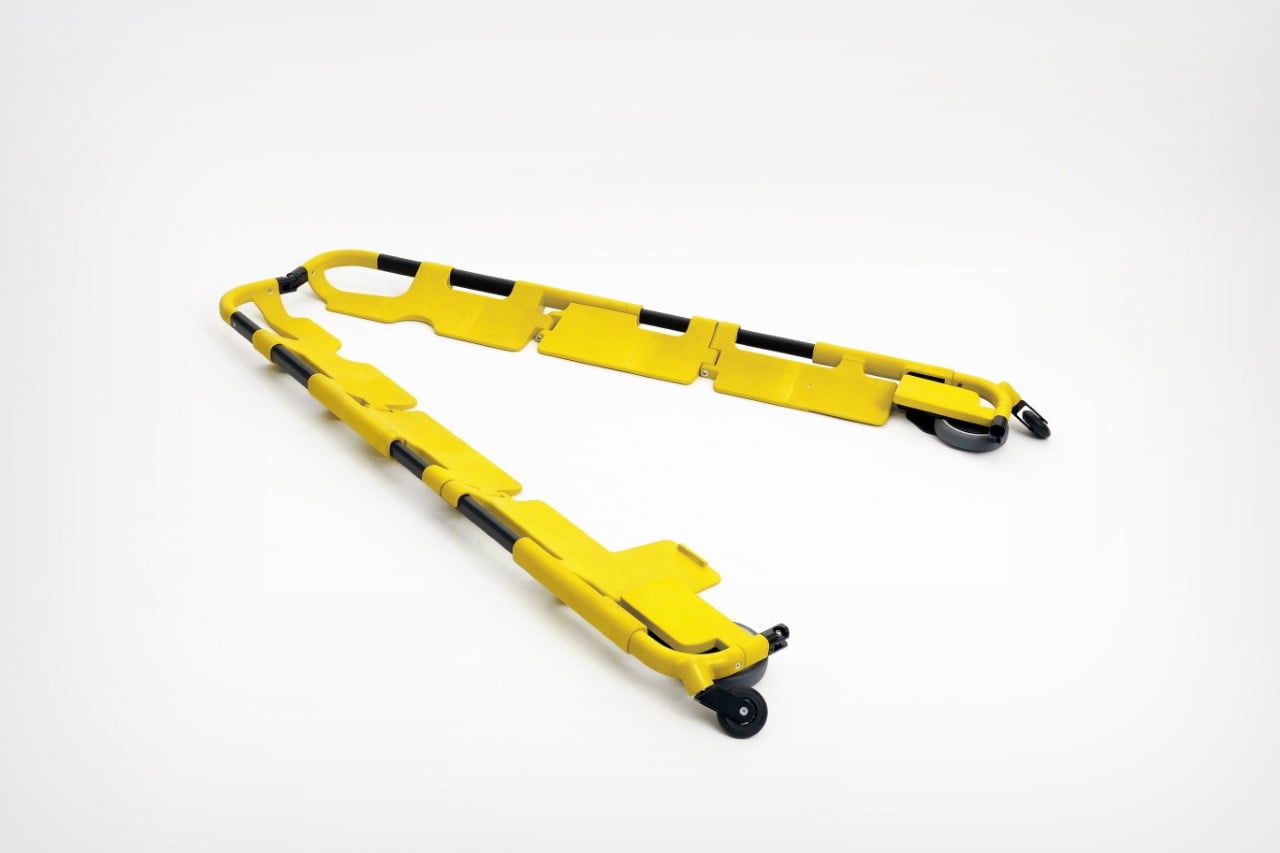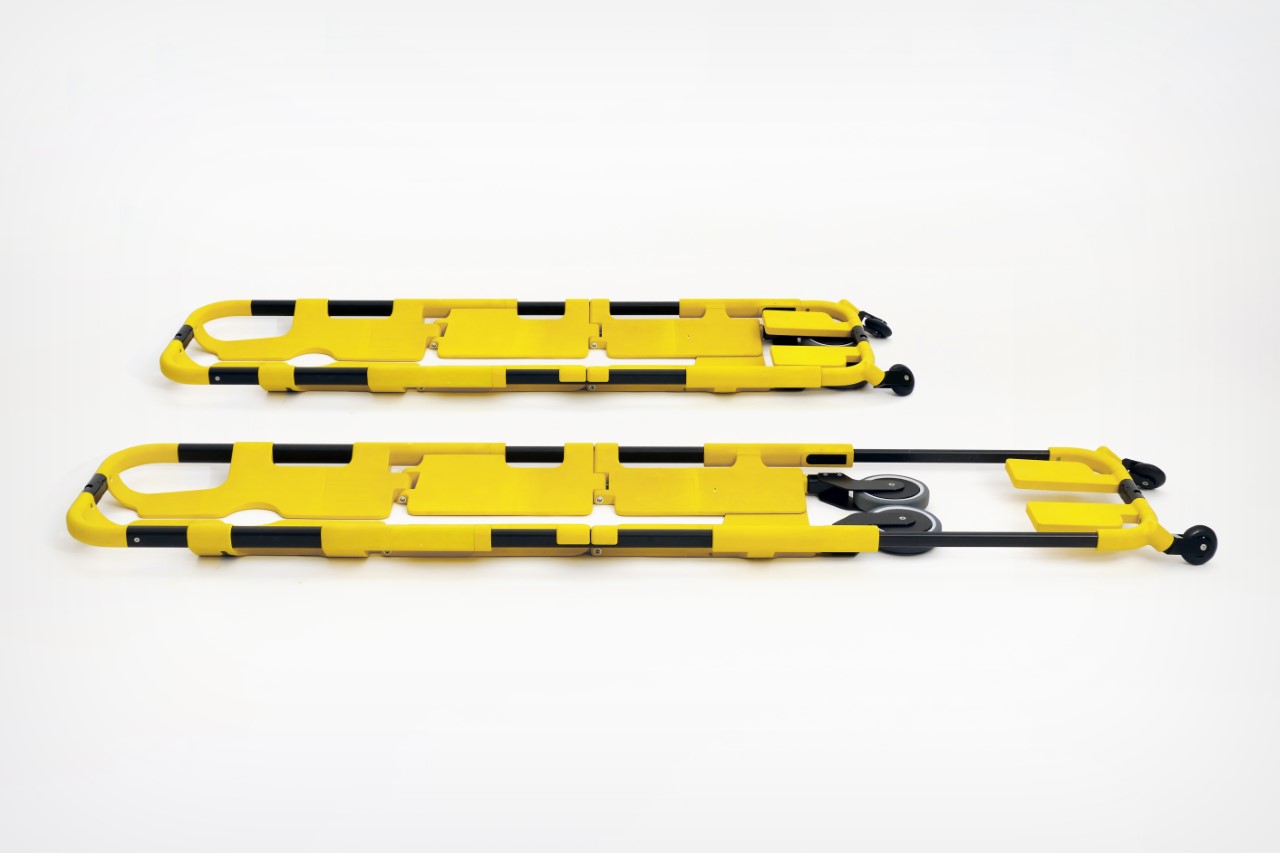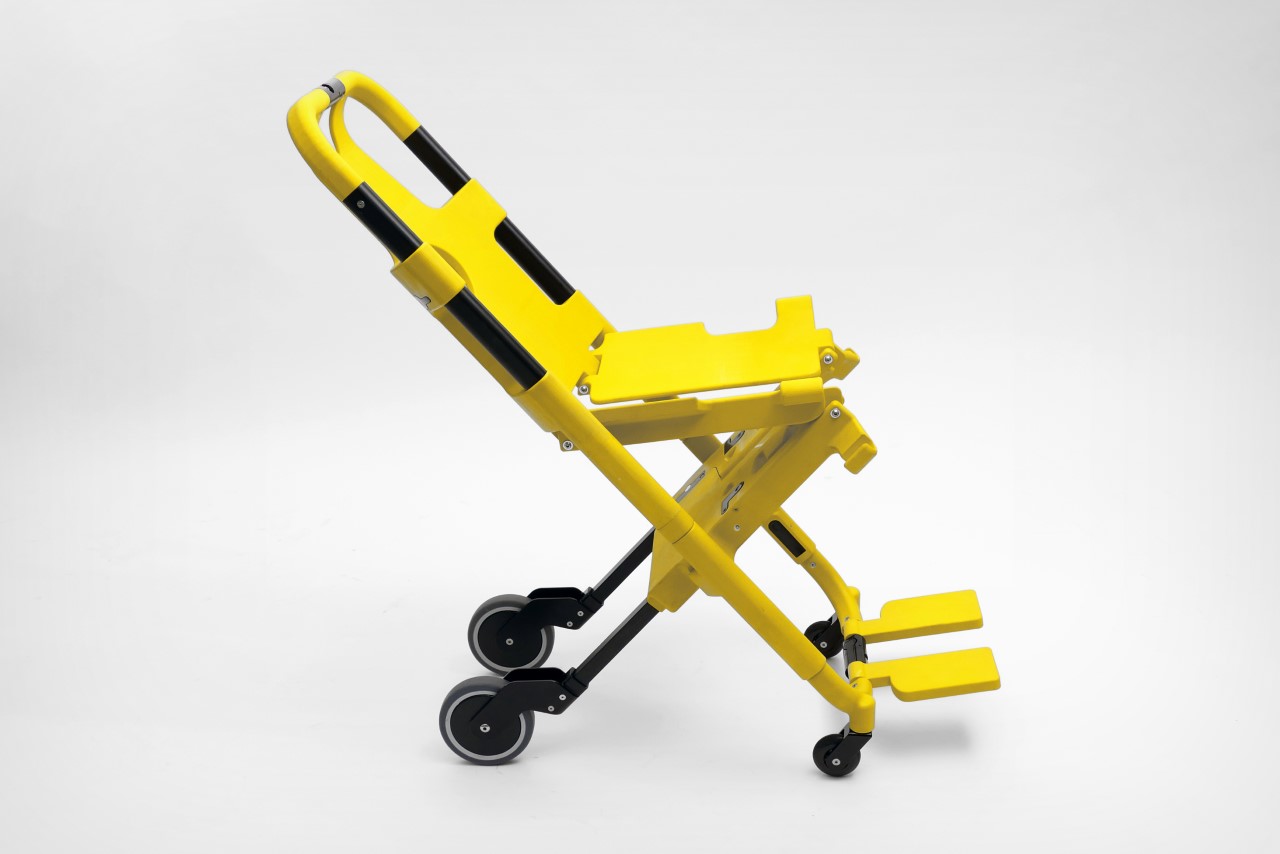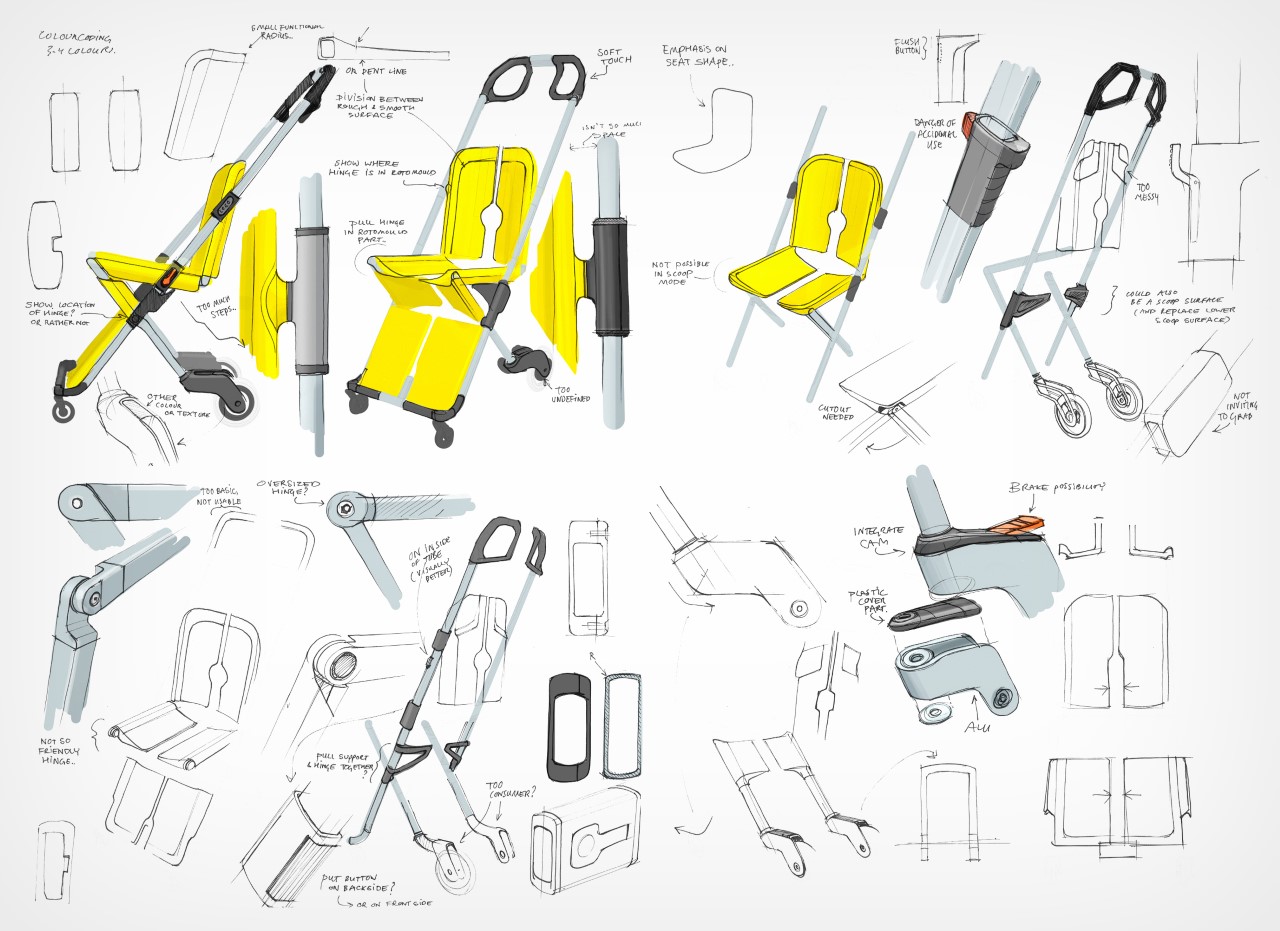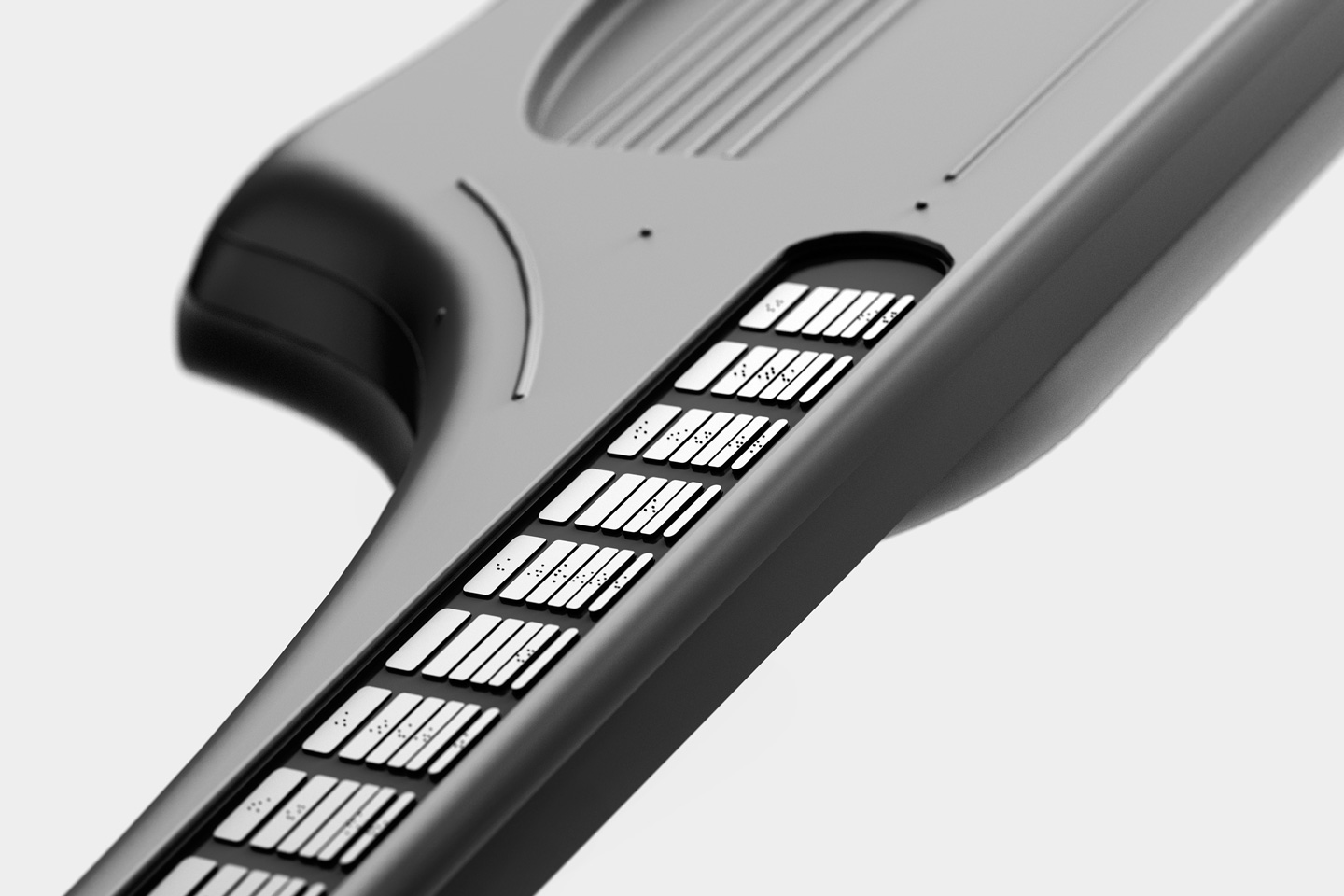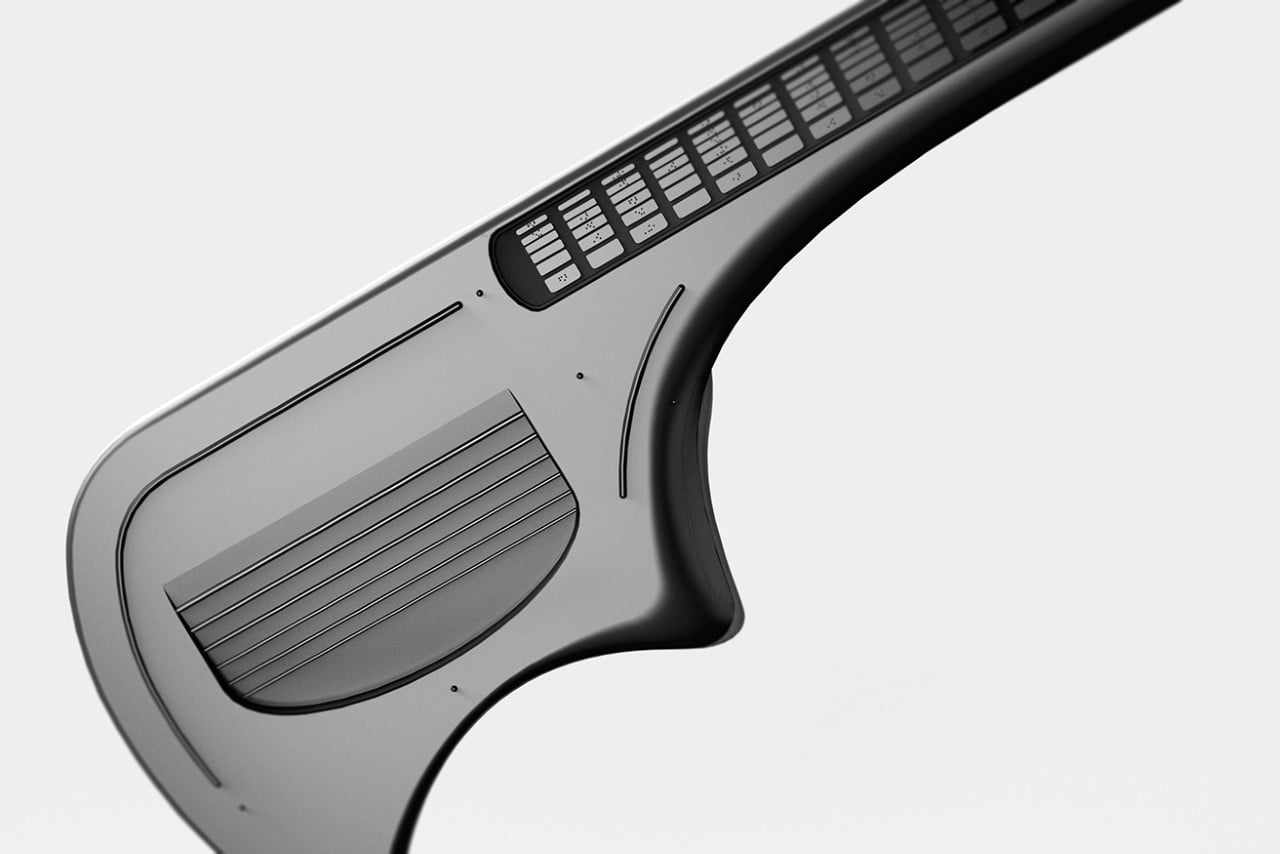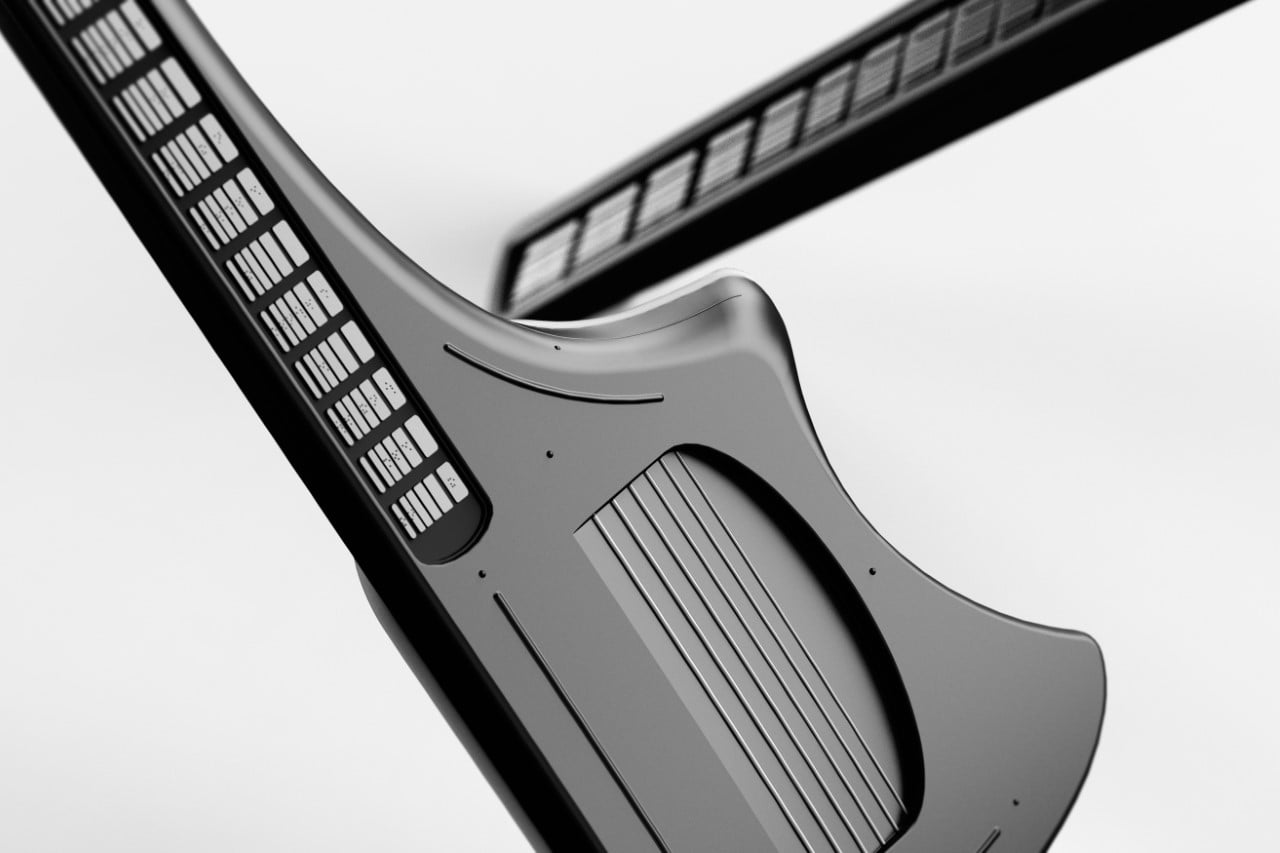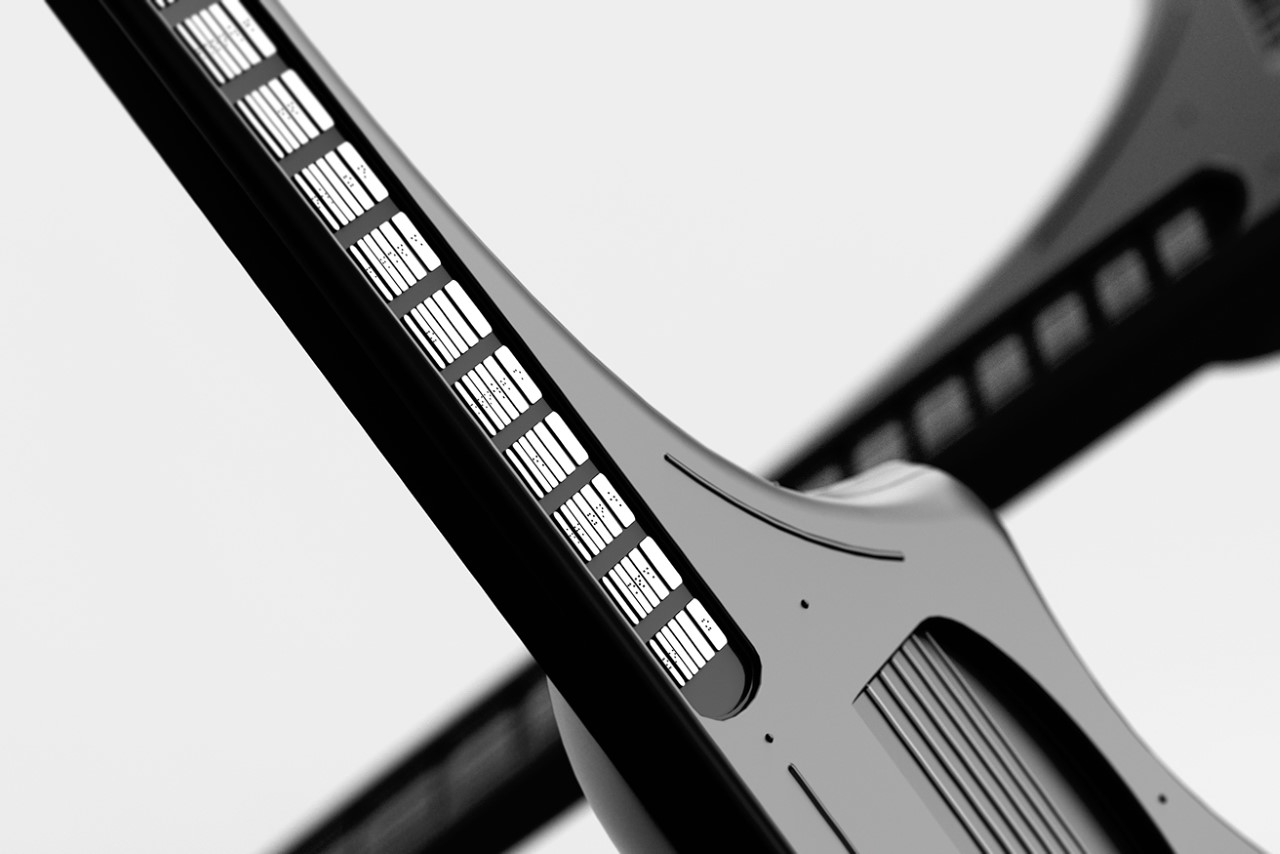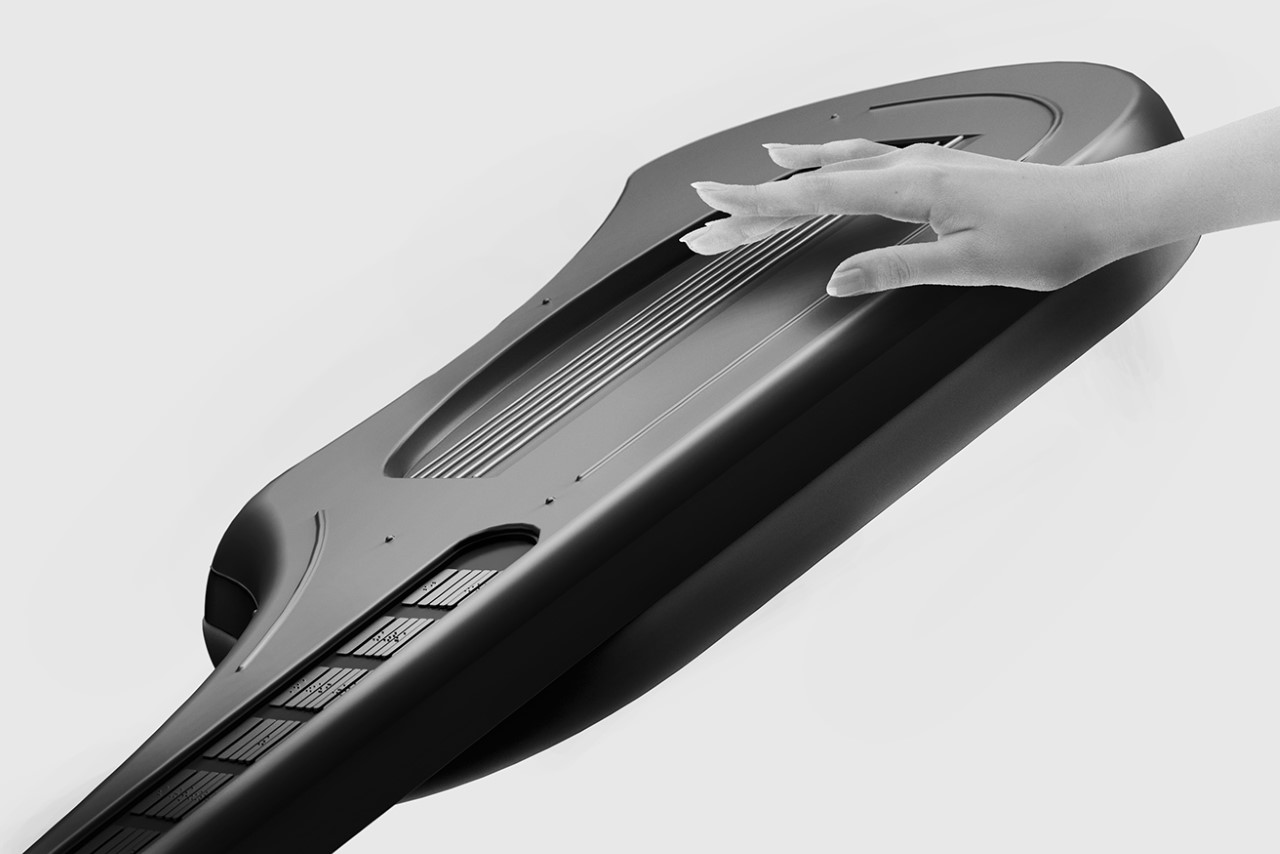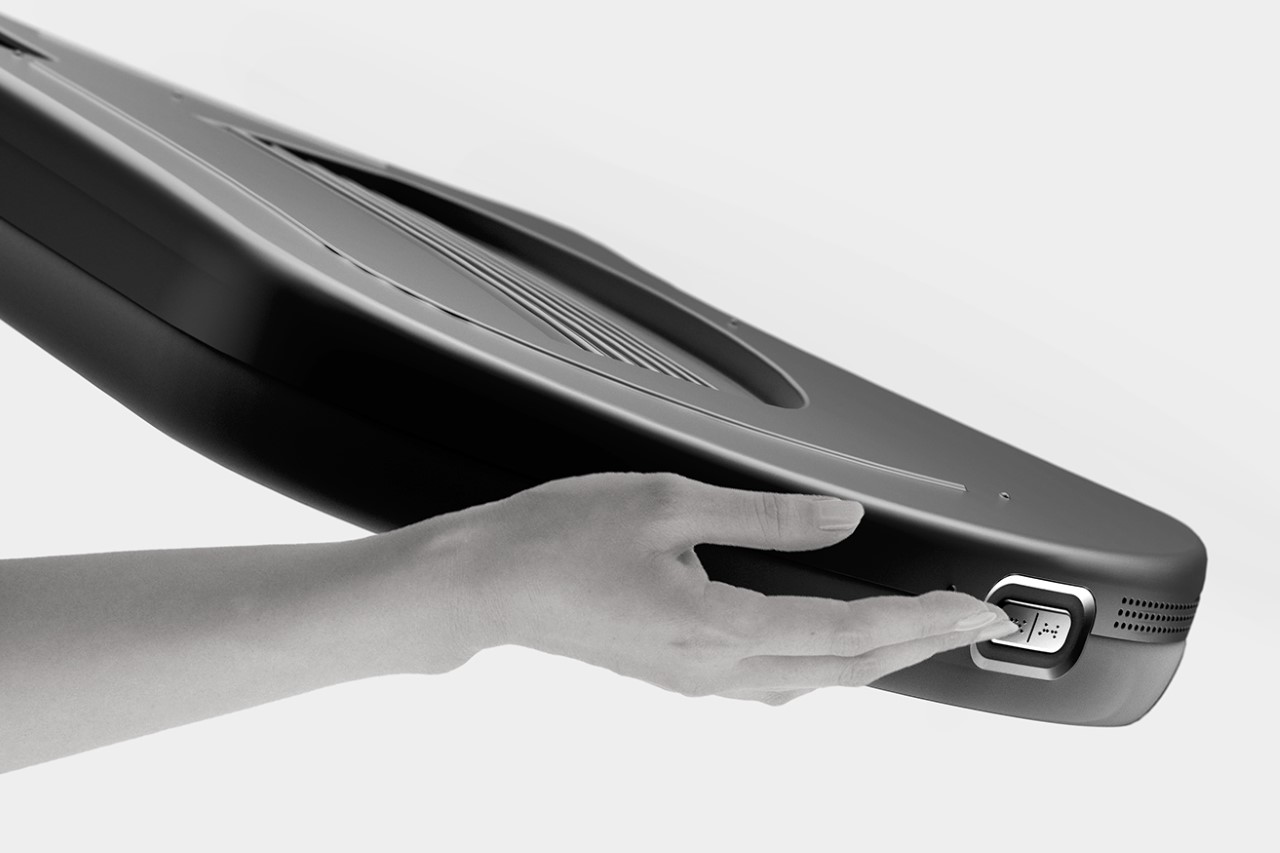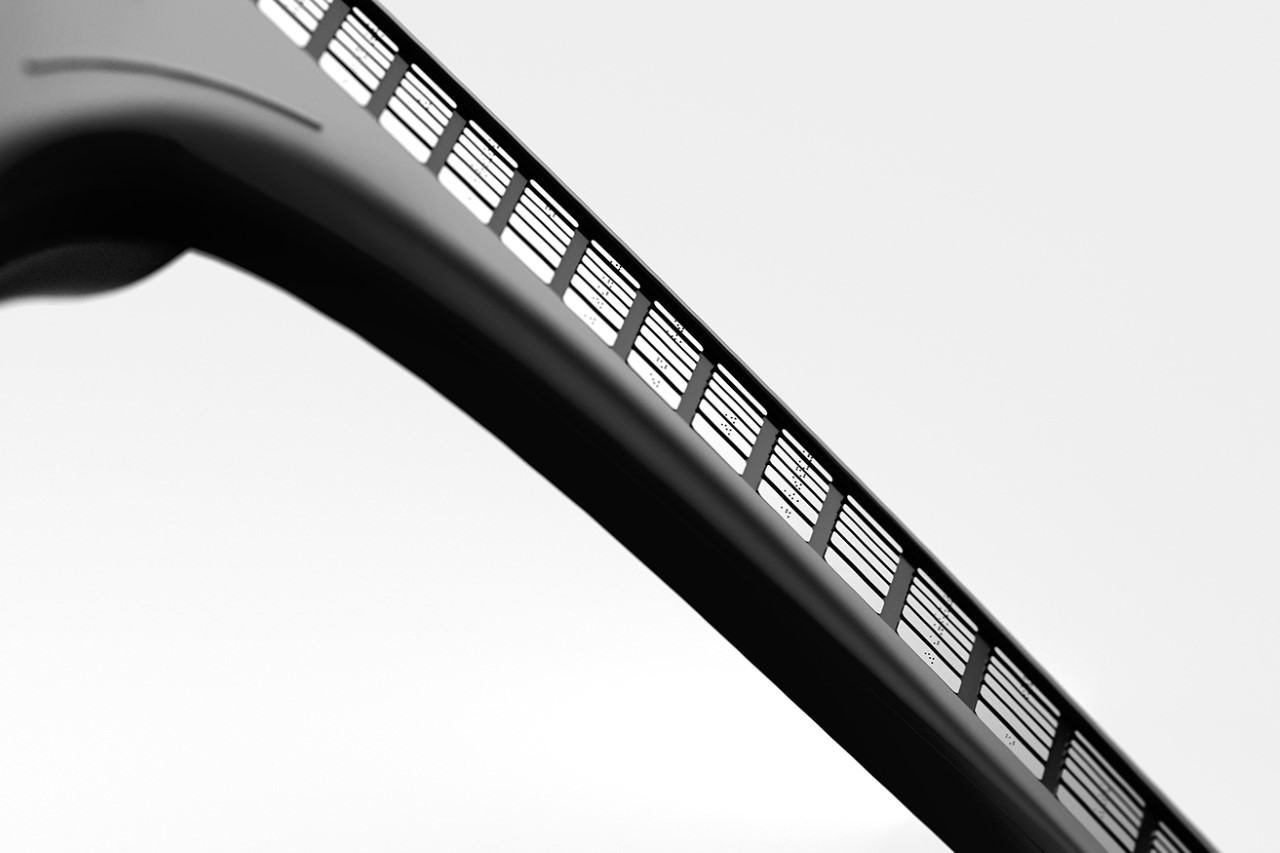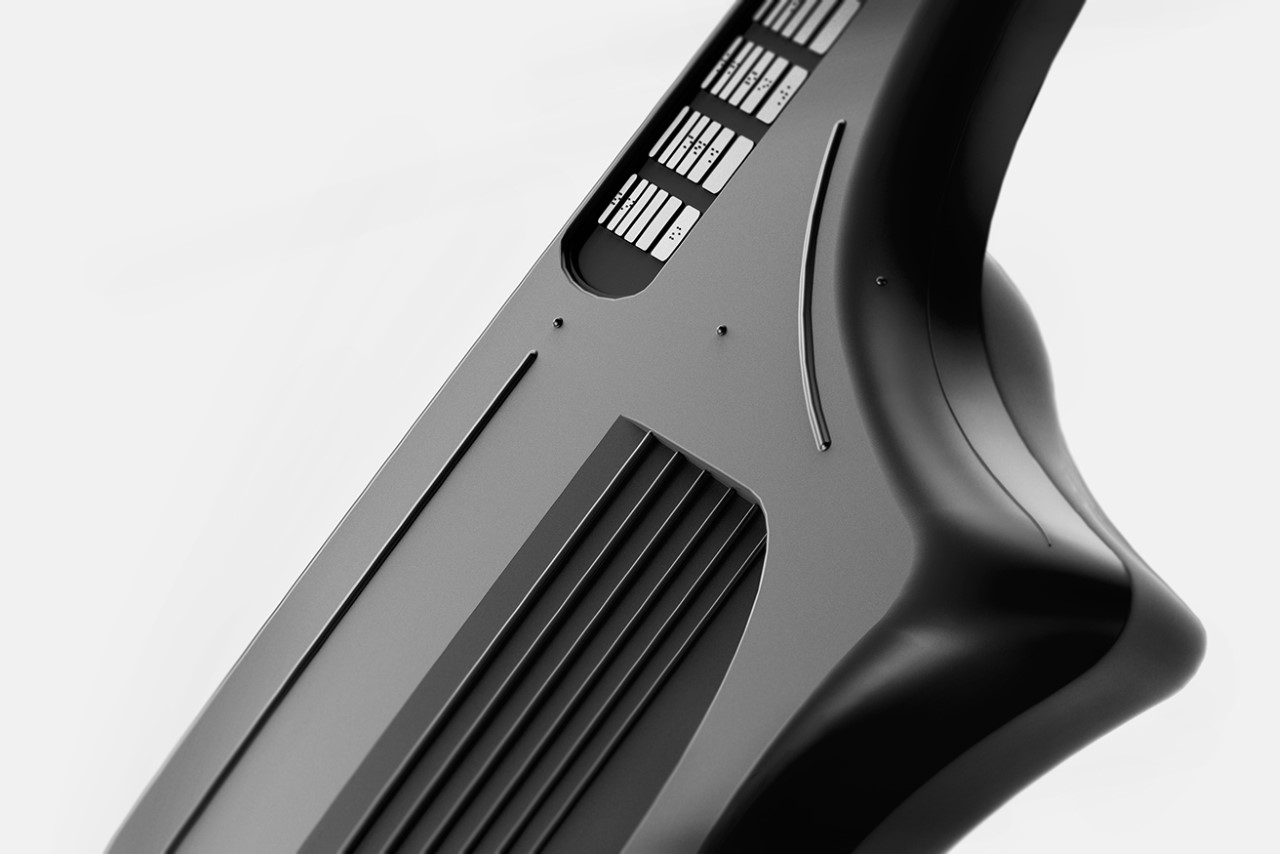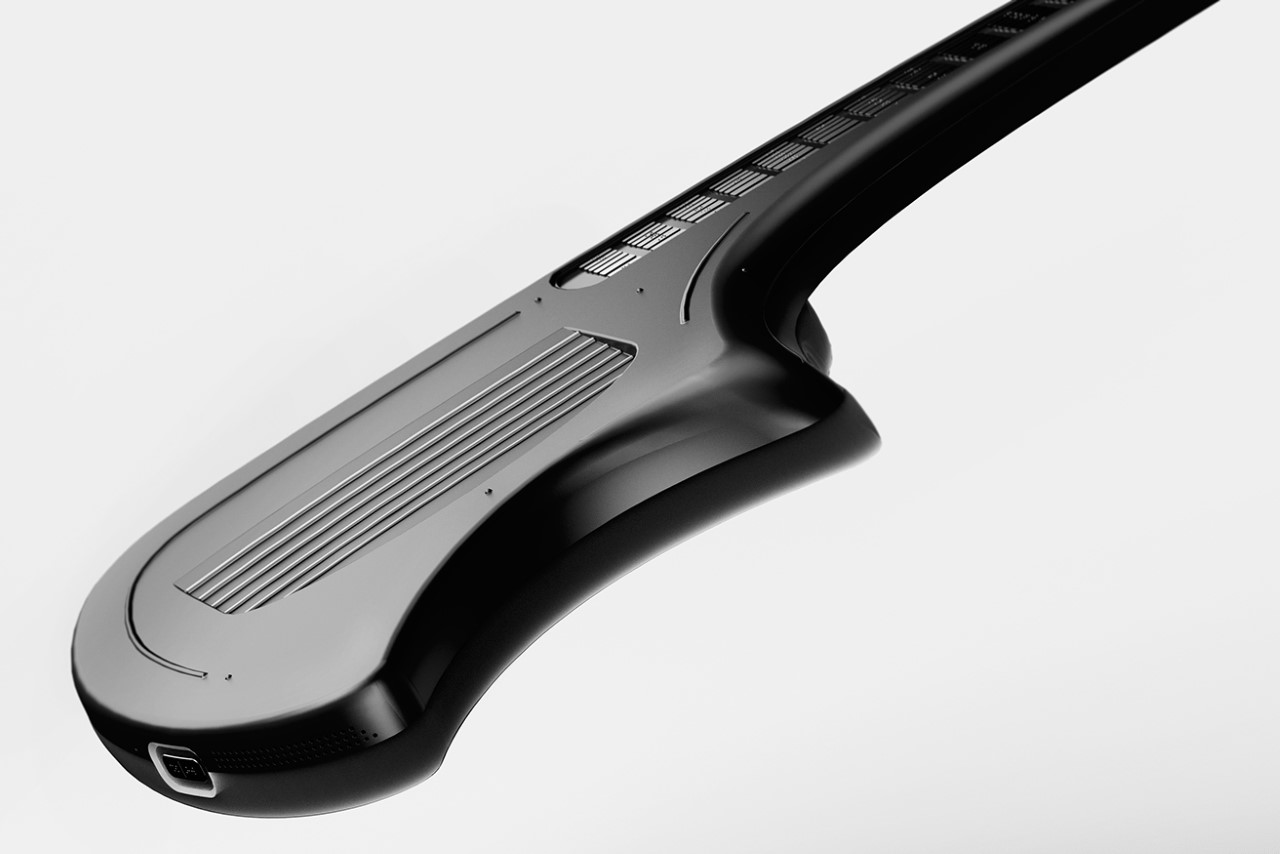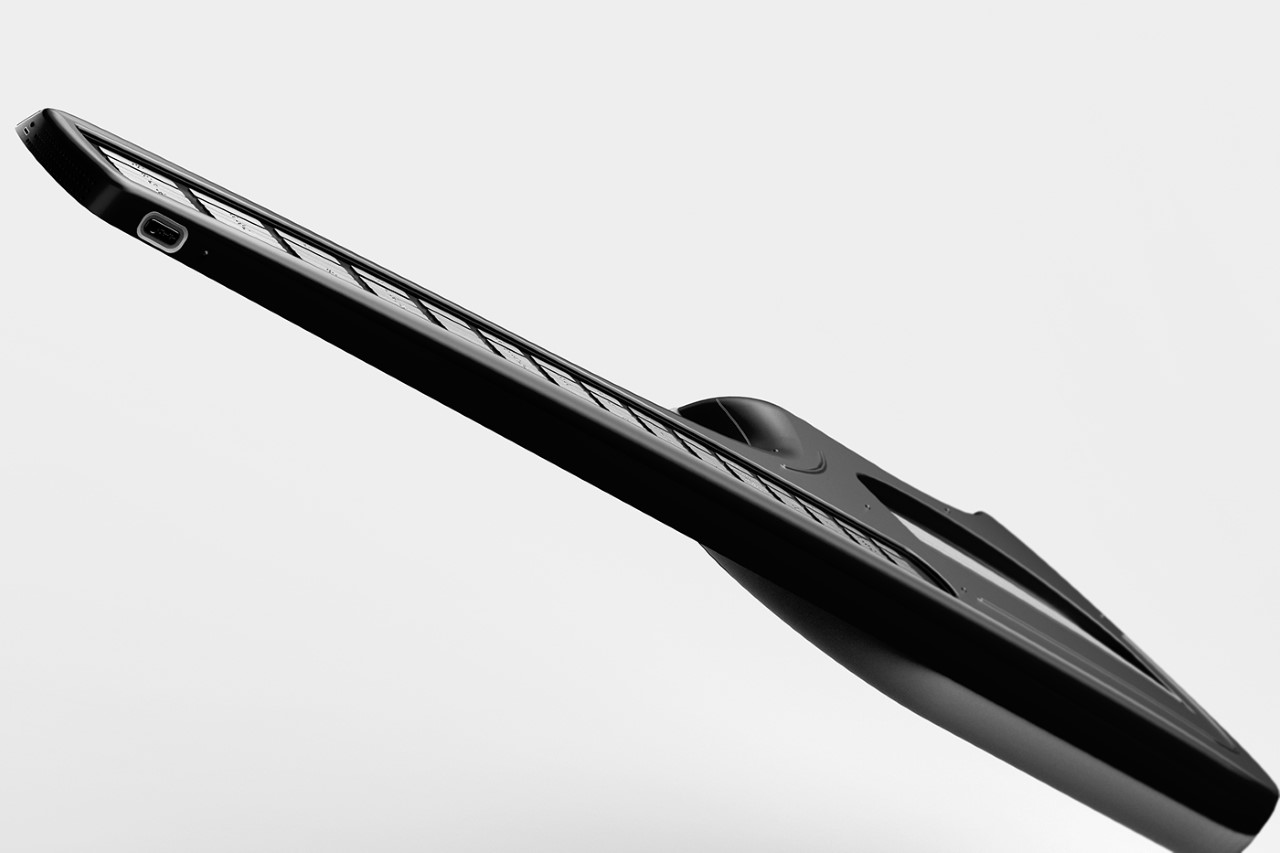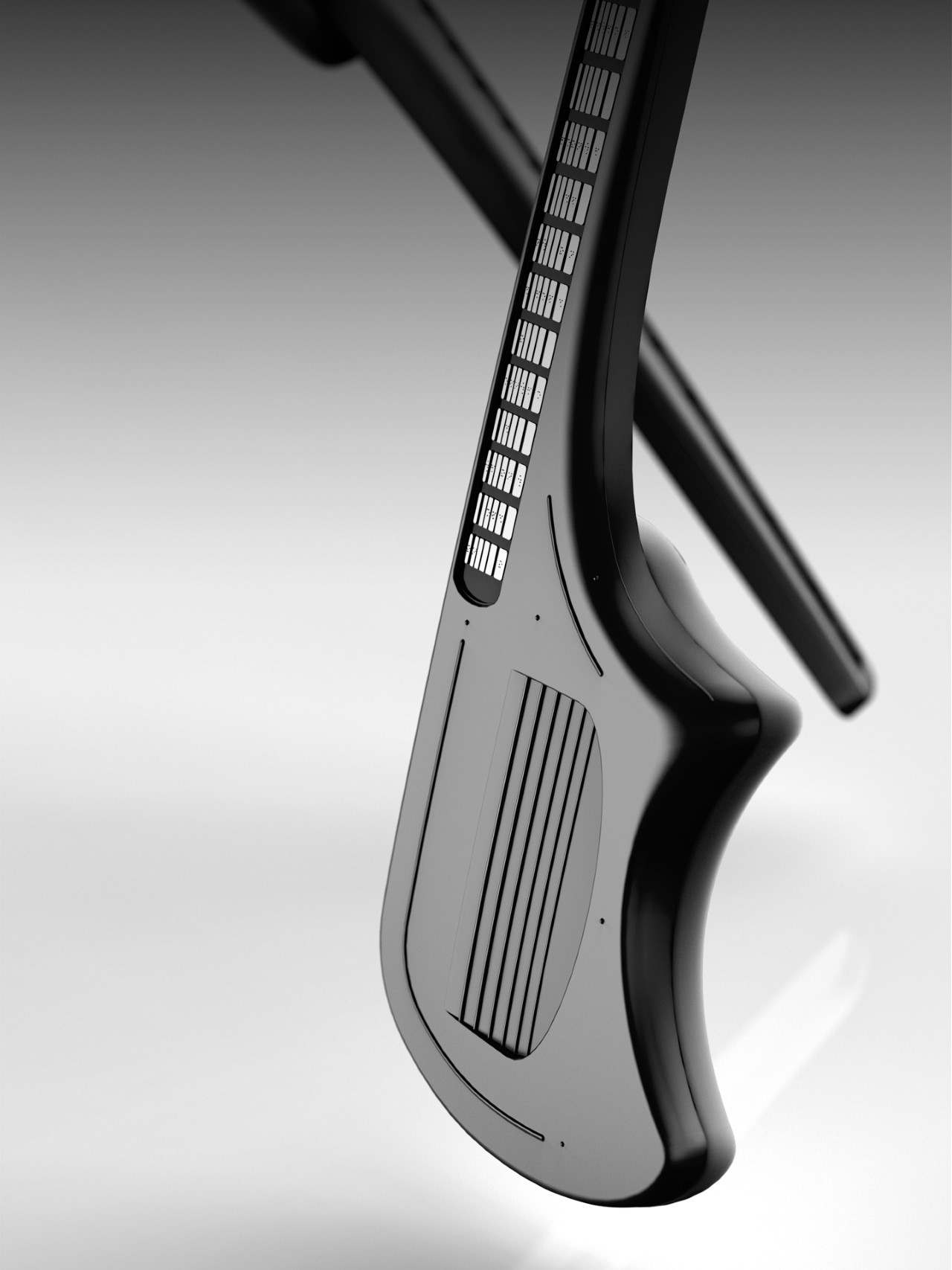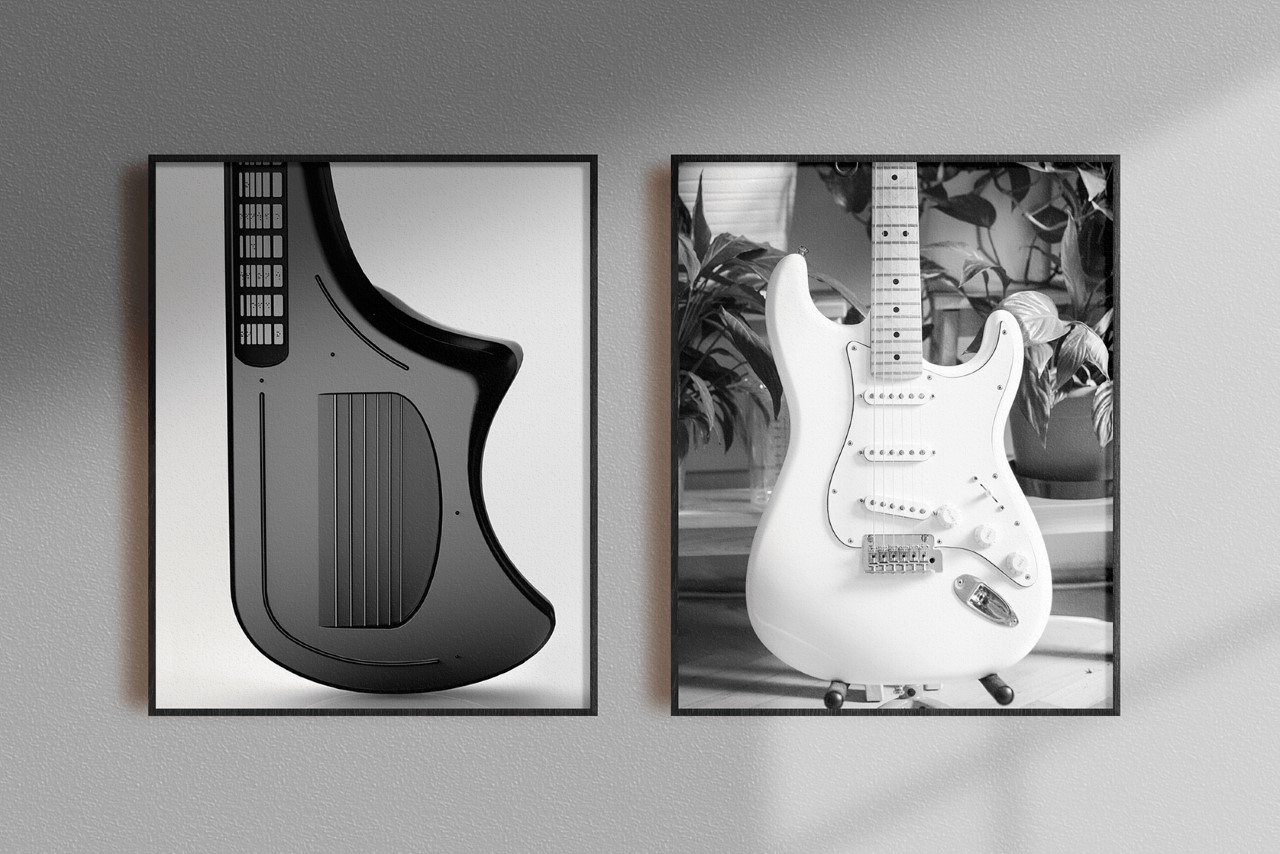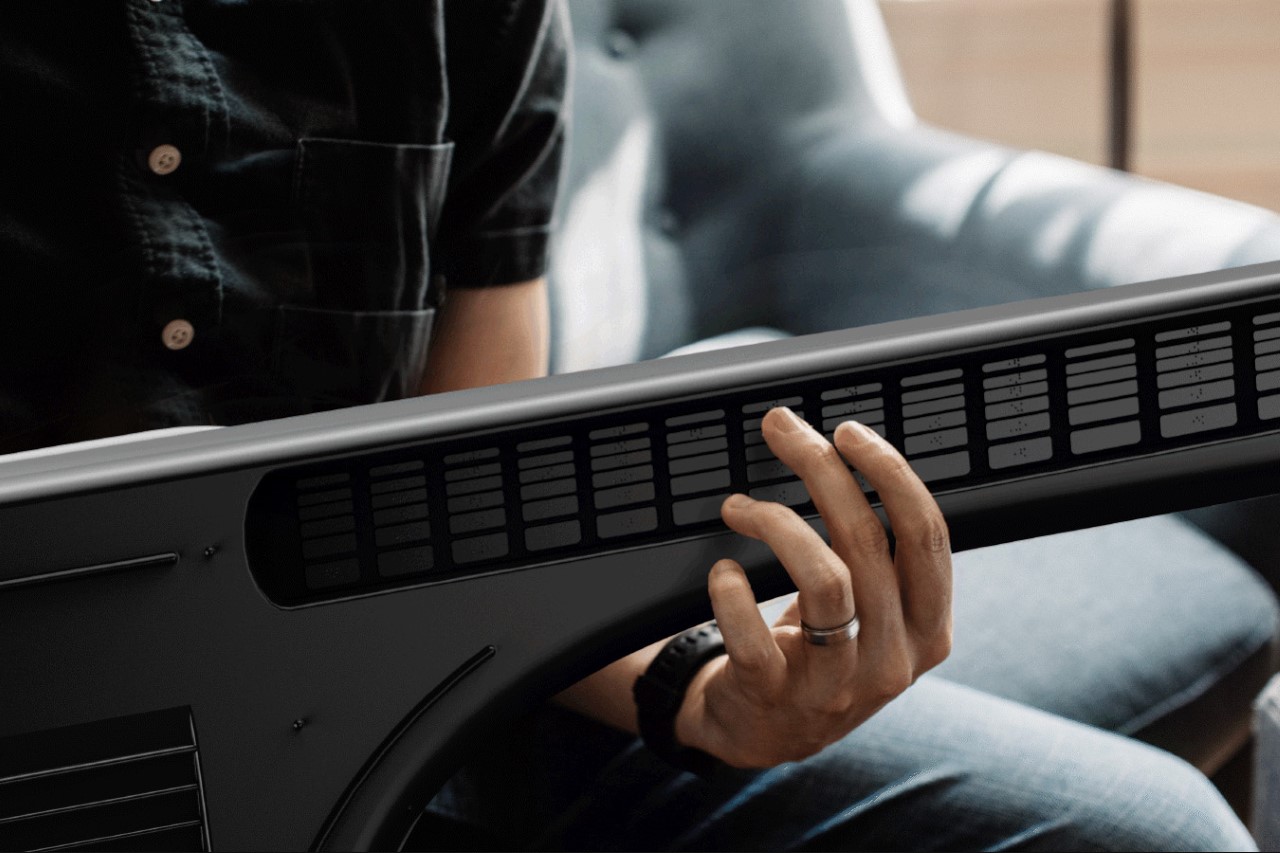Putting the edge of computing at the tip of your tongue…
Meet MouthPad, it’s exactly what it sounds like. Designed by the folks at Augmental (a spin-off of the MIT Media Lab), the MouthPad is a Bluetooth-powered mouthpiece that lets anyone control electronic appliances with their tongue. A touch-sensitive panel sits against the roof of your mouth, allowing you to use your tongue as a finger of sorts to navigate interfaces. Tongue taps are registered as left clicks, while mouth gestures like pursing your lips (pouting duckface, for the Millennial and Gen Z readers) registers a right click. Through the MouthPad, individuals can now perform a variety of tasks with just their tongues. These tasks include sending emails, illuminating a room, enhancing photographs, and even engaging in video games. Additionally, Augmental guarantees that the mouthpiece’s sleek design will not impede speech, allowing users to communicate verbally with ease while wearing the device.
Designer: Augmental
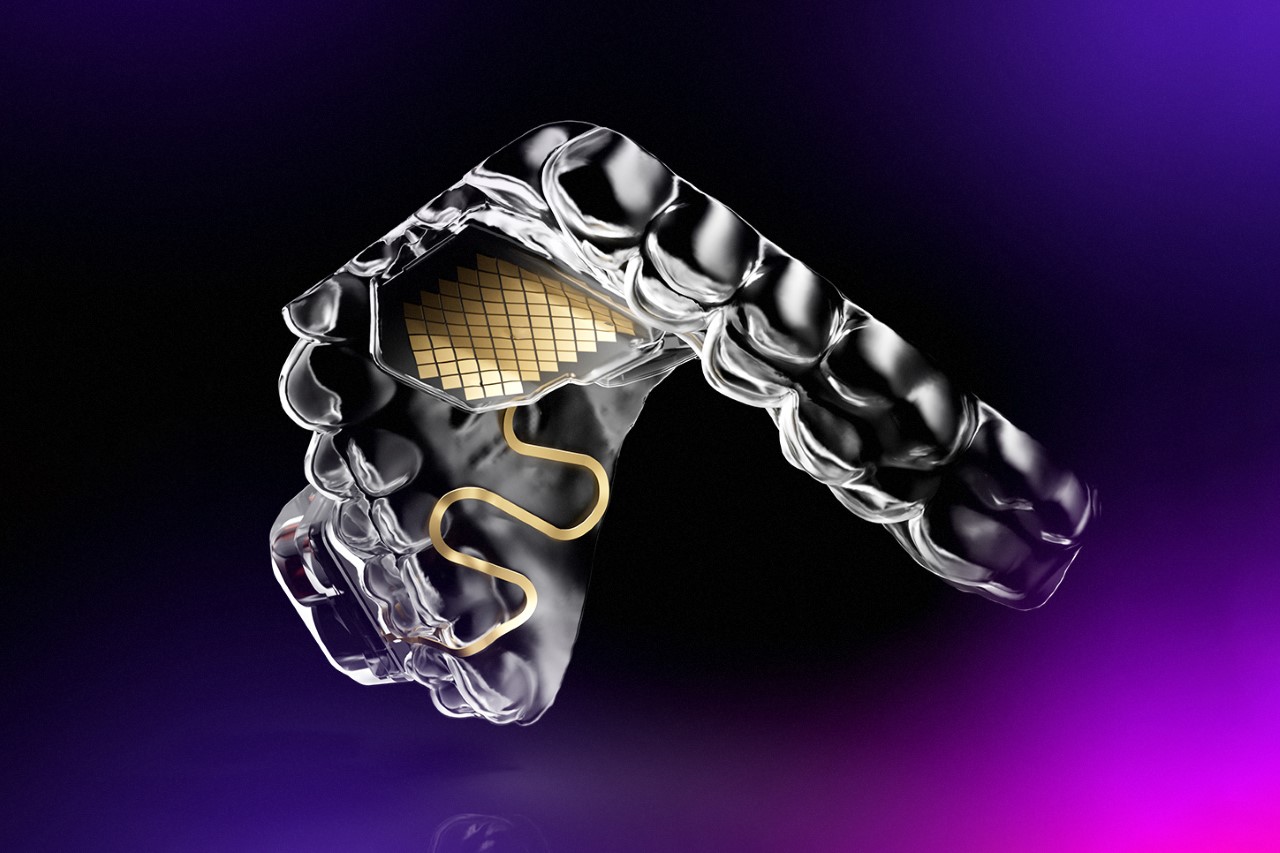
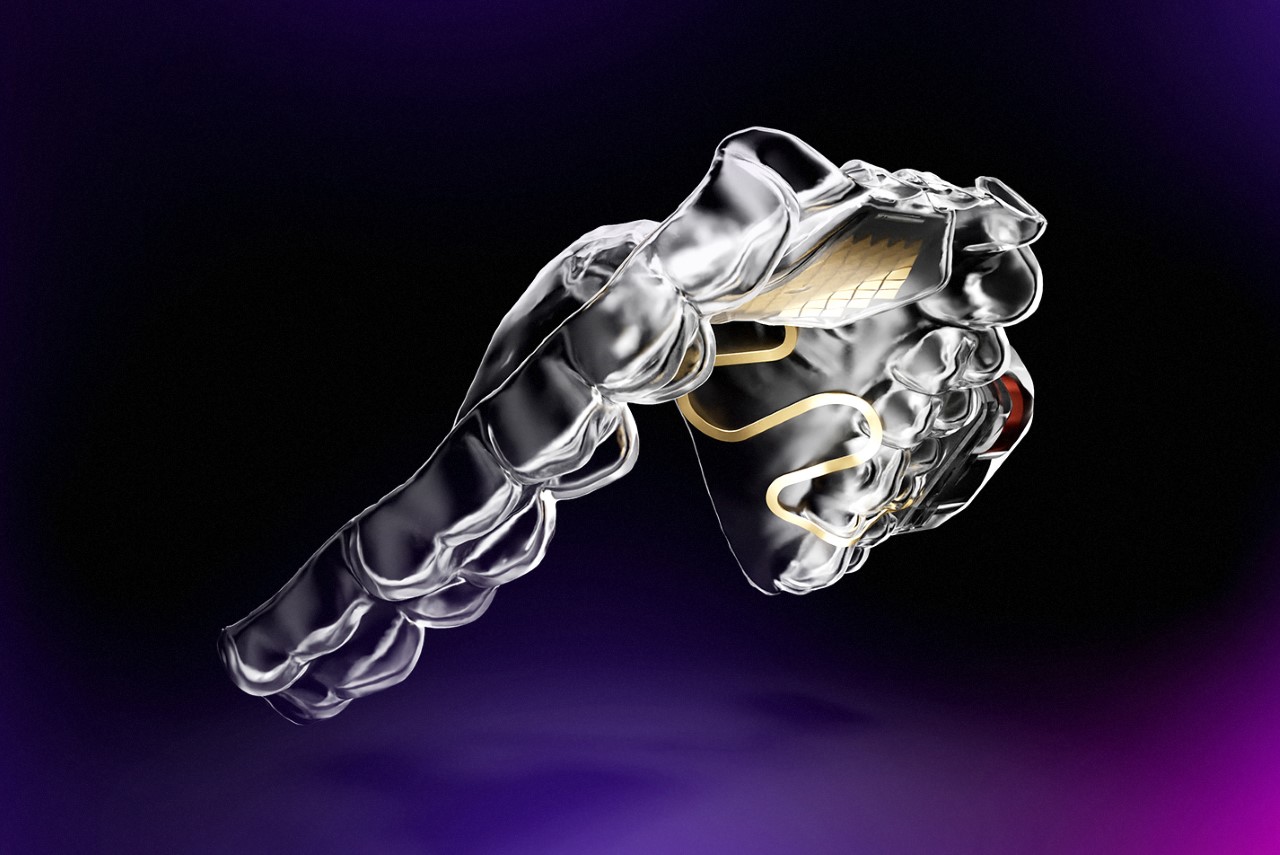
Every year, nearly half a million people suffer a spinal injury globally. The effects of these can be as complex as losing all mobility from your neck down, leaving you with just your mouth to communicate as well as control devices. Up until now, devices like the QuadStick have been the standard, with a joystick that you bite down on and control with your mouth. The MouthPad offers a much more discreet and nuanced input method, turning your tongue into an 11th finger that can be used to move cursors and interact with interfaces. The tongue is a uniquely nimble and flexible organ. Touted as one of the strongest muscles in the body, the tongue’s muscular system is complex, allowing it to move in a variety of directions, and making it a perfect organ to control the MouthPad.
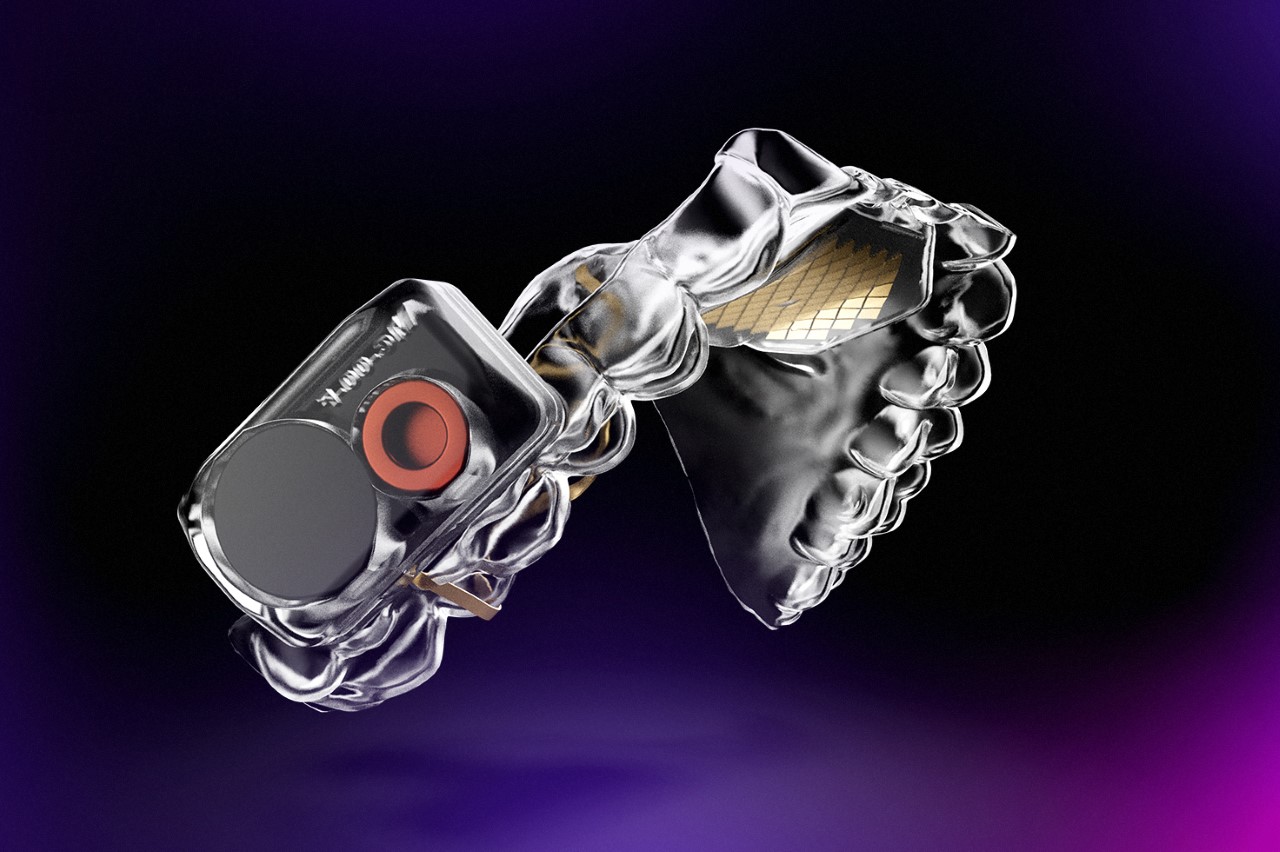
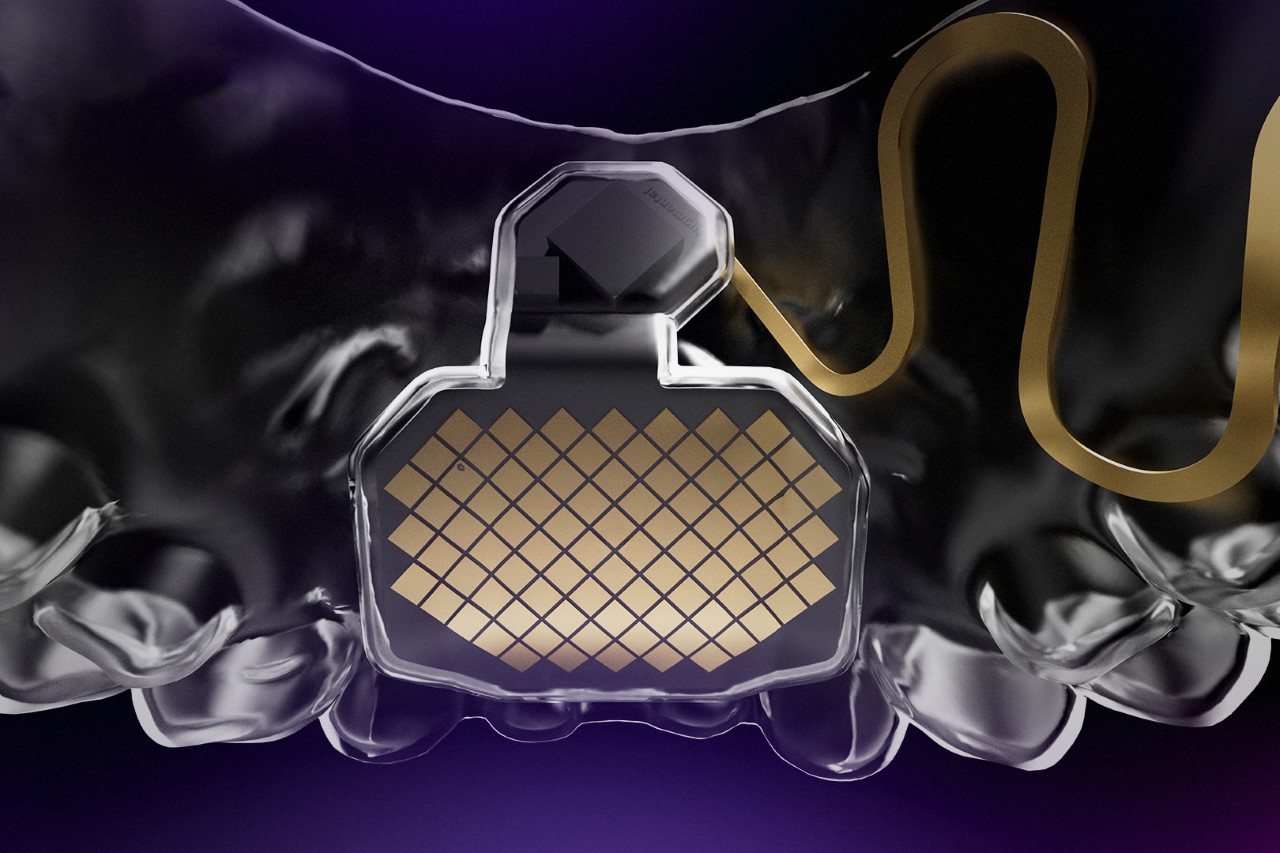
The MouthPad is an intraoral interface no sleeker than a pair of invisible braces. Designed to fit onto your palate, the MouthPad has a surface that responds to touch, letting you control it with your tongue in the same way you would use your finger on a trackpad. The electronics rest within a 3D-printed brace made from dental-grade resin, with a battery unit and SoC located on the side, sitting between your teeth and your inner cheek. All the electronics are enclosed within the resin, so they never interact with saliva.
The saliva, however, does present a unique challenge. If you’ve ever tried using your phone with wet fingers, you know that it’s close to impossible. The water interferes with the touch-input, registering all sorts of wrong inputs. The Augmental team, however, mentions that this ‘wet touchpad’ is smart enough to mitigate the effects of the saliva-coated tongue, using machine-learning to accurately register input.
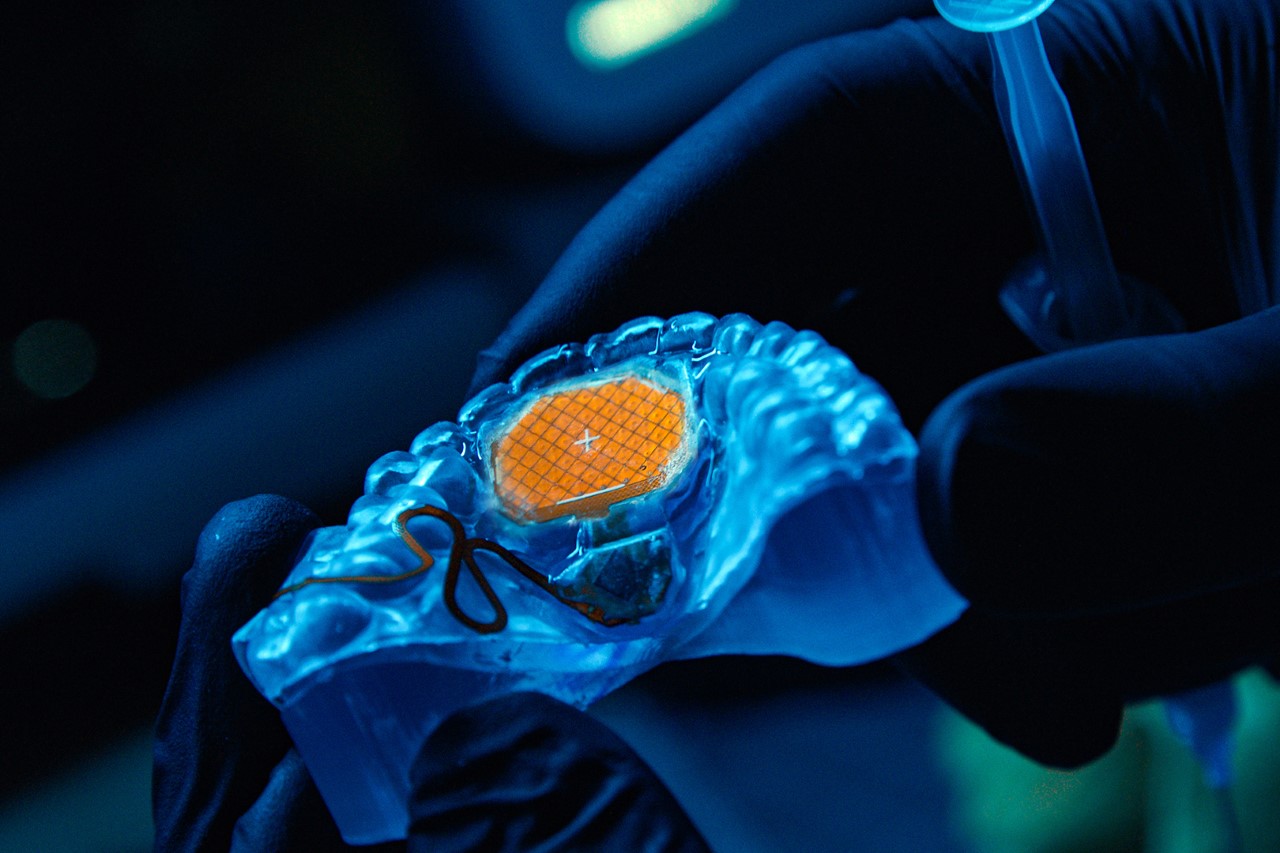
Bespoke-designed for the wearer, the MouthPad fits snugly into the user’s mouth, with a design that feels comfortable enough to be worn for hours at an end. It doesn’t need any software to run, working quite like a Bluetooth mouse, and is compatible with all popular desktop and mobile platforms. The battery gives it 5+ hours of continuous use, and once done, the MouthPad can be kept back in its case which doubles as its charging station.
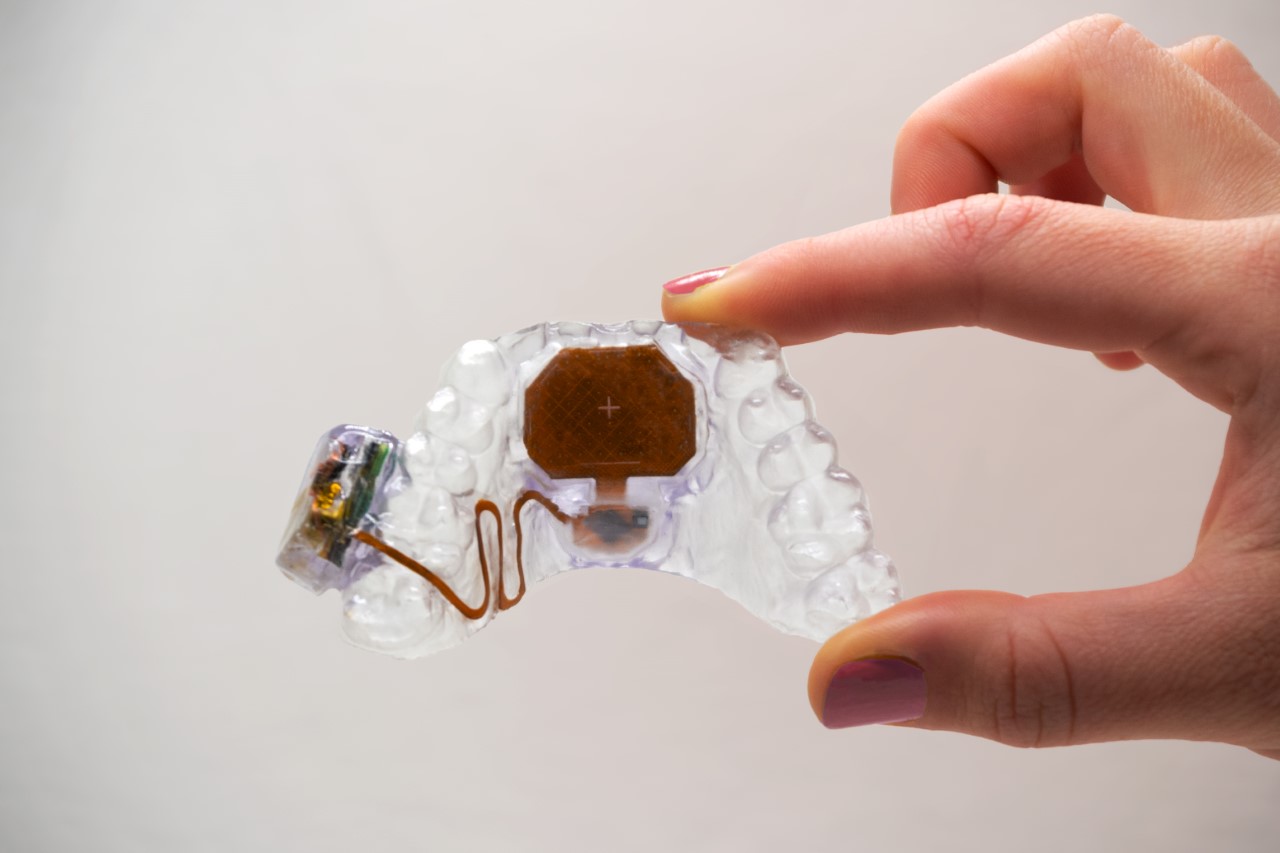
“As our lives become increasingly intertwined with technology, and the world expands from the physical to the digital, it’s more important than ever to ensure that everyone has equal access to control inputs and new interfaces,” says Tomás Vega, Co-Founder and engineer at Augmental. The company developed and tested prototype units on people with limited mobility and quadriplegia with great success and a fairly positive response, and are now looking to also extend the MouthPad’s use to ‘hands-busy’ scenarios such as surgeons, gamers, astronauts, lab technicians, and factory-line workers. The MouthPad is currently available to potential buyers in the US, who can sign up to be on the waitlist.
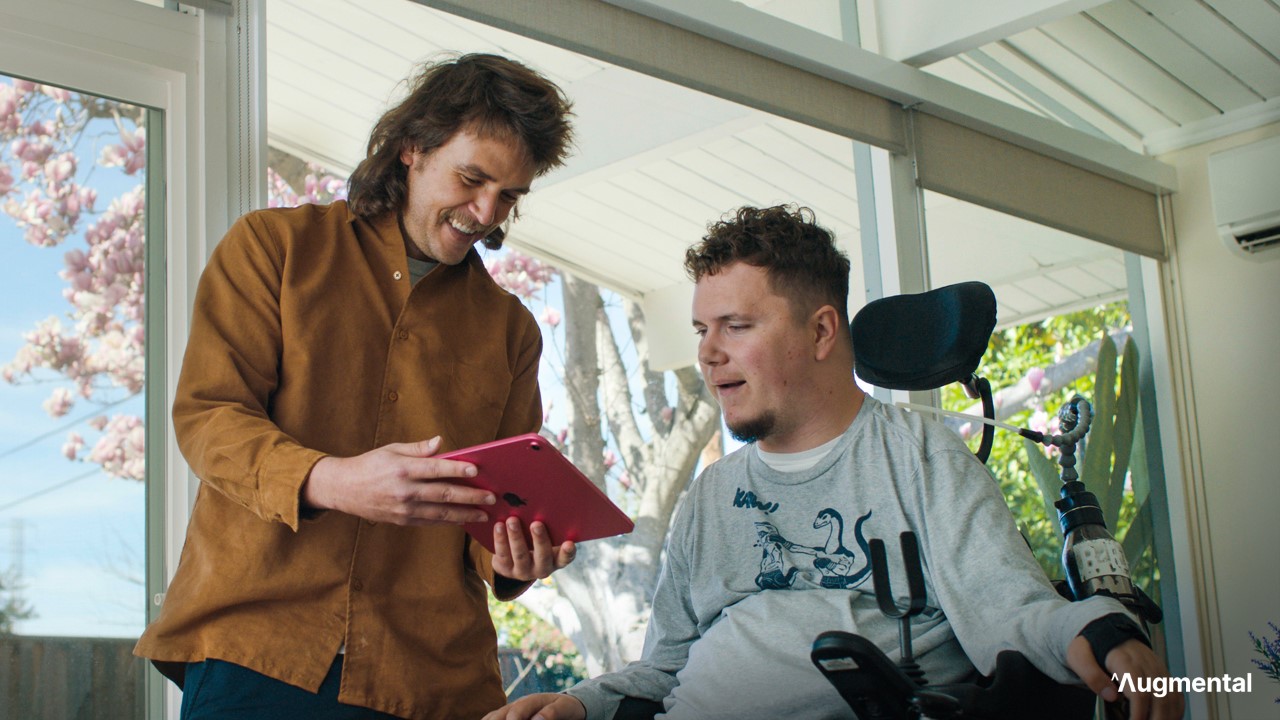
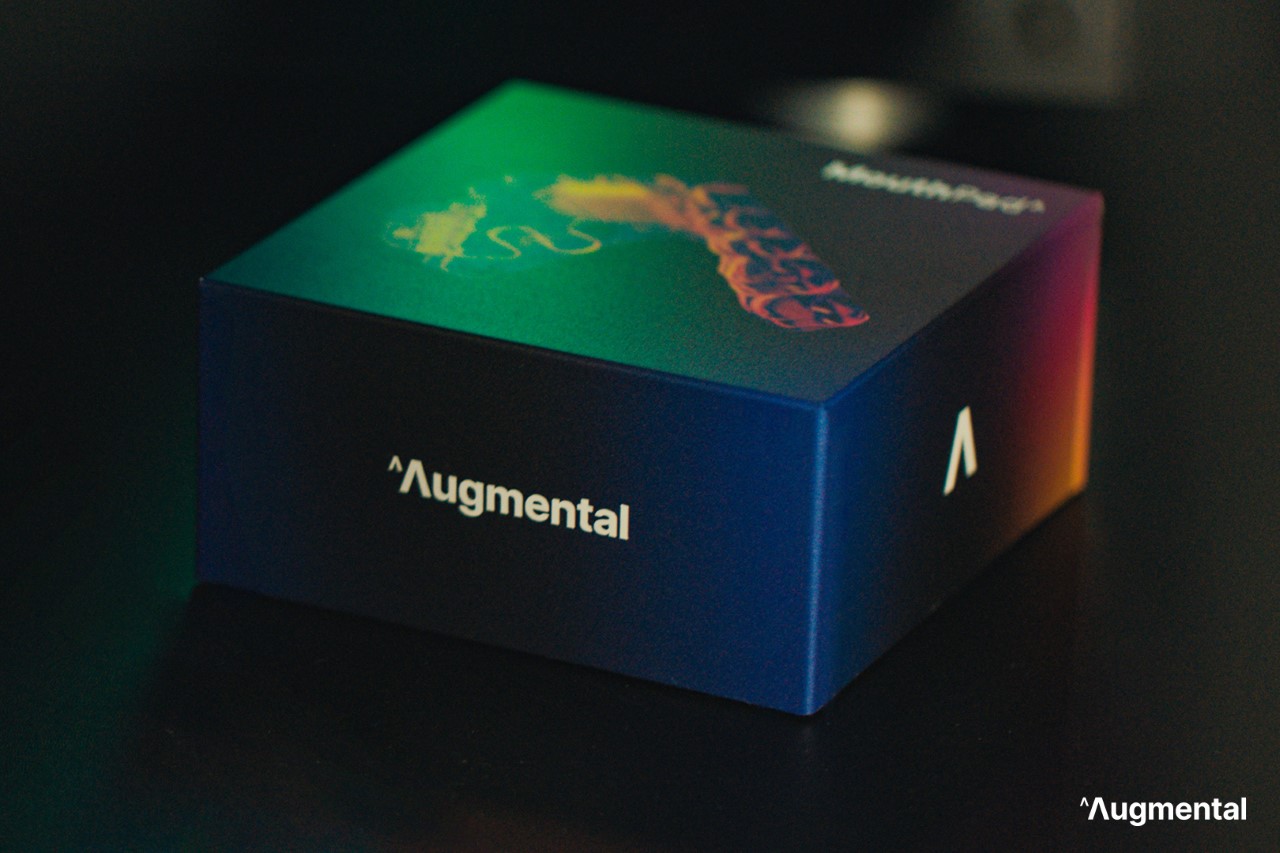
The post This ‘Trackpad For Your Mouth’ lets people with limited mobility use their tongues to control cursors first appeared on Yanko Design.
